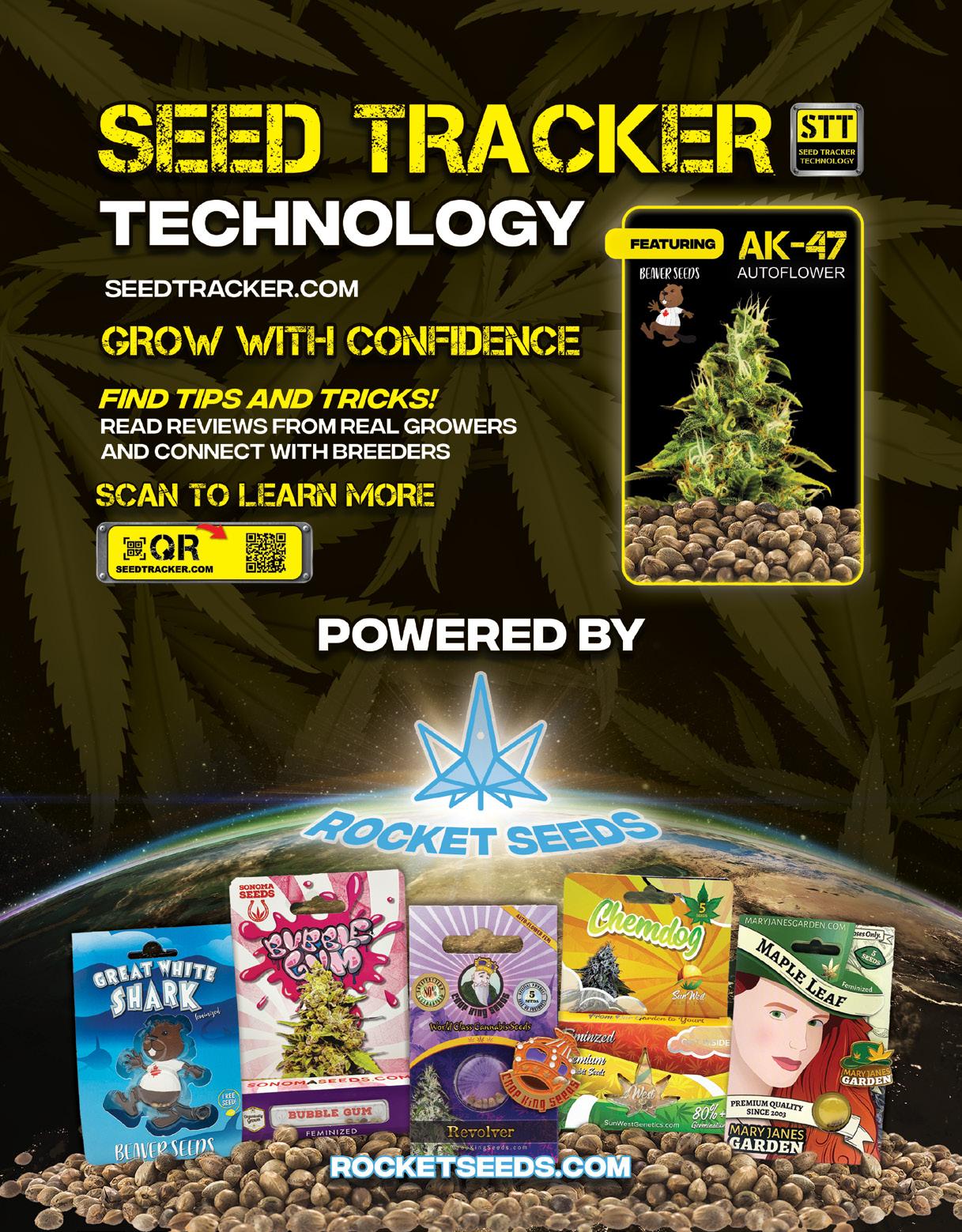












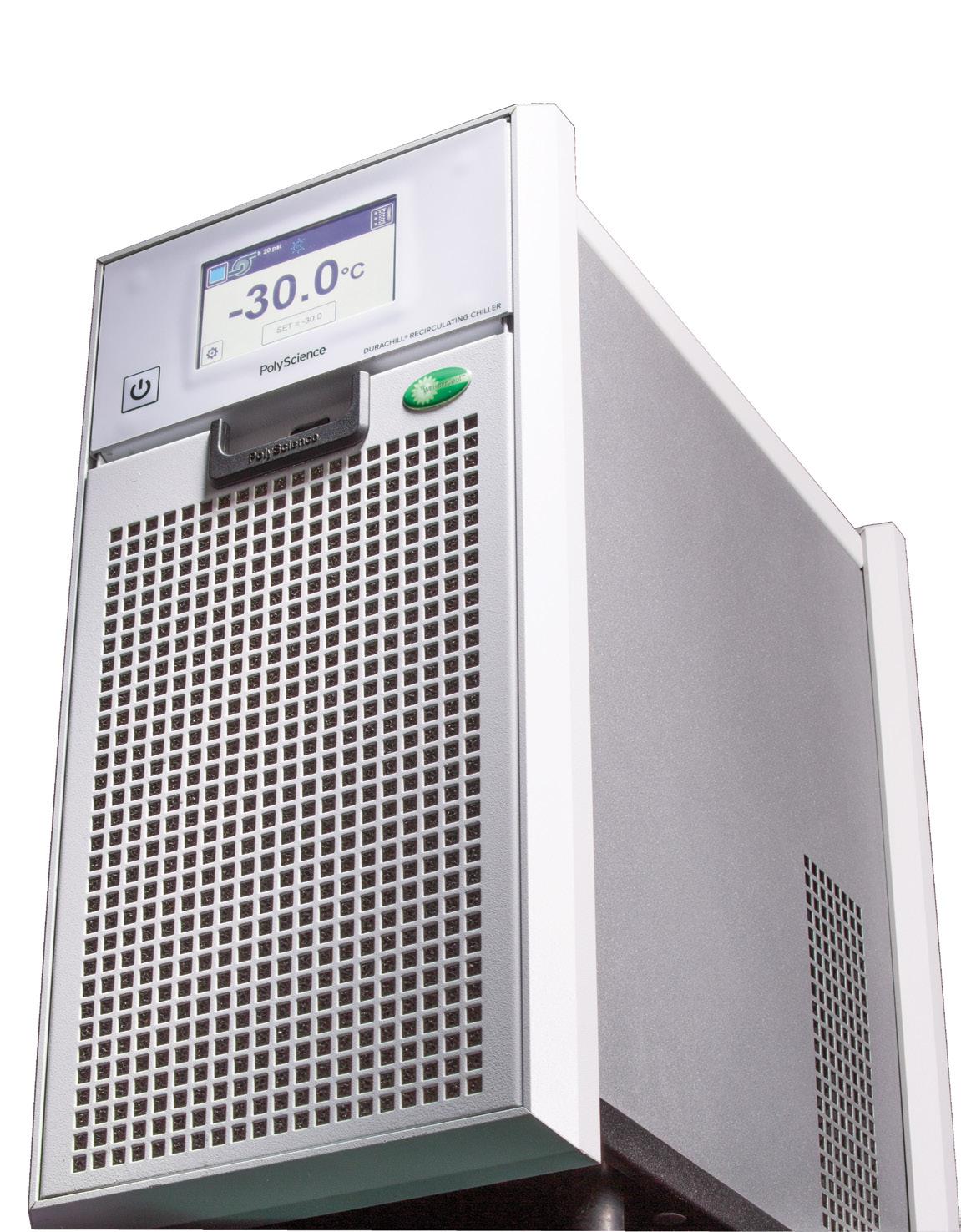


Start planning your ideal facility. Scan the QR code for more info.


Our cannabis industry experts will design a plan optimized for your needs, utilizing our comprehensive ecosystem of products and services. From Agrify VFUs and Agrify Insights to offerings from our iconic brands—Precision Extraction, PurePressure, Cascade, and Lab Society— we have the innovative hardware, premium software, and knowledgeable experts you need to succeed.
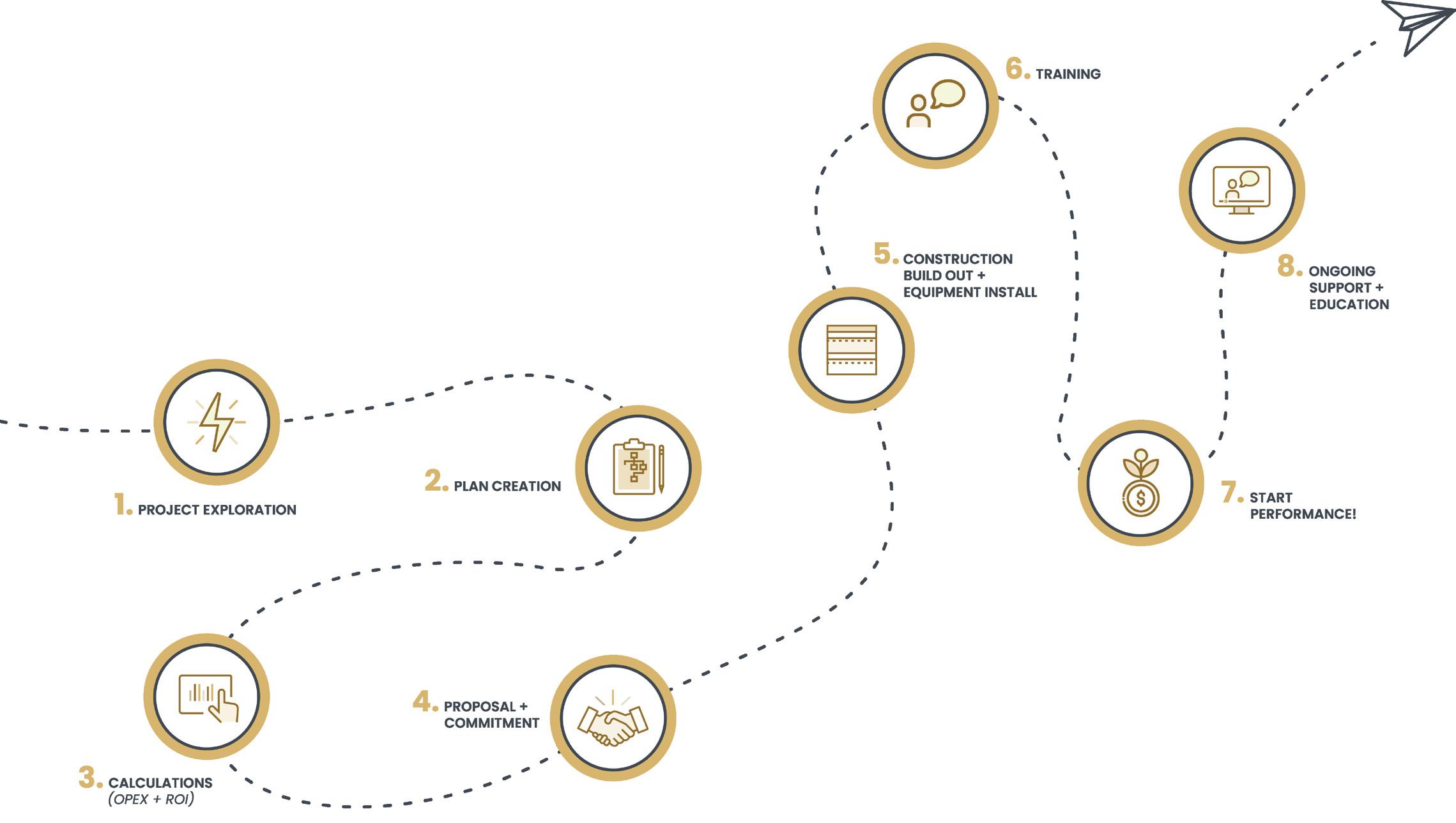

It takes a team to build a successful business and you should have access to the very best experts, data, and equipment


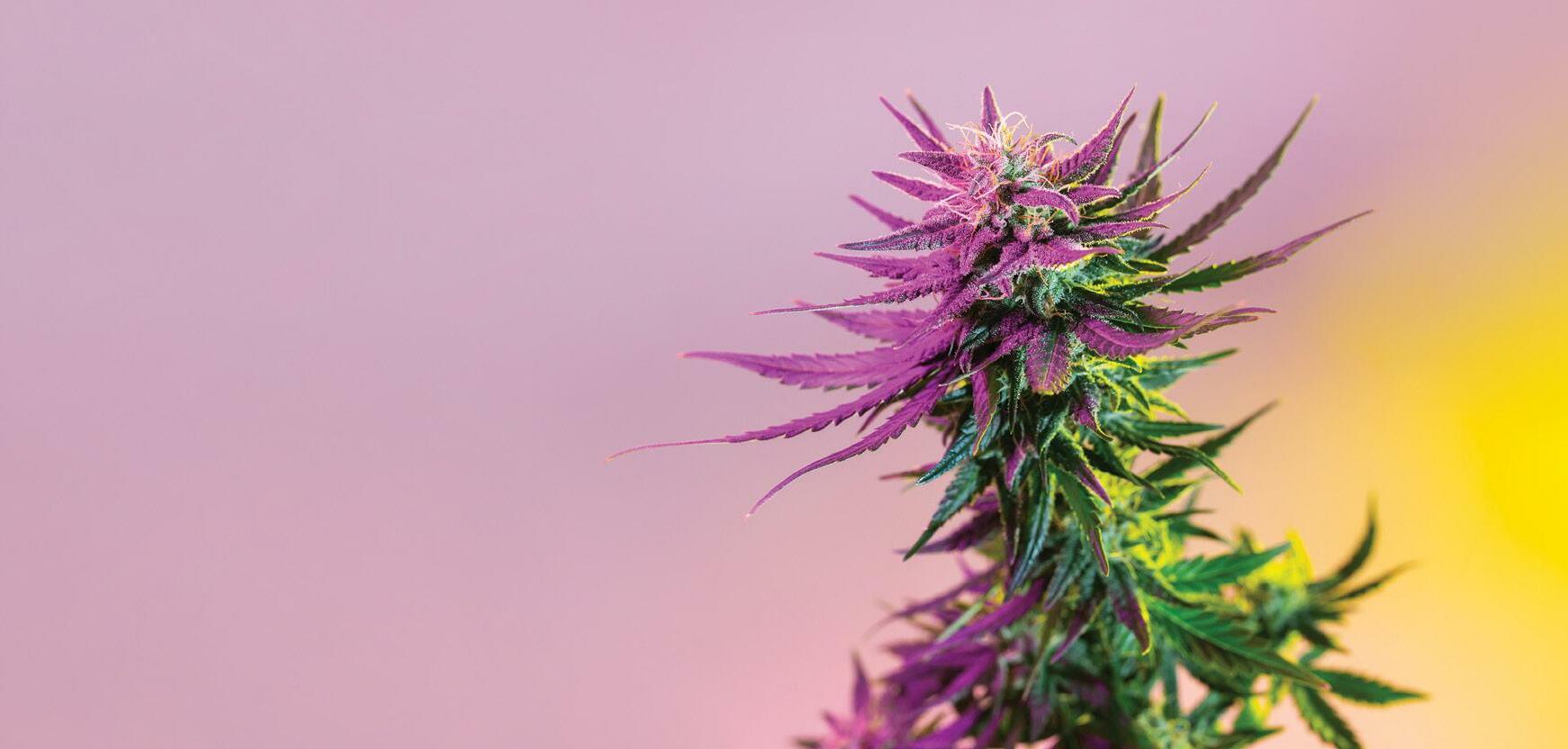






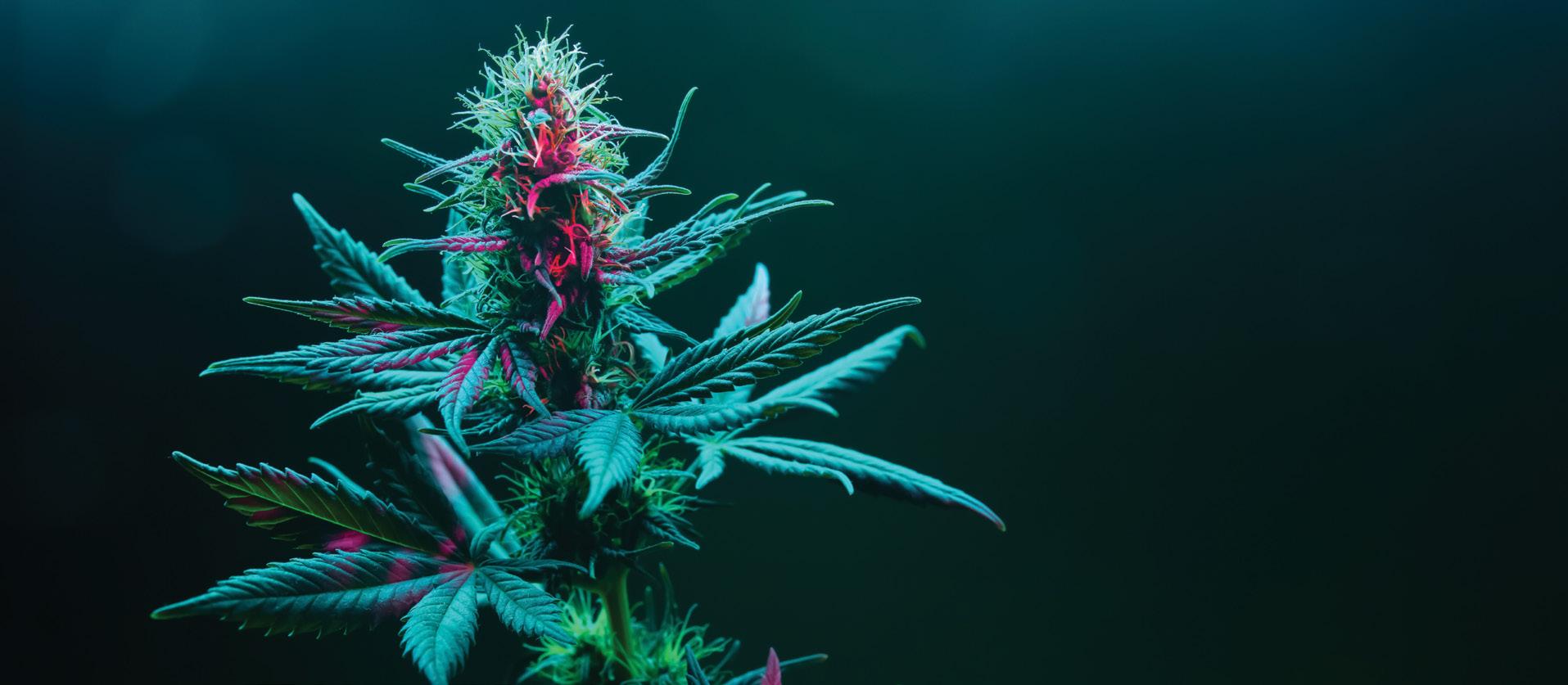


This is how one of our growers described the performance of Cali Pro 2-Part Nutrient Series. It’s a bold, premium base nutrient that’s easy to use and delivers incredible results for vigorous growth and flowering.


Get everything your crops need to grow, flower and thrive - like a beast - with Cali Pro.
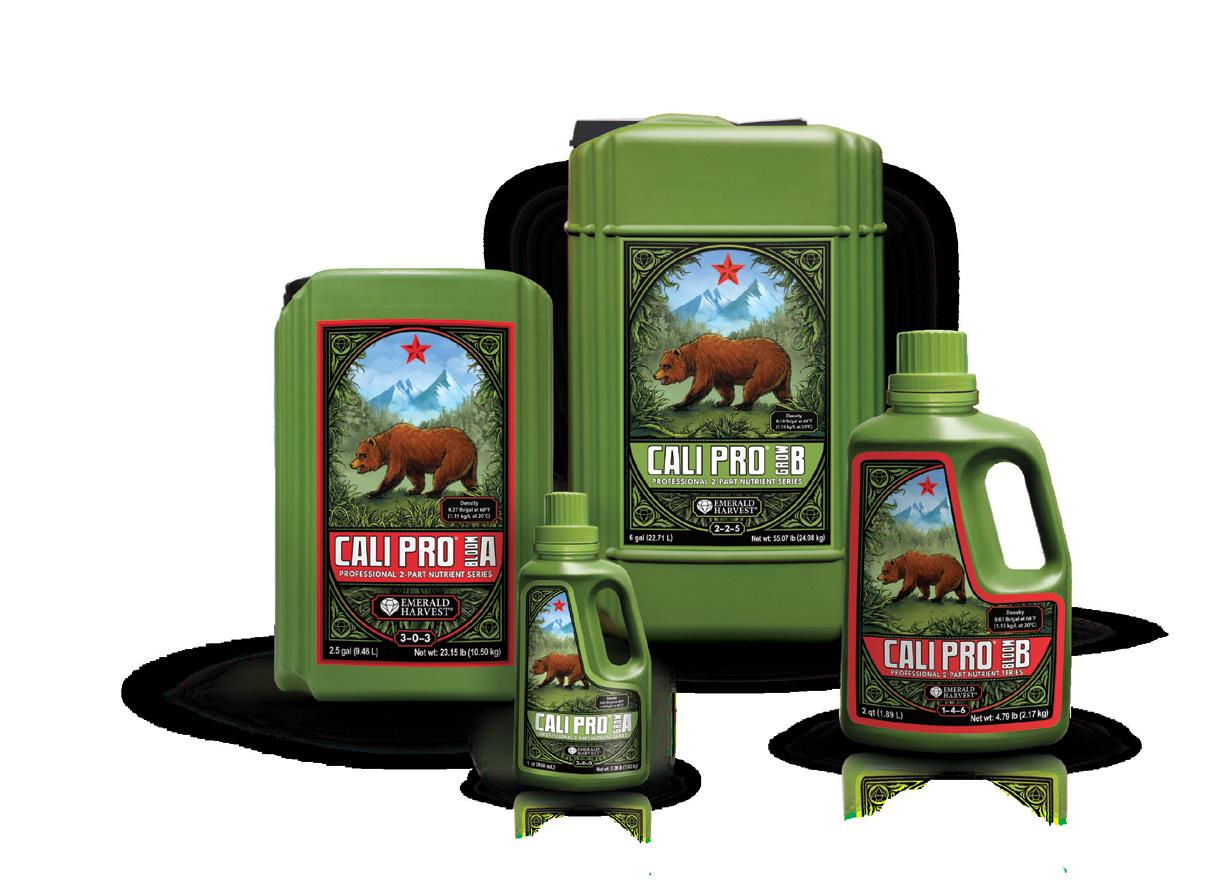
Contact our team about our proven line of trusted, effective nutrients.



 Charles Warner, Publisher/Editor-in-Chief
Charles Warner, Publisher/Editor-in-Chief

In preparation for our annual retail issue, I’ve been taking more time out to talk with local cannabis entrepreneurs. While the headlines about cannabis businesses usually mention the billions the industry is earning, they often fail to capture the struggles of small business owners.
This industry is tough. It’s not like other regulated sectors, even alcohol, which is often referenced as a model for how cannabis regulations are supposed to roll out. Owning a cannabis retail shop is brand new in the 21st century. Try as we might, publishers often miss the mark when speaking to retailers about the reality of running a dispensary.
I spoke with a dispensary owner recently who told me he worked six or seven days a week for a year, unpaid, to open the doors of his New Mexico shop. It took nearly half-a-million dollars in outside investments to buy real estate, create blueprints, establish supply chains, and finally obtain a license from the state. All the while, the investors were clueless to the realities of running a cannabis shop. Money has to be carefully accounted for, which is a challenge when banks don't want to work with you. If a bank does decide to carry your account, they can shut it down just as easily. One can imagine what the sudden closure of a bank account with direct deposits and automatic withdrawals can do to the finances of a mom-and-pop shop dealing in thousands of dollars a day.
In this issue, while it’s still difficult to capture a day in the life of a cannabis retailer, we set out to showcase companies as they are. Some are finding success; others are finding hardship after hardship. Even the social media influencers we spoke with have endured account shutdowns, stigma, and loss of income based on outdated policies. So to our loyal readers, especially those in the trenches of the cannabis industry, I hope this issue gives you insights and advice. More so, I hope it comforts you to know you’re not the only one finding yourself treading water on a daily basis. It’s a grind, but it’s our grind. We are all committed to making it work and making it sustainable.
We would like to give a shout out to our friends in the industry, like MJBizCon and PolyScience — the presenting sponsor of our Cannabis Tech Talks podcast. If you’d like to show your support for the canna-community and see some behind-the-scenes content creation, stop by our booth at MJBizCon. Our podcast stage will be set up at Summit Research booth #2417 for on-site recording. If you are not at the show, tune in via social to see live streaming from the expo floor. Finally, make sure you check out CBD.TV, Cannabis & Tech Today’s new streaming channel carrying awardwinning, original content on all streaming platforms and even on your phone with our app.
Here’s to a great 2023 to you, our valued readers, and to all our partners and friends grinding it out in this rewarding industry.
“Try as we might, publishers often miss the mark when speaking to retailers about the reality of running a dispensary.”




There have been significant developments in the cannabis space since Volume 4 Issue 2 hit newsstands. President Joe Biden announced on Oct. 6, 2022, his administration will pardon 6,500 individuals held on simple federal cannabis possession convictions. Biden also requested the U.S. Dept. of Health and Human Services review how cannabis is federally scheduled.

Nancy Whiteman, CEO of Wana Brands, said of the news, “This is an important step in full decriminalization and a meaningful way to begin to address the racial disparities around the arrests and convictions of BIPOC people.”
This November, citizens in five states vote on whether to legalize adult-use cannabis. Arkansas, Maryland, Missouri, North Dakota, and South Dakota are taking the issue to the polls. At the time of this writing, 19 states (44% of the U.S. population) permit the sale and consumption of adult-use cannabis.
The international cannabis scene is expanding as well. Legislators in Germany, Colombia, Switzerland, London, and others are looking at the logistics of cannabis legalization. It’s too soon to say whether any will enact federal regulation, but it’s an exciting time in the devlopment of a more united global cannabis industry.
SPECIAL THANKS TO:
Rachelle Gordon, Christian York, MLB for raising awareness of CBD through their partnership with Charlotte’s Web
This publication is dedicated to the dreamers, the innovators, the collaborators, and the doers – who can’t be bothered by those saying it can’t be done. Nicholas and Aria, the future is yours!
PUBLISHER/EDITOR-IN-CHIEF Charles Warner cwarner@goipw.com
CREATIVE DIRECTOR Shane Brisson shane@goipw.com
MANAGING EDITOR Patricia Miller
ASSOCIATE EDITOR Corey Noles
SENIOR WRITERS Adjoua Kouassi
Ebby Stone
Aron Vaughan
CONTRIBUTING WRITERS Adam Benko
Rachelle Gordon
Adi Jagan
Brian Mayfield
Jessica McKeil
Tami Kamin Meyer
Alex Rogers
Christopher Shade
Geoff Trotter
Deena Vallina
David Wallach
Drew Williams Laurie Wolf
CHIEF FINANCIAL OFFICER Mary Roche
V.P. BUSINESS DEVELOPMENT Steven Higgins
ACCOUNT EXECUTIVES Whitman Levy Roger Perry
SALES ASSISTANT Nick Holloway
VIDEO/PODCAST PRODUCER Alan Tuszynski
SENIOR DIRECTOR, DEVELOPMENT David Marble DISTRIBUTION Curtis Circulation
PRINTING Publication Printers
Cannabis & Tech Today is part of the PrintReleaf program helping to sustain and grow our global forestry system.
To learn more about unique advertising opportunities, please contact Steven Higgins at 727-771-5998.
Published by:
INNOVATIVE PROPERTIES WORLDWIDE, INC 1750 Wewatta Street, #1821, Denver CO 80202 | (720) 476-4920 www.cannatechtoday.com | info@cannatechtoday.com
For
cannatechtoday.com,

CANNABIS & TECH TODAY – Vol. 4/Issue 3, is published quarterly for $19.95 per year by Innovative Properties Worldwide, 1750 Wewatta Street, #1821, Denver CO 80202
POSTMASTER: Send address changes to CANNABIS & TECH TODAY, 1750 Wewatta Street, #1821, Denver CO 80202


Adam Benko is the co-founder and head of partnerships at MJstack. He is focused on expanding and nurturing the company’s robust partner ecosystem, which is an integral part of connecting customers with the right tech partners for long-term, mutual success. Prior to founding MJstack, Adam worked in enterprise tech sales and strategy for industry-leading companies like Flowhub, Floify, and CA Technologies where he was focused on helping customers become thriving modern digital businesses.
Rachelle Gordon is a cannabis and psychedelics writer dedicated to educating the masses on the powers of plant medicine. She is especially interested in the potential these compounds have with regard to the treatment of neurological disorders. A graduate of Hamline University in Saint Paul, Rachelle currently splits her time between Minneapolis and Oakland. Her favorite cultivars include Tangie, GMO, and Lemon Haze.


Adi Jagan is CEO of Open Flow, Inc., a full-stack digital growth agency he co-founded in 2016 that uses Hubspot to help emerging businesses scale and thrive. He holds a Master’s degree in Global Technology & Entrepreneurship from Arizona State University.





Brian Mayfield is the co-founder and chief strategist at MJstack. Prior to founding MJstack, Brian was immersed in the SaaS software and Agile development world through his work at CA Technologies where he helped coach Fortune 50 companies through digital transformation. Brian later entered into the cannabis industry by applying years of software development and business knowledge to the much more niche cannabis technology space where he led the sales team at one of the industry’s most popular POS companies.
Tami Kamin Meyer is an Ohio-based attorney and freelance writer. A dedicated kayaker and dog lover, her byline has appeared in Forbes, MarketWatch, Better Homes and Gardens, and Business.com. She is in her second stint as a member of the Board of Editors of the Columbus Bar Association and served as Marketing/Communications Chair of the American Society of Journalists and Authors from 2018-2021. She tweets as @girlwithapen.
David Wallach is an award-winning writer, television producer, podcast host, marketing executive, fan of anything outdoors, and bacon lover. To see more of his work, check out www.davidwallach.net.
Editor’s Note: Cannabis & Tech Today is seeking writers from all backgrounds and ethnicities. Interested applicants inquire through submit@innotechtoday.com.



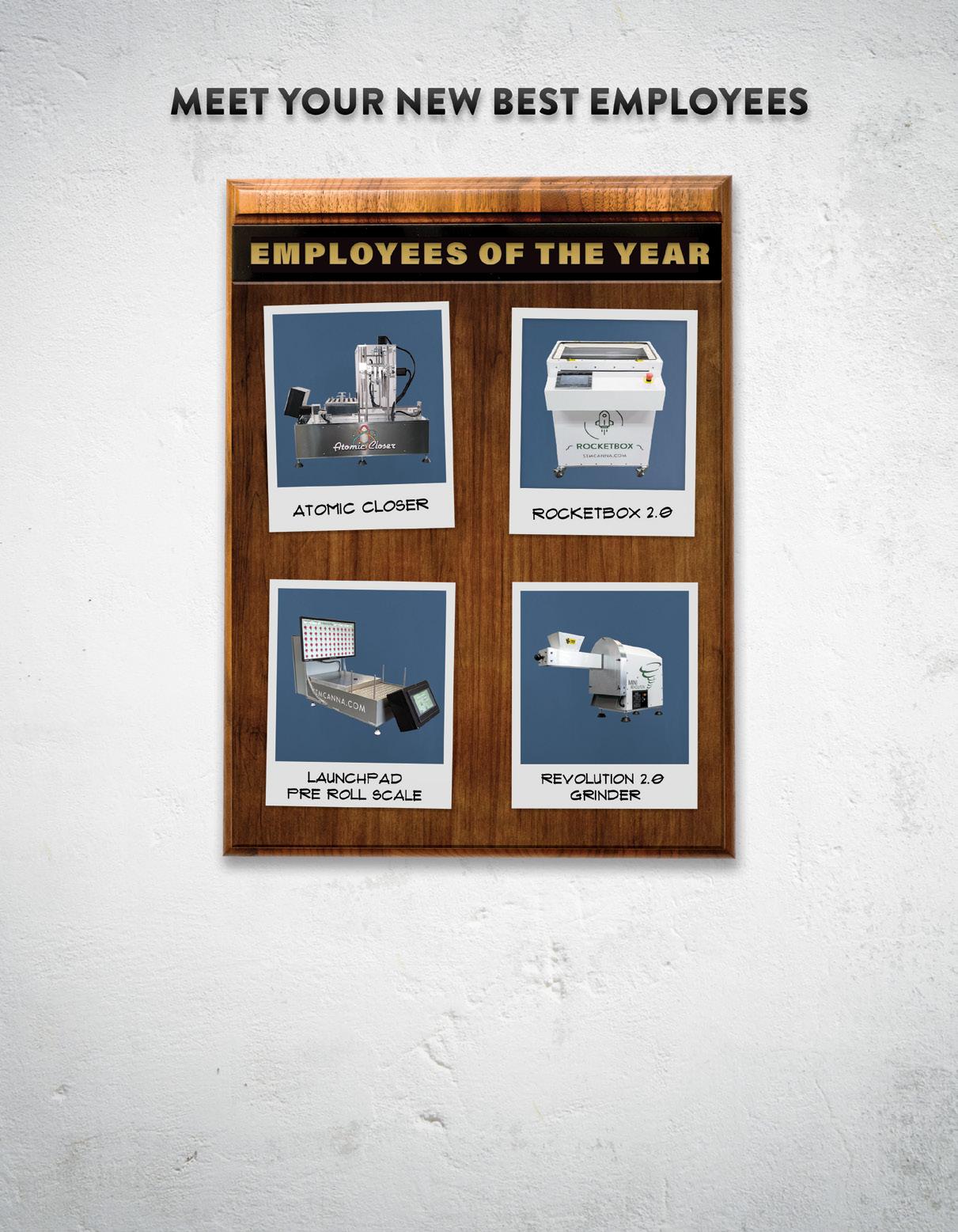

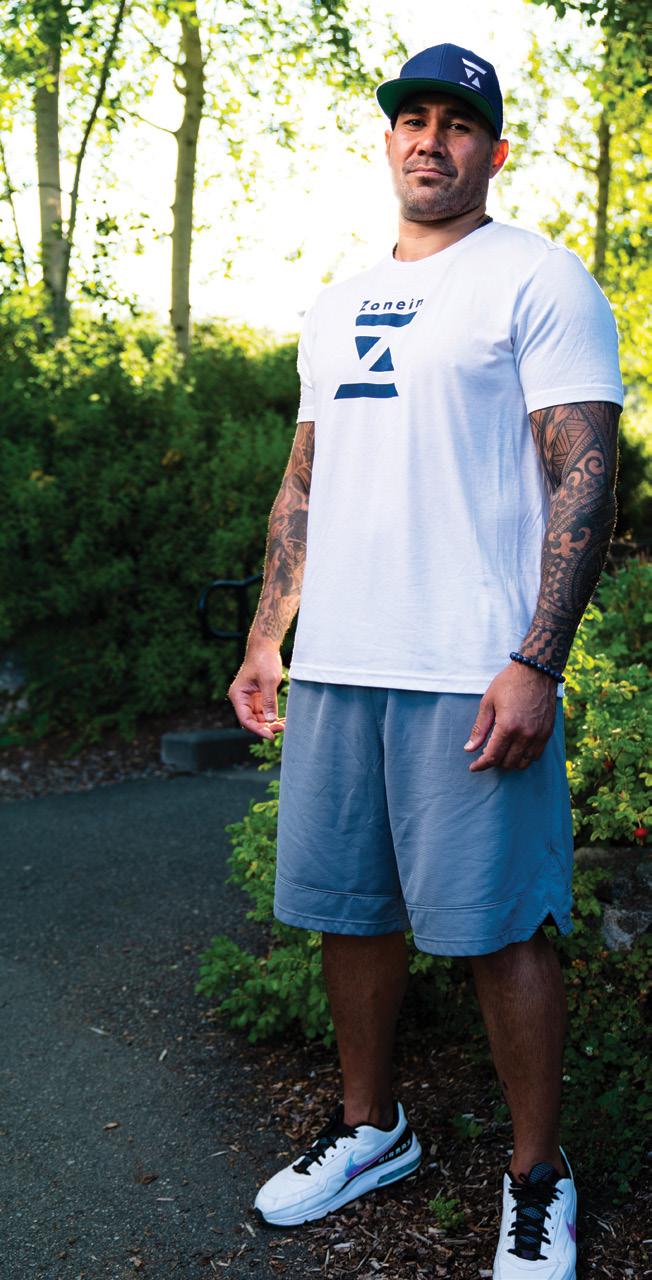
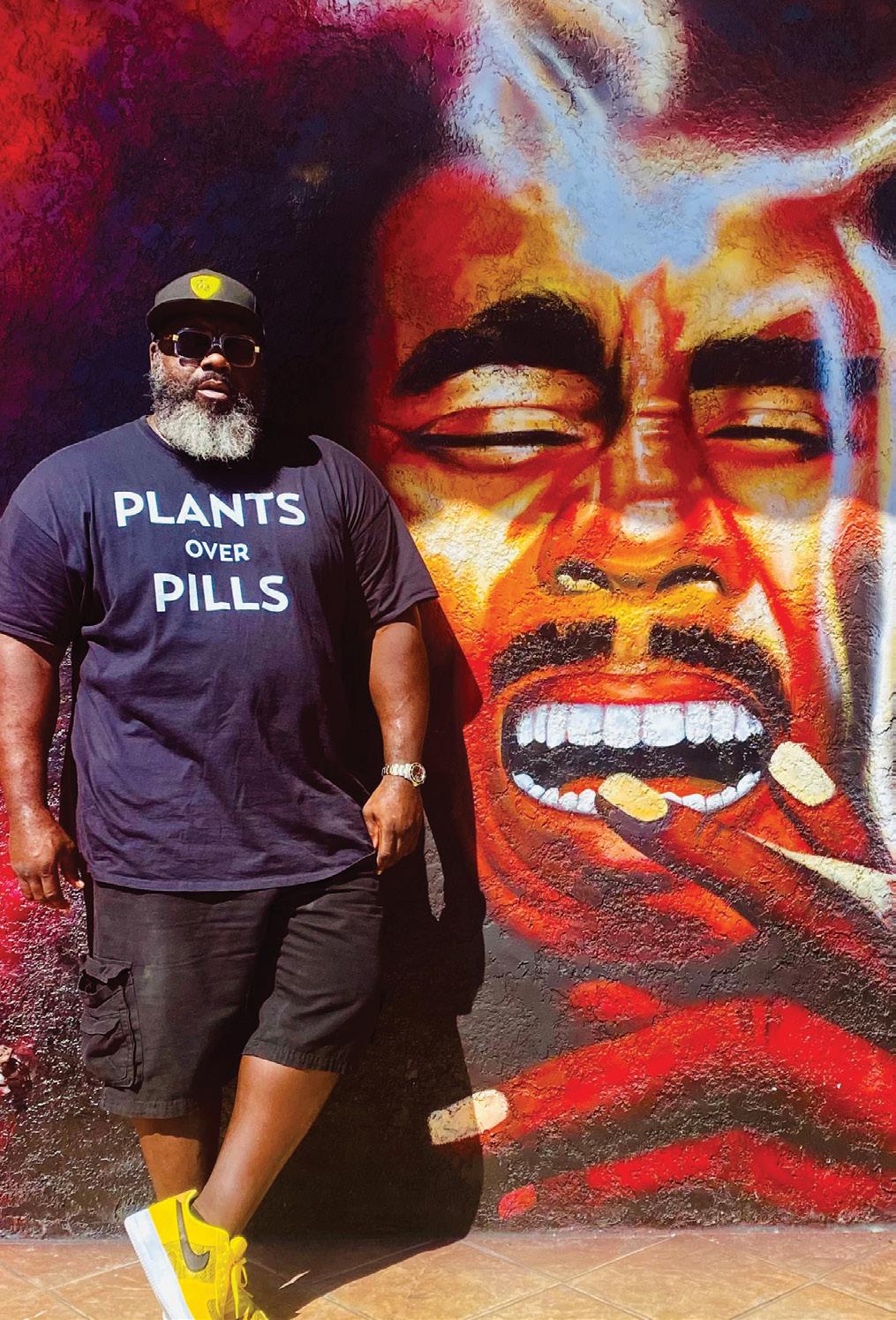








This education-based event centers around plant-touching hemp and cannabis businesses. It features 85,000 square feet of trade show floor curated for cultivation, dispensary, and extraction professionals. This year’s keynote featuring Chris Conrad and Mikki Norris illustrated the nuanced history of cannabis prohibition and legalization. Norris discussed the complexity and importance of creating a more equitable industry, while Conrad explored the evolution of legal cannabis from early advocacy to the marketplace we know today. For the thousands of Americans entering the legal cannabis space each year, the Cannabis Conference is a value-driven event prioritizing informative, inspiring content.

Morris Beegle’s hemp conferences are the industry’s best showcase of all hemp has to offer. The Southern Hemp Expo rolls several specialized events into one impactful conference. The Business & Innovation Conference looked into the future of the hemp market. Leaders in technology, finance, policy, and more gathered to discuss what lies ahead for the complex marketplace. The following day, the Farm & Soil Science Symposium catered to farmers and agriculturalists, exploring carbon credits, crop pivots, market opportunities, and supply chain strategies. The Experience Hemp Expo Hall is a fascinating exploration of the innovators shaping the hemp space, from retailers to advocacy groups. Nashville, Tennessee will host the next iteration of the event in August 2023.


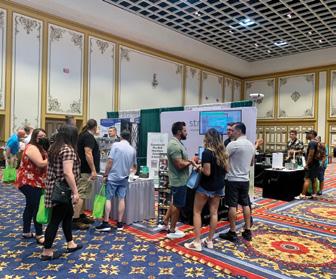
This nationwide event covers everything “from seed to seed money.” It features dozens of speakers and hundreds of exhibitors selected to entice thousands of attendees. Some of the highlights of the Denver conference included seminars around seedto-sale software, payroll and HR, legal considerations, recruitment, and licensing. Special guests are always a popular attraction for CannaCon, with the Denver event featuring insights from the Pot Brothers at Law and other influential industry elites. CannaCon will host five conferences across the U.S. in 2023.


Like every aspect of the cannabis industry, the packaging sector is growing substantially. Often overlooked by consumers, packaging is an integral facet of the formidable armor cannabis operators have forged to defend against a barrage of regulatory arrows. Recently, innovative packaging solutions have enabled operators to keep flower fresh and free of contamination while maintaining the moisture and PH balance of the plant. These innovations save money for the distributor and guarantee quality for the consumer. Because of the benefits high-quality packaging provides for all interested parties, this underestimated sector is taking off.







Expected market expansion between 2022 and 2030. Compound annual growth rate (CAGR) of
The largest revenue share accounted for in 2021 belonged to the plastics segment, dominating the market.
The segment is projected to maintain its dominance throughout the forecast period.
Source: Grand View Research Report

The bottles and jars segment accounted for the highest revenue share of 46.6% in 2020 and is expected to maintain the leading position by 2028.

The projected revenue forecast for 2030.
Source: Grand View Research Report
Illustrations via iStockphoto.com
Percent of global cannabis packaging market revenue came from the medical segment in 2020, but that number is shifting as more countries and states legislate for adult use.

Source: Reports and Data
The market size value in 2022 exceeded
for the first time.
The industry size is expected to cross 60,722.5 tons by 2028 in terms of volume.
Source: Grand View Research Report

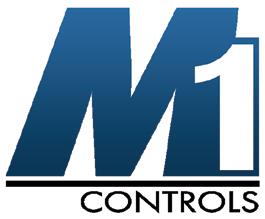


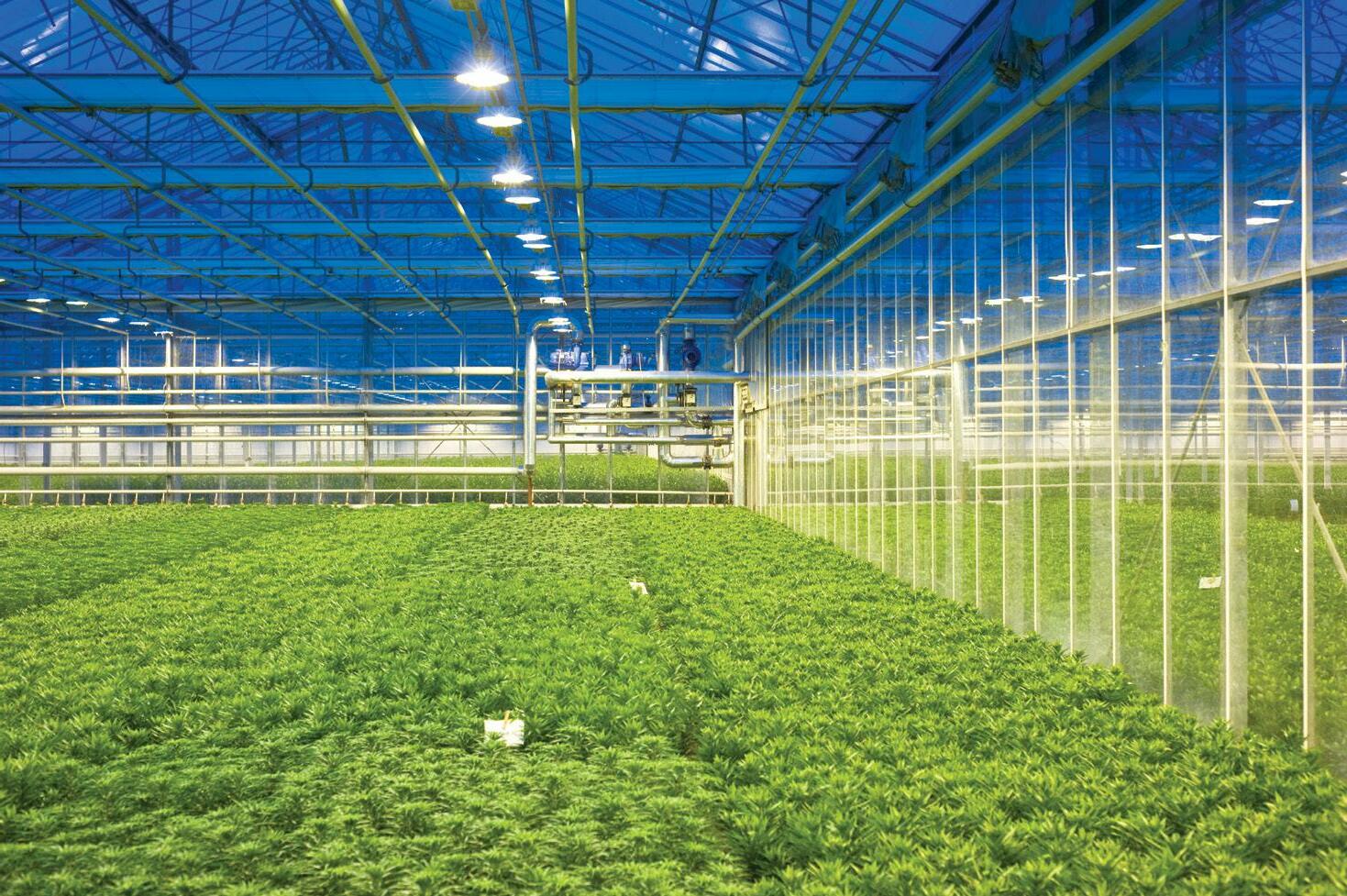
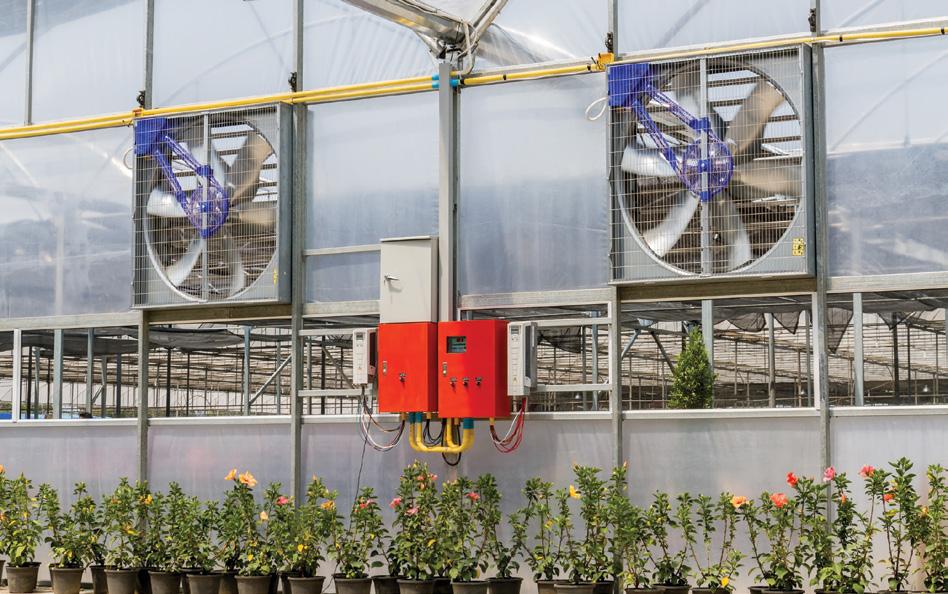
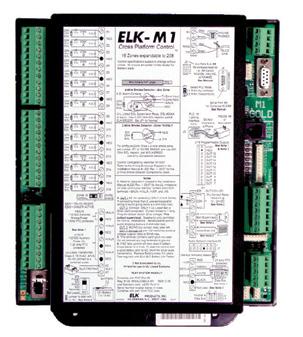
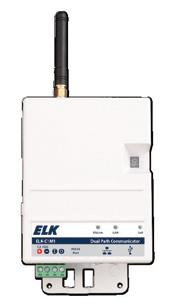



Walking into a dispensary for the first time, or even the tenth, can be a little overwhelming. With such a wealth of options of brands, strains, and packaging types, decision paralysis can easily set in. While decisions on whether to purchase flower, concentrates, edibles, or a refreshing cannabis beverage comes down to personal choice and need, the choice of which packaging to choose comes down to science — pure and simple.
Understanding the science behind packaging can better inform your decision on what brand of flower to purchase. Here are a few things to consider when it comes to packaging.
At 58% of sales on average, flower continues to be the primary category of cannabis purchased at dispensaries. However, the way flower is packaged and sold is not consistent. There are two primary ways flower is sold at dispensaries:
Deli-style: flower is weighed out from a clear storage container for each purchase.
Pre-packaged: flower is weighed out and packaged ahead of time.
Pre-packaged flower offers several advantages. First, pre-packaging reduces the risk of contamination. Most regulators in the United States require that third-party labs perform microbial safety testing. The goal is to ensure bacteria, fungus, and pests do not compromise the product. Secure, airtight packaging protects the flower from these microscopic blights.
At a deli-style dispensary, nugs are picked up by budtenders and inspected by customers, leaving the door open for bacteria and other germs. Robust packaging also seals in the flower’s freshness.
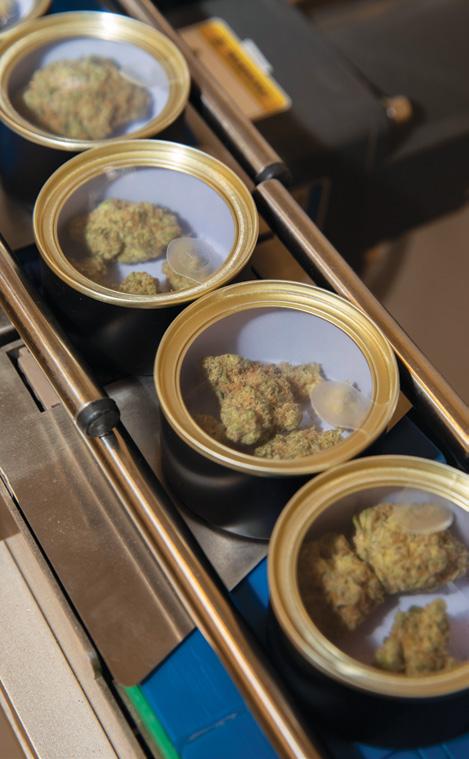
Research has shown that exposure to light and air can degrade cannabinoids and terpenes over
time. To maintain optimal flavor, terpene profile, freshness, and smokability, cannabis needs to be kept in a stable environment, away from light and outside air.
Cannabis also naturally loses weight due to moisture evaporation. This can ultimately lead to reduced profits as well as reduced quality. According to the 2019 National Retail Security Survey, shrinkage rates in 2018 were 1.4%. If a dispensary does $1 million in sales annually, a 1.4% shrinkage rate equals $14,000 in loss.
Of course, not all packaging is created equal. Look for light-blocking glass containers with tight-sealing lids as they preserve the flower better than plastic or Mylar containers, which let oxygen and light into the product, resulting in a loss of net weight.
New proprietary packaging solutions, like the one created by N2 Packaging Systems LLC, are also becoming more widely available. N2 uses a proprietary technology that injects nitrogen into its packaging. This process preserves the balance of moisture and weight of the product while removing the ambient oxygen and moisture in the container.
“You are hermetically sealing the native moisture in that product that sits in the can. One of the biggest challenges for the cannabis industry is once you open, once you’ve packaged it, if there’s any presence of oxygen it begins to degrade the product,” N2 CEO Thom Brodeur cautioned. ❖
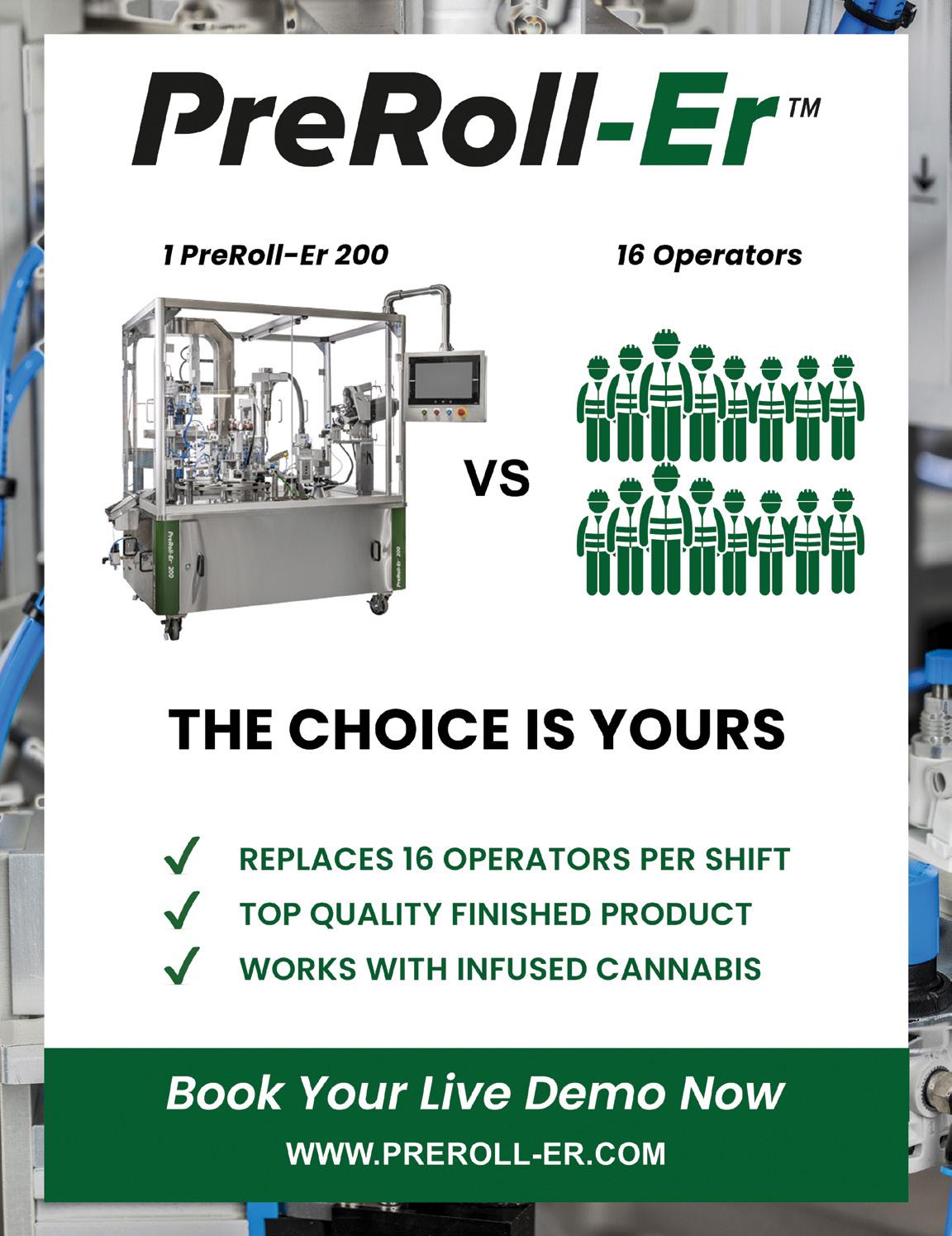
As the dust settled on the 2021 federal election in Germany, excitement among cannabis enthusiasts erupted — with good reason. Before the election late last year, members of what would become the governing coalition expressed a desire to legalize cannabis in Germany. Many of them spoke at the International Business Conference in Berlin just weeks before the election.
Since that time, lawmakers have worked to craft a legalization measure. How long the political process will take is currently unknown. But, legalization is inevitable in Germany. Once legal adult-use sales launch in Europe’s largest cannabis market, cannabis retail logistics will undergo a massive revolution.
Part of the revolution will occur due to German ingenuity. It’s no secret that Germany is an international leader when it comes to innovation, which will spread to the cannabis industry. Another reason cannabis retail logistics will undergo a revolution is out of necessity. Once Germany’s adult-use industry is launched, it will instantly become the largest national adult-use market on Earth.
At the time of this writing, the only two countries where adult-use sales are legal at a national level are Uruguay and Canada. In Uruguay, sales are limited to residents only. That means the only comparator will be Canada, and it doesn’t take much digging to realize Germany is much larger than Canada in terms of cannabis industry potential.
Germany is set to sell literally tons of cannabis, and there is no ceiling to the industry’s
potential. Unlike Canada, bordered by states in the U.S. that already sell cannabis, Germany will be an adult-use oasis for the entire continent, at least at first. It’s a safe bet that Germany will sell more products than any other market. Demand will require licensed outlets to be as efficient as possible when storing and retrieving inventory.
We have already seen an example of the cannabis retail revolution brewing in Germany in the form of the Cannastore, which debuted at the International Cannabis Business Conference in Berlin in July. It is the first automated dispensing system designed for cannabis products. The Cannastore can dispense products within six to 12 seconds and hold up to 40,000 units before restocking.


As the world transitions from failed cannabis prohibition policies to sensible cannabis legislation, more markets will launch.
The old-fashioned dispensing methods of retrieving units from the backroom, manually weighing products, and packing them one at a time will soon prove too inefficient. That, in turn, creates opportunities for innovation.
Germany will likely serve as a cannabis industry innovation hub, just as it is for other large global industries. ❖



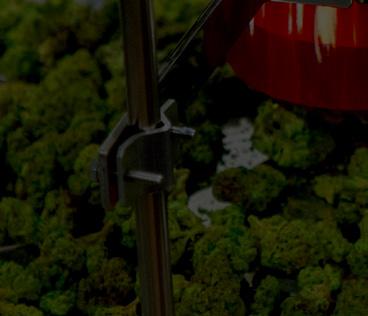



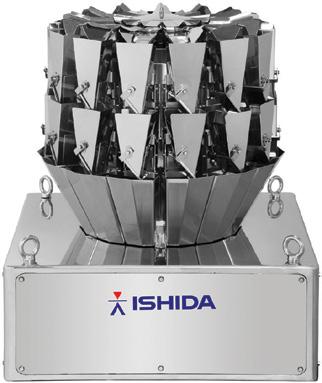

If your Fido or feline is fond of playtime, hemp toys are a durable, sustainable alternative to cotton or rubber materials. A quick internet search offers a wide variety of hemp toys, but some companies take special care to offer only chemical-free, pet-friendly gear.
Boba & Vespa create hemp dog bones and catnip toys without toxic dyes, squeakers, or pesticides. A bonus for Boba & Vespa is it makes its toys in America. If sustainability is important to you, look for products as close to home as possible



Hemp sunglasses would display beautifully on any retail shelf. They are lightweight, naturally antibacterial, and offer UV protection. Hemp Eyewear Edinburgh is one purveyor of hemp glasses that are both eco-friendly and stylish. Each pair is handmade in the company’s Scotland workshop.
Hemp3d, an American company based in Nebraska, offers several unique eyewear styles. Bio-based hemp composite frames pair with UV protective lenses. The company also makes custom items and other hemp-based accessories.
Many people view hemp as an all-purpose material with countless uses. So why aren’t cannabis retailers carrying more hemp gear? Maybe there isn’t enough awareness of the everday items that hemp can create. If you’re an eco-conscious person seeking sustainable stuff, or a retailer looking for ways to diversify your displays, hemp has something for everyone.



It’s always a good time to upgrade your work-fromanywhere gear. Why stick to the humdrum styles of yesteryear when you can step into the future of sustainable fashion? Hempnath makes affordable, durable hemp laptop cases in six subtle colors.
Hemptique is another brand making laptop bags with modern styling. The company’s designs blend elegance with function, offering a stiff outer case with ample inner pockets for organizing office accessories. Both brands manufacture their products in Europe.

Several brands recently added hemp furniture to their catalogs. The Hemp Fine and Hemp High collections from Vepa the Furniture Factory use waste fiber derived from hemp processing. The hemp fiber is combined with a proprietary bio-resin to create all-natural chairs with an elegant, leather-like appearance.
JOKA Kapsamer’s lounge furniture range, Viale & Corso, features hemp cushion covers. The natural fibers accent the minimalist aesthetic of the series. Revor Group also took a minimalist approach in the design of its SIGNATUR bed. It’s crafted from wood, organic wool, organic cotton, hemp, natural latex, horsehair, linen, and jute.
On the Hunt for Hemp Domestic hemp manufacturing is limited, so your search for hemp might take you overseas for now. Read item descriptions carefully, as “hemp” can also refer to color rather than material. If you can’t find an item you’d love to see made from hemp, consider writing your favorite brands to let them know your preferences. If more customers speak up, American hemp processing facilities may start to expand. Until then, you may have to weigh the eco-friendliness of hemp against the carbon footprint of international shipping. ❖
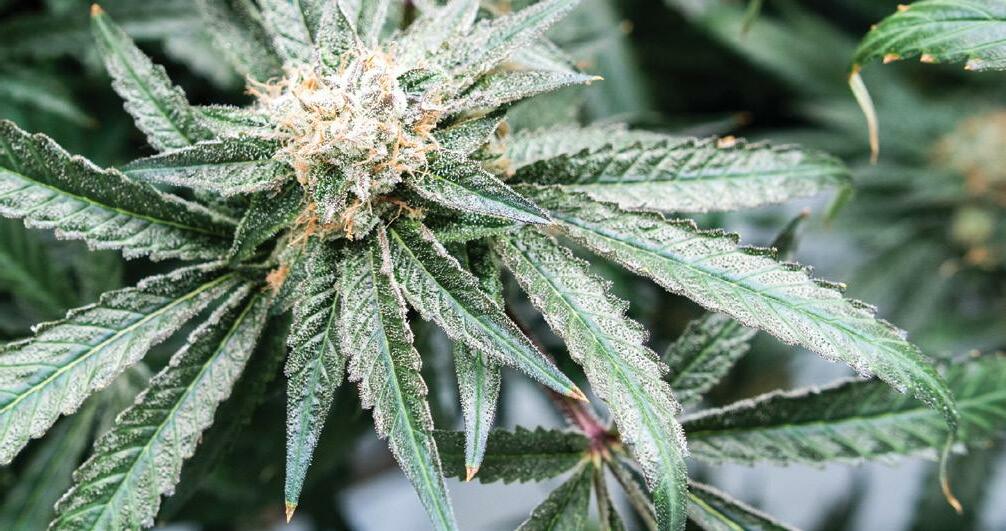
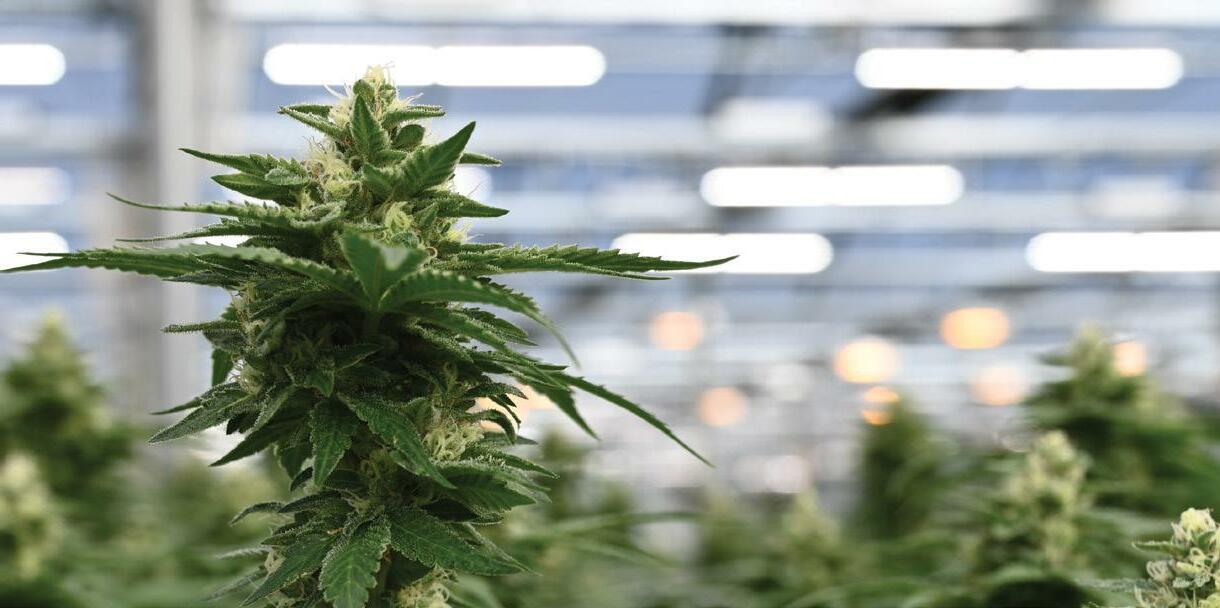



The rise of cannabis capitalism has resulted in one-million-and-one innovative ways to consume the plant: chillums, bongs (with and without percolators), bubblers, vapes for flower and oils, concentrate rigs, edibles, beverages, gravity bongs, and of course, the trusty apple or Coke can that Gen Xers and early millennials remember with more than a hint of nostalgia.
Through all the iterations and innovations, joints have kept a prestigious position among cannabis aficionados. Joint rolling is an art. The tulip, cross joint, and cone are examples of cannabis origami, a skill passed down from generation to generation.
Now, just as there are a variety of smoking methods, a wide selection of rolling paper media and sizes are available on the market. Finding the right-sized rolling paper for you is the first step in your journey to becoming a rolling connoisseur.
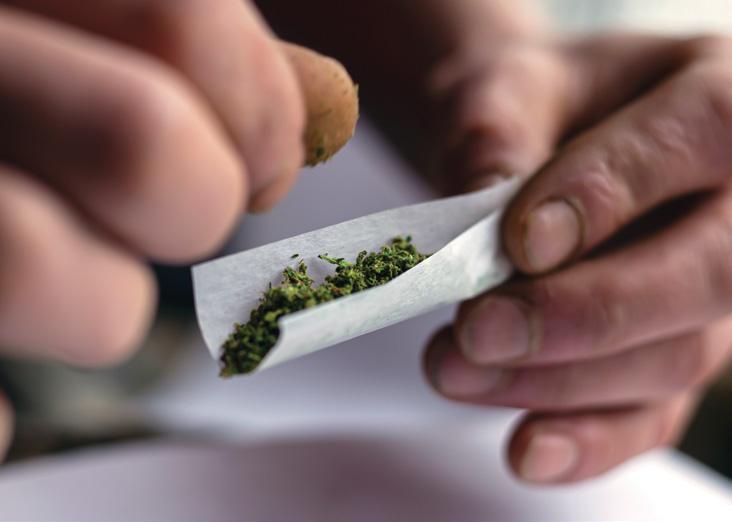
Single-wide papers are the most narrow of the standard paper sizes. At 70mm long and 38mm wide, these papers are not a beginner’s go-to. More paper means more material to work with for fingers that have not developed the muscle memory of rolling and tucking.
The most popular size is 1.25 papers. They provide enough width to guide the flower into the right shape without adding extra paper that can bunch up and cause uneven burning. They are referred to as 1.25s as they can hold 25% more material than their single-wide counterparts.
Double-wide (1.5 size), and king-size papers are a good option for people new to the art of joint rolling. They provide an excess of width with which to work, providing plenty of room for trial and error during the rolling process. The drawback to using papers of this size is the
excess paper can cause the joint to “run” — burn unevenly — or burn down too fast since paper burns faster than flower. After deciding which size paper is best for you, the next step is choosing a rolling medium.
Wood pulp papers have been used for centuries. These are classic papers used for hand-rolled cigarettes. Available bleached or unbleached, these papers are thicker than others on the market. In recent years they have waned in popularity due to the relative harshness felt on the throat and the fact that lower-end brands mix other fibers in with the wood pulp. However, if you prefer a rigid joint that can survive a little jostling in a pocket, this is the medium for you.
Hemp papers have gained popularity recently in part because they are made from the same
plant with which the papers are filled. Hemp papers burn slowly and evenly and are relatively easy to roll due to their rough texture. When it comes to rolling, a little friction is your friend.
Flax papers are lightweight and have little to no taste, preserving the full profile of the cannabis flower. However, its lightweight nature and smooth texture allow it to slip between the fingers when rolling.
Rice papers split the difference between flax, hemp, and wood pulp media. Rice papers are natural, do not have an overwhelming taste, and have a light to medium thickness.
Rolling media and size are personal preferences. If you are new to the art, try your hands and fingers at a few options and see what works best for you. Happy rolling! ❖

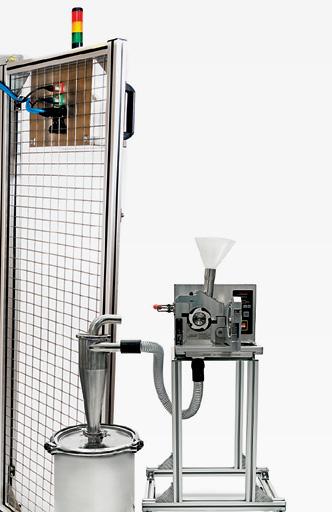

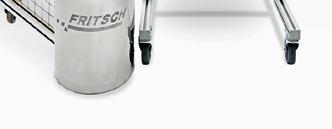
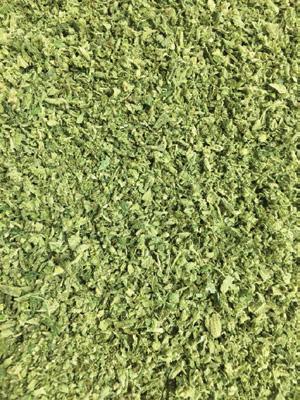


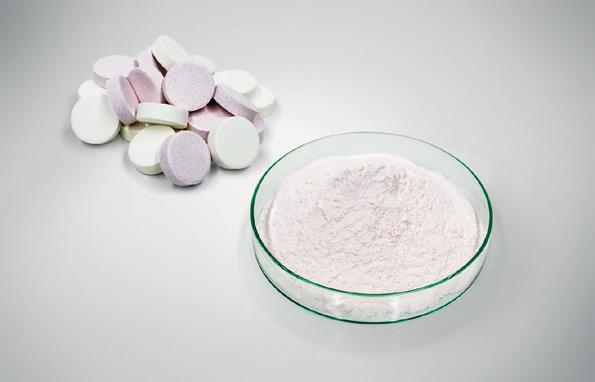
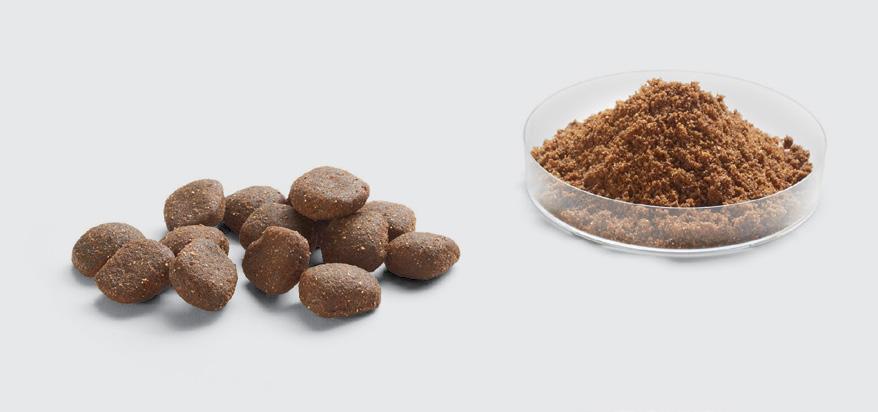
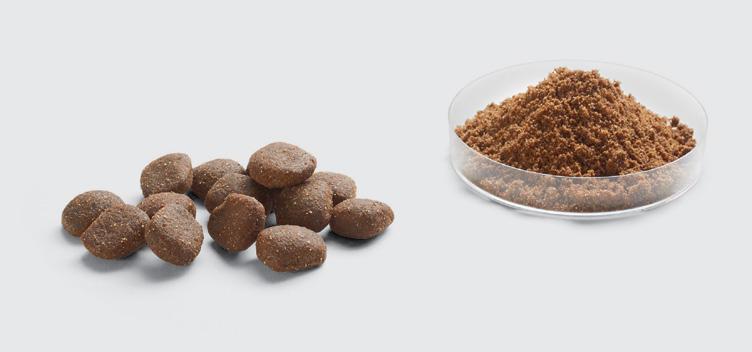
“I just want to say one word to you, just one word … Plastics!” Mr. McGuire told a young Dustin Hoffman in the 1967 film The Graduate This sagely advice applied not only to Hoffman, but to an audience that would soon become the plastics companies’ path to billions of dollars of profits — at great expense to our planet. Hindsight is truly a great gift!
But it is not too late. Of the 26 disclosure topics Regennabis reviews when conducting an ESG Materiality Assessment for a cannabis company, with nine identified as being “Material” in the retail vertical, four of the nine can be directly impacted by the type of packaging used by the dispensary owner. These are:
• Product Quality & Safety
• Customer Welfare
• Selling Practices & Product Labeling
• Management of the Legal & Regulatory Environment
It is perhaps understandable then that packaging — and being able to stay on top of regulations pertaining to packaging in the cannabis industry — can present a sizable risk
for dispensary-owning cannabis companies. Yet with each risk lies an opportunity.
From a corporate and product branding perspective, being an early adopter of nonpetroleum-based plastics (the type now being developed, produced, and manufactured by innovators like Hippo Packaging and Dama Distributing) provides the forward-thinking dispensary owner with a significant opportunity to show their environmental smarts in a market constantly seeking such leadership.
If only hindsight were foresight. Yet, to some, it is! In the U.S., the recent passing of the Inflation Reduction Act (IRA) opens-up a number of opportunities for hemp farmers. Producers can benefit from $370 billion available to help push the economy toward cleaner energy sources. There are also other carbon-related markets the hemp sector is well positioned to deliver to, such as agriculture, with $300 million being allocated for the National Resources Conservation Service for emissions reduction and carbon capture.
Add to this the recent announcement that hemp building materials have been approved for
inclusion in the U.S. residential building code (overseen by the International Code Council), to which the IRA provides tax deductions and credits to convert existing buildings into highefficiency green buildings, and we can see how this new law will accelerate private sector investment in several innovative and disruptive sectors. We are finally starting to see the potential for capital flows into the hemp sector.
Returning to the issue around packaging, the economic opportunity (both for the incumbents as well as the startups) for hemp as a replacement for petroleum-based paper, packaging, and plastic is substantial. We estimate that by 2030, at a conservative 2% of market share of the three combined sectors, the hemp sector will be a $53 billion business.
If we factor in hemp as a replacement material in other sectors (fuel, food, pharma, etc., at equally conservative market share percentages) the hemp sector could be a near $1 trillion business by 2030. The opportunity for ESGfocused investors is there. Fortune favors the bold. I have a new word for you, just one — hemp! ❖

Did you know the IRS is four times more likely to audit a cannabis business than the mainstream? According to Marijuana Business Daily, the IRS uncovered an average tax deficiency of $282,596 over three audited returns for a cannabis business versus $120,301 per 103 audited returns in the mainstream.


At a whopping 81% more collectable shortages with 189% less work by simply targeting cannabis companies and the announcement that the agency would be hiring 87,000 new agents, there is a higher likelihood of your cannabis business being at risk for audit. Follow these four tips and be
Understand the law. Particularly 280e of the Internal Revenue Code. Confirm correct characterization that may qualify expenses as the cost of goods sold under IRS Code Section 471(a). Follow tax court cases to understand past and new rulings.
Be prepared. Agents have been trained in the details of auditing cannabis companies and employ several methods, including the interview and on-site tour. Other methods are also used, like counting grow lights, calculating the owners’ net worth, and employing external databases for information on cash transports, ATMs on-site, and investor prospectuses.
Document everything and maintain organized records. Including all tax returns, receipts, correspondence, contracts, insurance, and other pertinent documentation, for an extended time frame. Don’t forget to get everything in writing and keep all IRS correspondence.
Cooperate and have expert guidance. Work with your accountant and attorney to protect yourself and your rights. Advanced preparation coordinated with a solid, professional team before you’re hit with an audit is best.
There are no guarantees regarding audit risk management, but best practices are available to safeguard you and your business should you be their target and reduce your potential tax liability. Consult with a professional experienced in cannabis-specific risk controls before you face IRS auditors. It may not be a
Deena Vallina is the CEO of Bud Counters and a Dope CFO VIP Cannabis Accountant trained in the cannabis industry. Bud Counters is headquartered in Las Vegas and serves the cannabis industry Nationwide. Deena serves on the Board of Directors of The Chamber of Cannabis, a 501(c)(3) organization based in Las Vegas, promoting cannabis legislation and advocacy.

What time of day elicits the most interaction from Facebook users? How can I incorporate brand messaging into the latest TikTok dance trend? Is it poor taste to tag my post with something trending even if my content is completely unrelated? Questions like these plague many small business owners. Even companies with a social media coordinator are often left guessing how to enhance their engagement.
The issue is even more complicated for cannabis companies. Several platforms, particularly Instagram (IG), have strict rules around cannabis. IG’s terms of service prohibit the promotion and sale of cannabis products. Content creators have to be meticulous about tags, verbiage, and product marketing. For cannabis entrepreneurs, finding success on social requires innovative thinking, creativity, and consistency. To better understand the dynamic world of social media, Cannabis & Tech Today sat down with two cannabis content creators to discover what works and what to avoid.
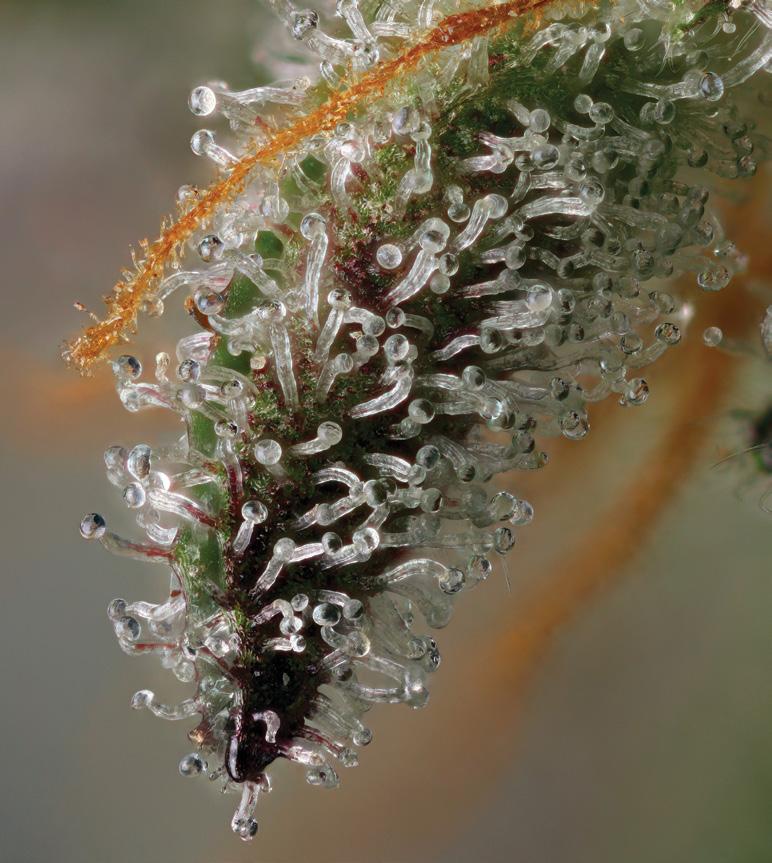

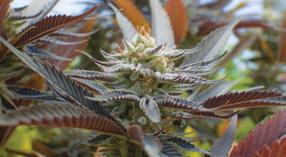

Miss Rad Reefer spent 10 years building her Instagram following. Before her most recent ban, her channel had more than 214,000 engaged followers. You can join her journey at MissRadReefer, RadAssMichelle, and RadReeferCompany.
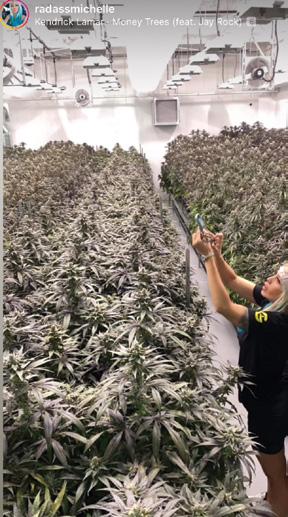
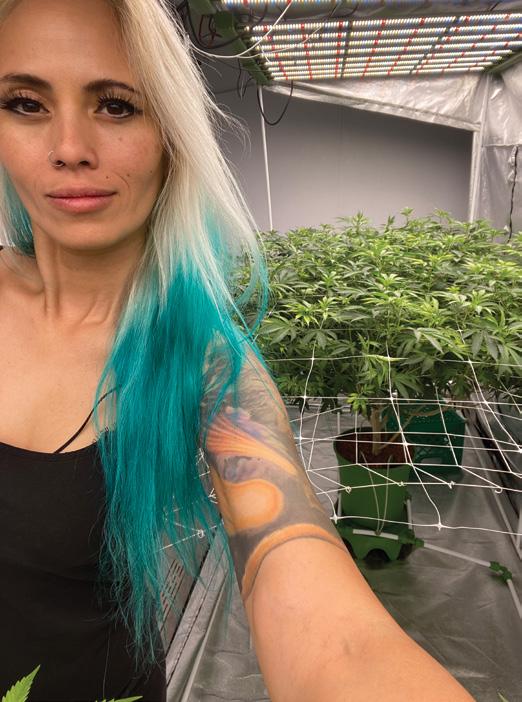
You tell the tale of the mountain you climbed and it inspires somebody else to climb their own mountain. That’s how I embraced the little lane that I created.
I’m super particular about who I work with. I think over the last 10 years, the industry has grown to know that. Also my tribe, my following, they know that I’m not going to just talk about things because I’m going to get 10% when they purchase them. It has to make sense and it has to be worth talking about, so [choose] affiliate programs with things that make sense, the innovative companies, the companies who care.
Start a backup page, especially if you’re always going to be a business. Create maybe one post a week or every other day on your stories. Make it incentive driven though. If you’re a brand and you are creating content on your main page, nobody really cares if you’re like, ‘Just please follow my backup page.’ But if the backup page also serves as a page where all your guides are regularly dropped or information, then it gives them incentive to follow up with you. People are incentive driven.
I would suggest knowing your audience with regards to creating because when you create your content, you have to create your content with the person that you’re
creating for in mind … Human nature is self-centered. So when you go to people’s pages, a lot of them are just selfies and things that they’re doing in their life … That’s more vanity and vanity metrics versus creating. You are not going to be able to connect with your audience if you’re just constantly posting about yourself.
With social media, you just have to constantly show up. You are always showing up whether you are a hot mess and rolled out of bed and just started talking about your content or not. So that’s probably another reason why so many people connected with me is because my whole grow career has been an absolute shit show up until the last year or two. So everyone’s seen me get robbed, or the trials and tribulations. I had a dog fucking taken from me in a home invasion and everybody on social media shared his stolen photo. It was crazy. So yeah, I think I just put myself out there and people connect.
The biggest, most profound thing that I think you can do for yourself as a company that is trying to find its spot on the shelf, because there are a billion fucking companies, but only so many spots … It’s absolutely a thousand percent about consistency. You just have to be consistent. It’s not all about the pretty box, it’s what’s inside the box. So really hone in on what matters and know who your audience is and know what your audience wants.

The Hash Sommelier has been sharing content through IG for nearly 10 years. She uses several accounts to connect with her followers, including HashSommelier, SarahJain420, and CannabisCoverGirl.

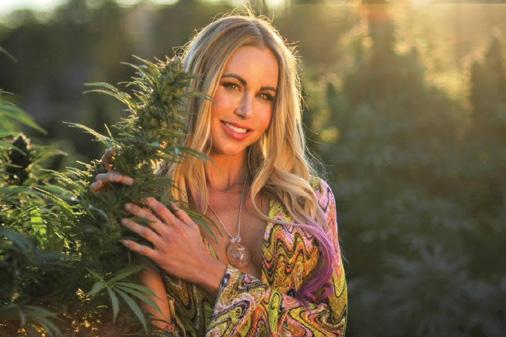
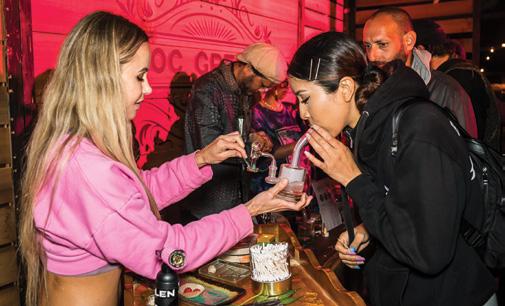
I’m literally having to create a job and a career for myself from scratch. So it’s been a lot of ups and downs, a lot of struggles, a lot of trial and error.
People wonder, ‘Why do all the big accounts interact with one another, they all comment on each other’s posts?’ It’s because that’s where I get most of my new followers, most of my new people are interacting with other major accounts that have 100+ followers, 1,000+ followers, or even 50,000+ followers, just writing in their comments, commenting on something. I get more interaction and more followers from that than anything that I did traditionally.
Nobody wants to see your fucking advertisements, point blank. Nobody gives a shit about what you’re selling. They don’t give a shit about what your friend’s company is selling. That’s a commercial. What do we do through commercials? We skip commercials. But what do people like nowadays? They like interaction, they like drama, they want to be entertained. Most of all, people come to social media to be entertained … But that’s the nature of the beast, and that’s the sad reality is that people are here for entertainment. So they want things to be kept short, simple, entertaining, to the point, and lighthearted.
I probably turn down about, I’d say, a good 90% of paid influencer offers, maybe even higher than that. And the reason being is just for what I said, I don’t want my page to be a commercial … That’s something you have to look at, is the money that I’m going to make today worth what it’s going to cost me in followers and believability?
I’m going to be transitioning more to YouTube. I’m trying to look for platforms that are cannabis-

friendly, and YouTube has been a little bit more cannabisfriendly. They went on their little rampage a few years back, but they’re opening up more to things.
Another one that surprisingly is the most cannabisfriendly of all the social media platforms, LinkedIn. They look at it as we’re businesses. We are legitimate tax-paying businesses; we should be able to promote our grants and our businesses. And from that, LinkedIn has actually been the most supportive.
Whenever there’s an event, I promote it on my page, they promote me on their page. That’s when I get most of my new followers, my new likes, and most of my content. People interact with the event, people post their pictures from the event. You’re able to repost those pictures, which in turn, those people like, follow you, and engage with you.
It’s kind of how I built up [my following], and that’s where I came from. It’s something that’s hurting me now in trying to get my Hash Sommelier business off the ground. Because people look at those bikini pics and all of a sudden, a lot of guys have ulterior motives when trying to work with you. That is very frustrating because you want them to take you seriously.
However, from a marketing standpoint on Instagram, the only thing Instagram promotes on any of my posts is the sexy pictures — the only thing. I believe it’s the only reason I’ve been able to get my account back every single time, to be honest. I feel that there is some tech bro who works in Meta somewhere that’s like, ‘I love these beach shots. We cannot have this go away.’
I’ve noticed a lot of cannabis businesses lately, there’s been a couple of pages that kept getting everything flagged, everything taken down, shadowbanned. So what they started doing was just posting pics of chicks in bikinis, and that got engagement, and that got promoted. So sex sells on Instagram, and sex is more okay than cannabis for whatever reason. But if you’re a woman also trying to be taken seriously in that space, what can help you can also hurt you.



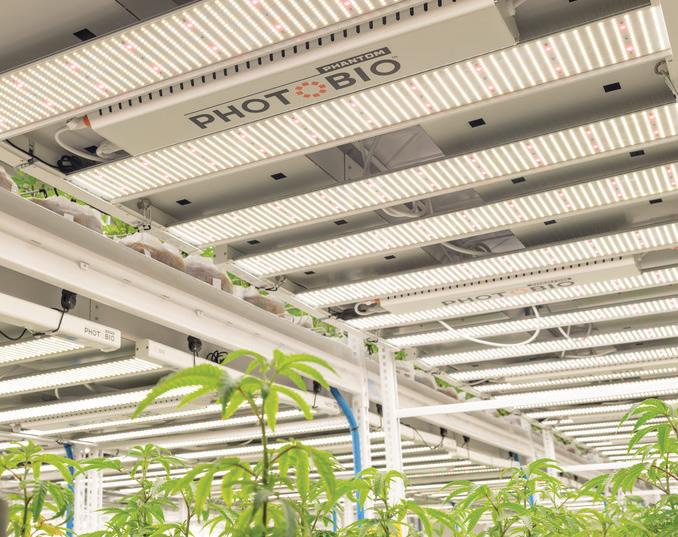

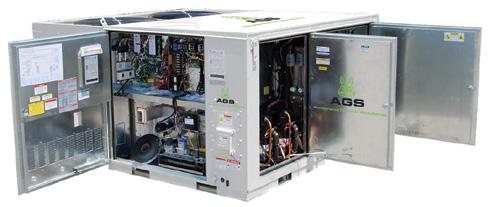
The cannabis industry is facing a unique crisis. Despite achieving enormous growth as more states come online, many producers are struggling. Oversupply, particularly in mature markets, has caused wholesale prices to hit rock bottom. A number of operators have been forced to eradicate vast quantities of flower they simply could not sell.
The problem has hit certain markets especially hard. Headlines swirled this summer when it was reported that Canadian cannabis growers destroyed a record 425 million grams (468 tons) of unsold, unpackaged product in 2021. Since adult-use sales began in 2018, cultivators in Canada have destroyed nearly one billion grams.
It’s a similar story in California. Legacy farmers in the famed Emerald Triangle, many of whom have cultivated for generations, have been frantically waving the red flag since adult-use sales began nearly five years ago. Other states are seeing the same trend.


“It is too late for a lot of the small farmers — we will likely see 50% of all Emerald Triangle farms disappear by the end of this year,” said John Casali, owner of Huckleberry Hill Farms in Humboldt County. Footage of Casali mulching pounds upon pounds of cannabis went viral earlier this year, adding further visibility to the catastrophic issues farmers are facing. But what will it take to get the industry back on track?
While there is no single cause of the
oversupply problems facing the legal industry, there is a theme emerging. Many operators place the blame at the top of the food chain, with government regulations bearing the brunt of their frustrations. The laundry list of complaints runs the gamut from aggressive tax structures, lack of market penetration, difficulty obtaining licensure, and prohibitive marketing laws.
“In many respects, we’re dealing with a regulatory straightjacket up here in Canada in terms of the framework governing cannabis,” said Pierre Killeen, vice president of legislative and regulatory affairs for the Cannabis Council of Canada.
“[Nationwide] legalization has been a success for Canadian citizens. It’s been a success for our governments that have generated tax revenues and lowered the cost of policing and justice related to criminalization. But it’s been a real struggle for the industry.”
California’s cannabis woes also began with the legalization of adult-use sales, something that was supposed to be a win for consumers and producers alike.
Casali said that while legacy farmers like himself were guaranteed a headstart in California’s industry, they were inevitably left out to dry. A loophole in the legalization bill, which called for a one-acre cap for new operators, saw a number of legacy licenses gobbled up by larger companies and investors new to the space through a practice referred to as “license stacking.” This move led to large-scale commercial operations breaking ground in a matter of months, drastically undercutting craft cultivators.




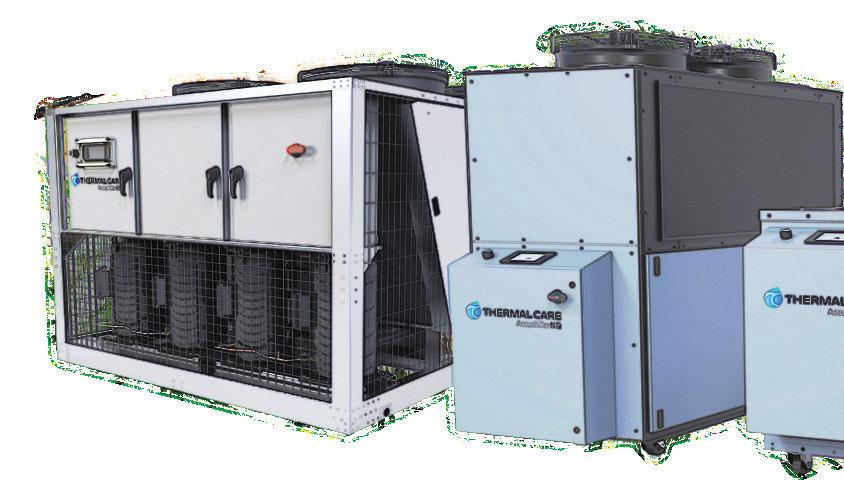

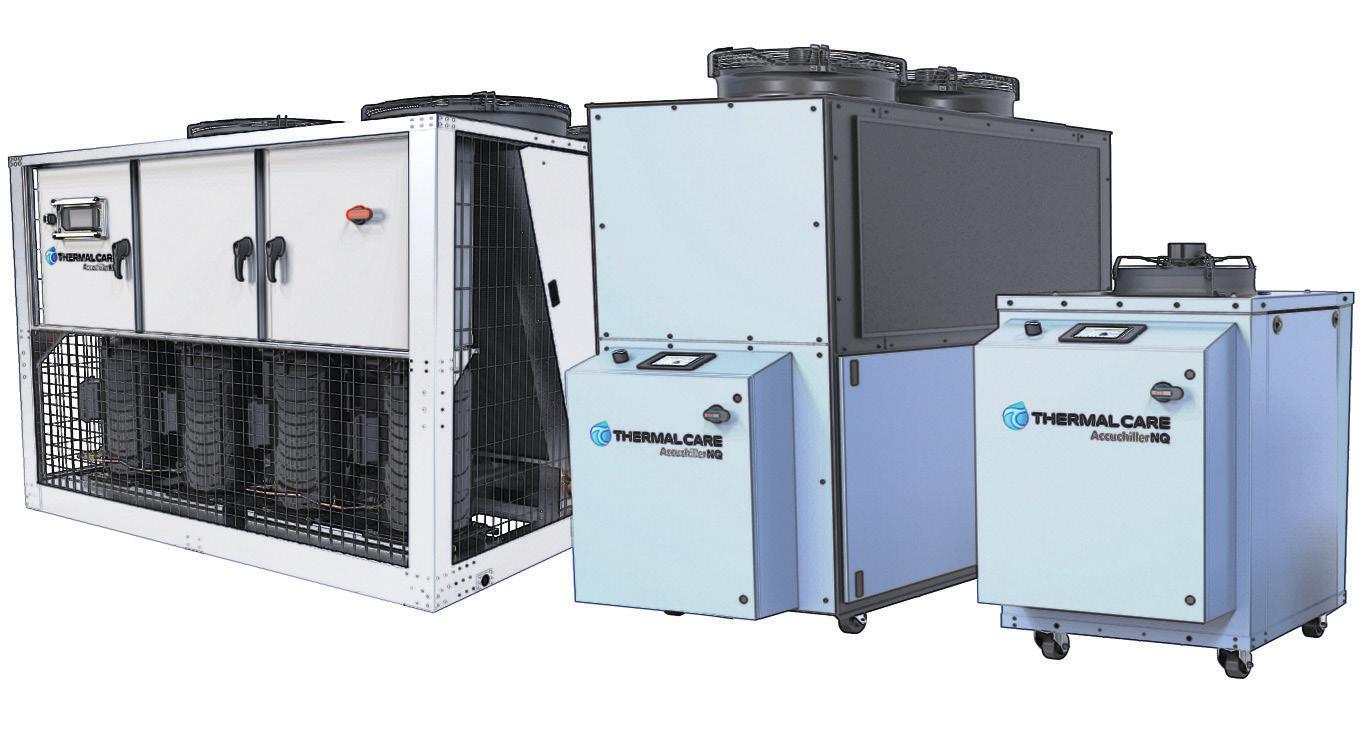






Aggressive taxation has led to financial strain for both producers and consumers. Operators are unable to make ends meet while high prices combined with a lack of access and education lead potential customers back to the thriving illicit market.

In Canada, many companies far overestimated their sales projections in the early days of legalization, something Kellen attributed to overzealous executives who may have been out of touch with their potential customers.

“What we’re dealing with is a very sophisticated supply chain that’s existed for quite a long time and has a captive consumer base,” he said of the unregulated market. “In Canada, we have an inelegant way of measuring the success of legal cannabis as compared to illicit market cannabis, which pegs the market penetration of legal cannabis at about 50%.”
The decision for municipalities to opt out of cannabis sales is also a huge factor in the continuing success of the unregulated market in many communities. People who live in a legal state may wish to purchase products from a licensed dispensary but simply do not have the option.
“That’s another giant problem that California has,” Casali bemoaned. “There are only around
1,000 retailers. They have the ability to get rid of two to four million pounds through the shops. And there’s like 18 million pounds being produced.”
“It’s Like a Giant Puzzle That’s Sitting on the Table…”
Unfortunately, there is no silver bullet that can effectively remedy the oversupply problem in cannabis. It will instead take a number of systemic adjustments for the industry to thrive.
Kellen and Casali both agree that opening the market across state and international borders could make a huge difference. Interstate commerce is still banned in the U.S., but legislative reform could change that, bringing world-renowned Emerald Triangle cannabis nationwide. Kellen notes that European markets in particular may not be able to meet demand as they come online and that broadening exports could benefit the global industry as a whole.
A cap on licenses may also help, something Casali and Kellen both referenced. While free market capitalism may allow the cream of the crop to rise, over-saturation has only hurt the nascent industry. Even Oklahoma, the Wild West of Weed where seemingly anyone could become an operator, has put a two-year moratorium on new licenses to relieve the pressure.
The pair also agree that knowledge will play a key role.
Casali says the misconception among consumers that older cannabis is less desirable, needs to be addressed. Back-end storage solutions that help maintain quality and market education could help reduce the stigma.
As more is revealed about the potential of cannabis, including lesser-known cannabinoids, Kellen believes demand will transcend the current market into the mainstream. He thinks cannabinoid-based products in the over-thecounter pharmaceutical space have big potential.
“What will happen from a competitive perspective is as we develop new products, as we have a better understanding of cannabinoids and terpenes, we’ll be able to develop a product that is much more attractive to the consumer,” he said.
Casali, while concerned about his community, is trying to remain optimistic. While much of the damage has already been done, he feels it will take a truly united front to bring about real change for the future.
“It’s like a giant puzzle that’s sitting on the table — we just have to work together to put the pieces together. I believe it’s possible but it has to be something that we do together as one.” ❖



Intoday’s uncertain world, it can be harder than ever to keep your cannabis business in the green — and we don’t just mean flower. Whether your business has hit a rough patch, or you’re just looking to drive revenue, more green means more growth for your business overall.
Curious how to maximize cash flow to your business? These five expert-approved tips can increase the green in your cannabis business without drastically increasing spending.
There’s never a bad time to take stock of your business, especially if you’re looking to minimize costs and spending. Costs of Goods (COGS), refers to the total cost it takes to produce your
end product. While this varies based on where your business lies in the cannabis supply chain, these costs can include everything from:
• Energy consumption and grow-related costs
• Labor costs
• Insurance costs
• Payment processing costs
• Payroll costs
• Tech-stack costs
Performing routine audits on your cannabis business can help you stay up to date and compliant, but it can also help you take stock of your spending and ensure you aren’t losing out on savings. What does a thorough audit encompass? Any area you spend money. Break it down into three main areas to make it easy.
Consider your usage, including water and
By Adam Benko and Brian Mayfieldenergy consumption (as a business and the energy your equipment uses individually). Then consider if those numbers match up with what makes sense for your business.
Review your business’s additional finances with eagle eyes and consider that the small things add up. Take a deep dive into the costs associated with running your business, including subscription services, software purchases, “niceto-have” resources, and other “extras.”
Finally, consider your retail and staff-related expenses. What products are you spending big on? How can you make packaging more affordable or eco-friendly? Are there better or new options available on the market that can help you manage costs? Ensure that you’re getting an equitable return on the products and







iStockphoto.com/Planet Flem
positions you spend the most on and track how those expenses have grown or changed over time.

If you’ve already taken a thorough audit of your business, you’ve likely looked into your past taxes (if you haven’t, now is a great time). But how do you identify these opportunities if you’re not a tax expert?
Thankfully, the IRS has recently expanded the information and resources available to cannabis businesses. While some of the information is region-specific, states that are well-established leaders in the legal market have also begun to provide great resources on how to identify and make the most out of tax credit opportunities.
While you should always consult an accountant who knows the ins and outs of the cannabis industry, there’s certainly no lack of opportunity for savvy cannabis business owners. For example, cannabis business owners can deduct their cost of goods sold, which is basically the cost of their inventory in most situations, according to the IRS.
The cannabis industry is the next frontier and everyone wants in. If you need to weather the storm to outlast your competition or even acquire your competition, securing funding from loans is a viable option. There are more funding opportunities than ever available to cannabis businesses, and you don’t need to be an industry newbie to secure it. As more celebrities have cashed in on the cannabis industry train, they’ve brought their wallets along with them.
For example, The Founders Fund, founded by PayPal Co-founder Peter Thiel, became the first institutional investor to fund the legal marijuana market. In April 2015, the fund served as the primary investor in a $75 million Series B financing round for Privateer Holding. Other notable names supplying funding for cannabis businesses are Snoop Dogg, Tommy Chong, and Martha Stewart.
Of course, traditional funding avenues exist as well. Crowdfunding has gained traction in recent years and providers like StartEngine to Wefunder are great options for securing investments.

Sometimes the best business advice is the most simple: one of the best ways to boost your business cash flow is to increase your income overall at the top and bottom line. You need to examine your revenue at two levels. The top line refers to a company’s revenues or total sales, whereas the bottom line represents a company’s net income after expenses have been deducted from revenues.
Boosting your top line happens by increasing sales and cutting out areas that aren’t driving maximum revenue. A great way to do this is to invest in strong marketing strategies, including search engine optimization (SEO) tactics or digital advertising, to maximize your business’s exposure to current and potential customers.
Boosting your bottom line is more complex, as higher net income doesn’t necessarily translate into a fatter bottom line. This is where maxing out your top-line revenue and cutting costs
through auditing becomes key. Focus on keeping costs and spending low while boosting your top line as much as possible.
It’s true, many banks are very particular about working with cannabis companies. But that doesn’t mean you should settle for working with a bank or payment processing merchant that doesn’t meet your needs. Many business owners assume their bank has the best rates and features out there and that often isn’t true.
If you find your bank often charges high treasury fees or your merchant processing service is charging hefty transaction fees, it might be time to make the switch. Consider working with banks that have experience with cannabis brands and look into merchant processing services that offer cash back rewards for each card and credit purchase made. ❖
“Performing routine audits on your cannabis business can help you stay up to date and compliant, but it can also help you take stock of your spending and ensure you aren’t losing out on savings.”

Cannabis sales are hot. In fact, according to BDSA, worldwide sales of marijuana are expected to reach just over $35 billion in 2022. That represents a 22% increase over the 2021 tally of $29 billion. By 2026, BDSA predicts that number will skyrocket to $61 billion.
With that much green at stake, the world of cannabis plays an ever-increasing role in the American economy. But who speaks for the industry, especially when it comes to the hallowed halls of Congress and every statehouse in the union?
David Carlucci, for one. Carlucci is a former New York state senator who turned his attention to lobbying on behalf of cannabis companies since leaving the legislature in January 2021. He is a registered lobbyist in several states. His license to lobby in New York will become effective in January 2023, two years after he held political office.

He also serves on the New York Cannabis Control Board, which creates promulgations for all things cannabis in the Empire State. That board “is where important decisions are made” relating to cannabis in New York, Carlucci said.
According to Carlucci, a cannabis entity needs to be armed with specific information before it can embark on any lobbying effort. “The most important thing to know is what your [company] mission is. It helps you measure success,” he said.
Carlucci’s advice? When a business engages with a lobbying firm, “the mission statement is the first act to be accomplished.” The
importance of a mission statement cannot be underestimated.
A company’s mission statement should be clear and succinct. The mission statement is imperative to the success of lobbying because it is the “key to directing goals with lobbying,” Carlucci advised.
The importance of hiring a lobbying firm and creating a strong mission statement is evidenced by the increasing role cannabis lobbyists play in the political scene. According to Carlucci, “more cannabis companies are recognizing the importance of having a government affairs team.”
Dustin M. Robinson, a Florida attorney also known as “Mr. Cannabis Law,” said Carlucci is not alone when it comes to transitioning to lobbying from politics.
“As they [former politicians] build connections, they often ingratiate themselves with insiders,” said Robinson of one-time politicians. Networking is the lifeblood of a lobbyist, so hiring a one-time politician cum lobbyist can be a sound strategy.
When hiring a lobbyist, choose someone with an impressive book of contacts in the world in which you want your voice heard.
“To be a good lobbyist, you need a strong
presence in the state capitol,” Robinson said. “We try to make political connections based on our client’s needs.”
Dr. Chanda Macias is the owner and general manager of the National Holistic Healing Center Medical Marijuana Dispensary in Washington, D.C. She said beyond a farreaching network, an effective lobbyist “needs to know not only who the champions [of particular causes] are but also clear our path of opponents. Balancing the two equals success. A lobbyist also needs to learn how to neutralize opponents.”
“More cannabis companies are recognizing the importance of having a government affairs team.”
David Carlucci

The biggest challenge facing lobbyists is understanding their audience. On the federal level, Macias challenges cannabis lobbyists to know who in Congress is a “key champion for cannabis.” After they are identified, a lobbyist should familiarize themselves with the individual perspectives of those politicians. That knowledge will assist a lobbyist in adapting their client’s message to appeal to each politician’s sensitivities.
Each state defines lobbying for itself, but the consensus is that a lobbyist attempts to influence government action, according to the National Conference of State Legislatures (NCSL). The NCSL further defines a lobbyist as an employed person who is paid to try and persuade politicians to vote one way or another on a piece of pending legislation.
“My job is to help my clients figure out their goals and then develop a strategy to accomplish that goal,” Robinson said. Clients should be aware that strategies and agendas can change over time based on feedback, he added.

“Negotiations are a big part of my work, even with a client,” Robinson noted. “We need to manage expectations and timelines. A lot of times, a client wants things to happen immediately, so being upfront about realistic timelines and goals is imperative for a positive professional relationship between myself and my clients.”
In Macias’s mind, lobbyists “look at primary issues facing our industry and the patients we serve.” She urges lobbyists to “understand and respect why you want your voice heard in a particular way.”
According to Macias, some anticannabis lobbying groups are not
merely anti-cannabis. The pharmaceutical industry, for one, is against marijuana because it wants patients to continue needing the prescription medicines they manufacture and sell.
“Pharmaceutical companies do not want anyone to manufacture anything that works better than their drugs,” she said. The alcohol and beer industries also oppose cannabis because they do not want anything altering American minds besides booze.
Macias noted, “Pfizer knows cannabis is getting in position by buying prescription companies that are already using cannabis as an ingredient.”
Washington and Colorado were the first states to legalize recreational cannabis in 2012. However, counters Macias, the pharmaceutical industry has been lobbying for decades, so “their roots are pretty deep in our Congress. Cannabis has been in there for ten solid years, except for California, and we’ve really only started to organize.”
Macias not only talks the talk, but she also walks the walk. Known as a cannabis pioneer, she became the country’s first Black woman medical cannabis operator when she opened her D.C. dispensary in 2015. She has been a champion of women and minorities throughout her entire career.
When Macias hires a federal lobbyist, she takes care to find a female who represents someone like her. “Women are underrepresented in the lobbying world and cannabis, she said. But just because we aren’t there, doesn’t mean we should stop seeking a seat at the table. We need more women speaking out about the true female experience in both the business and everyday worlds.” ❖

“My job is to help my clients figure out their goals and then develop a strategy to accomplish that goal.”
Dustin M. Robinson
“Pfizer knows cannabis is medicine, which is why they are buying pharmaceutical companies that are already using cannabis as an ingredient.”
Dr. Chanda Macias
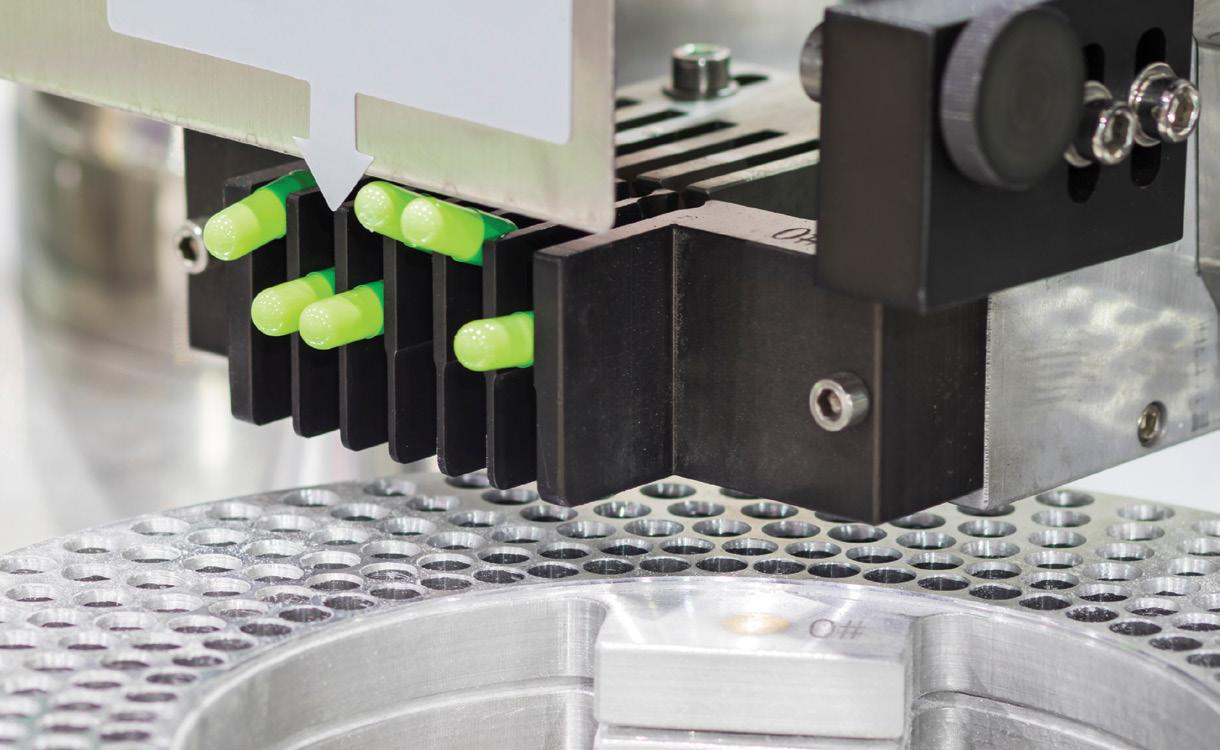






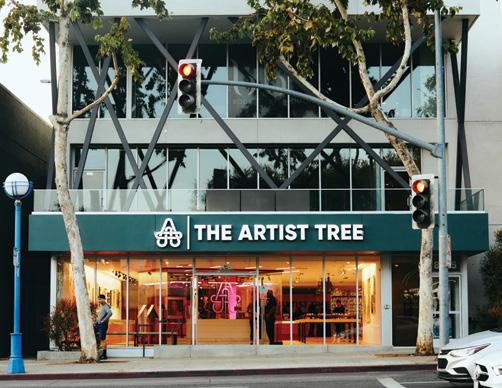
Smoking cannabis on the sidewalk is thrilling, but forbidden. It says to the world, “I’m not ashamed! Cannabis is just as legal as alcohol!”
Unlike alcohol, cannabis doesn’t have a bar on every corner where anyone can imbibe. For most Americans, even in legalized states, public consumption is outlawed. If you want to partake, go home.
Where are the canna-tourists supposed to ingest? What about the Friday night smokers looking to socialize while consuming their preferred intoxicant? In much of the U.S., they are relegated to dark alleyways or blatant lawlessness. To remedy this policy oversight, cannabis consumption lounges are opening in many adult-use states.
California, Colorado, New Mexico, and others are encouraging the development of cannaconsumption spaces to provide consumers with safe, legal options for social use. Those who
haven’t visited a consumption lounge likely have many questions. Retailers, too, are considering the feasibility of opening a lounge as a standalone business or in conjunction with a cannabis retail shop. Cannabis & Tech Today set out to answer these questions and shine some light on the emerging sector.
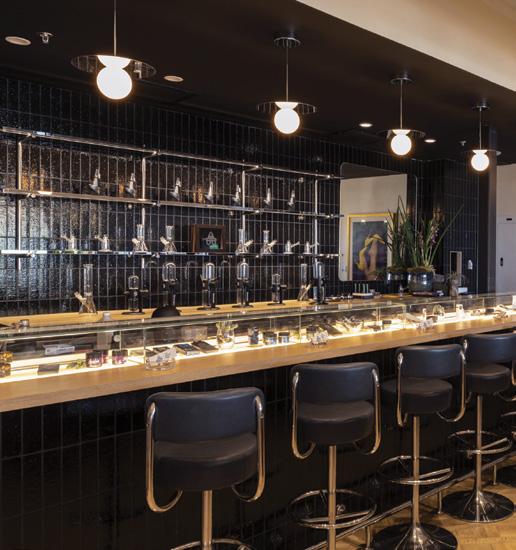
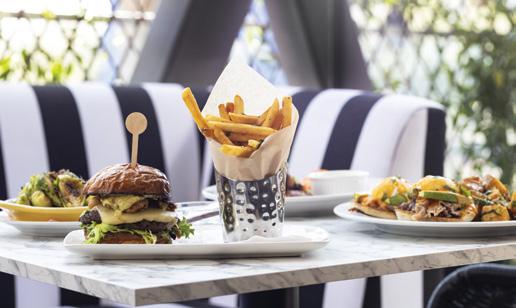

Each state regulates how its consumption spaces can operate. Typically, a customer enters the lounge, purchases cannabis on-site or has it delivered, and partakes within the lounge. Some function a bit like a restaurant. A host seats guests and provides a menu of products and services. Guests can order products through a server or purchase them from the retail area. Patrons are generally permitted to bring smoking equipment, but many lounges offer high-end consumption devices visitors may not have access to at home.
Lauren Fontein, a co-founder of The Artist Tree dispensaries in California, believes many customers choose to rent equipment for the novelty of unfamiliar devices. Her West Hollywood dispensary is a three-story building with the top two stories dedicated to the area’s only consumption space, The Studio Lounge.
“We have the Stüdenglass gravity bong, different dab devices like a Puffco or a Dr. Dabber,”

Fontein said. “Those are things people really like because things like the Stüdenglass are pretty expensive pieces of equipment that most people don’t own. It’s a nice novelty to come into our space and smoke out of that.”
The Studio Lounge rents devices at its bar or provides table service with rentals ranging from $10 to $40 for the duration of a patron’s stay. Many consumption lounges require reservations, but during off-peak hours walk-ins are accommodated. Some lounge spaces also offer non-smoking areas for edible consumption.
Policies around these spaces are evolving quickly. Currently, California consumption lounges cannot sell non-cannabis items. Licensed business owners may only sell cannabis, cannabis accessories, and branded merchandise. Fontein said the law impacts her daily operations.

“That limitation is a real hit to the potential revenue for us as a business because we really can only sell cannabis items,” shared Fontein. “If we’re selling them at the same price as retail, which is what we do now, we’re not able to make the additional revenue to cover the added operating expenses of a hospitality venue.”
Bars and restaurants can upsell alcohol and food above the retail price of those items. Cannabis consumption lounges don’t have that option. “It’s been a challenge for us to figure out what is a positive, profitable revenue model for this lounge space with those limitations and how we can generate sales in other ways — whether it’s ticketed events or equipment rentals or things that are in addition to just the normal cannabis purchases,” Fontein explained.

There are many snags to be worked out, but consumption lounges can be fun, profitable spaces. Fontein has some advice for entrepreneurs hoping to enter the lounge industry. Nearly every night of the week, The Studio Lounge offers entertainment. Fontein explained, “Comedy nights, live music, movie nights …
we have yoga classes, sound baths, drag shows. All of those things have been really successful at bringing people in and they pair so well with cannabis.”

Perhaps the most lucrative solution for generating revenue is pairing with retail space. People are drawn into the lounge to consume cannabis. The more time they spend lounging, the more products or consumption media they may want to try. If customers can purchase products and consume them in the same establishment, it’s beneficial for both the seller and the shopper.

Fontein agrees. “I think it’s very important in general for consumption lounges to think about being integrated with a retail setup because that gives them the ability to sell a lot more products,” Fontein said. “For us, that’s been crucial. I think if we had just opened as a standalone lounge, it would have been really hard to stay operational and be able to cover all of our expenses.”
Consumption lounges are coming to a legal state near you. While there are lingering policy concerns, these venues are an inevitable evolution of the legal cannabis landscape. For readers living in a legalized state, look into your local regulations and consider writing to your representatives about the need for these spaces. As Fontein succinctly stated, “Cannabis is legalized, so there really should be the option for people to go out and freely consume it just as they can go to a bar and have alcohol.” Cheers to that. ❖
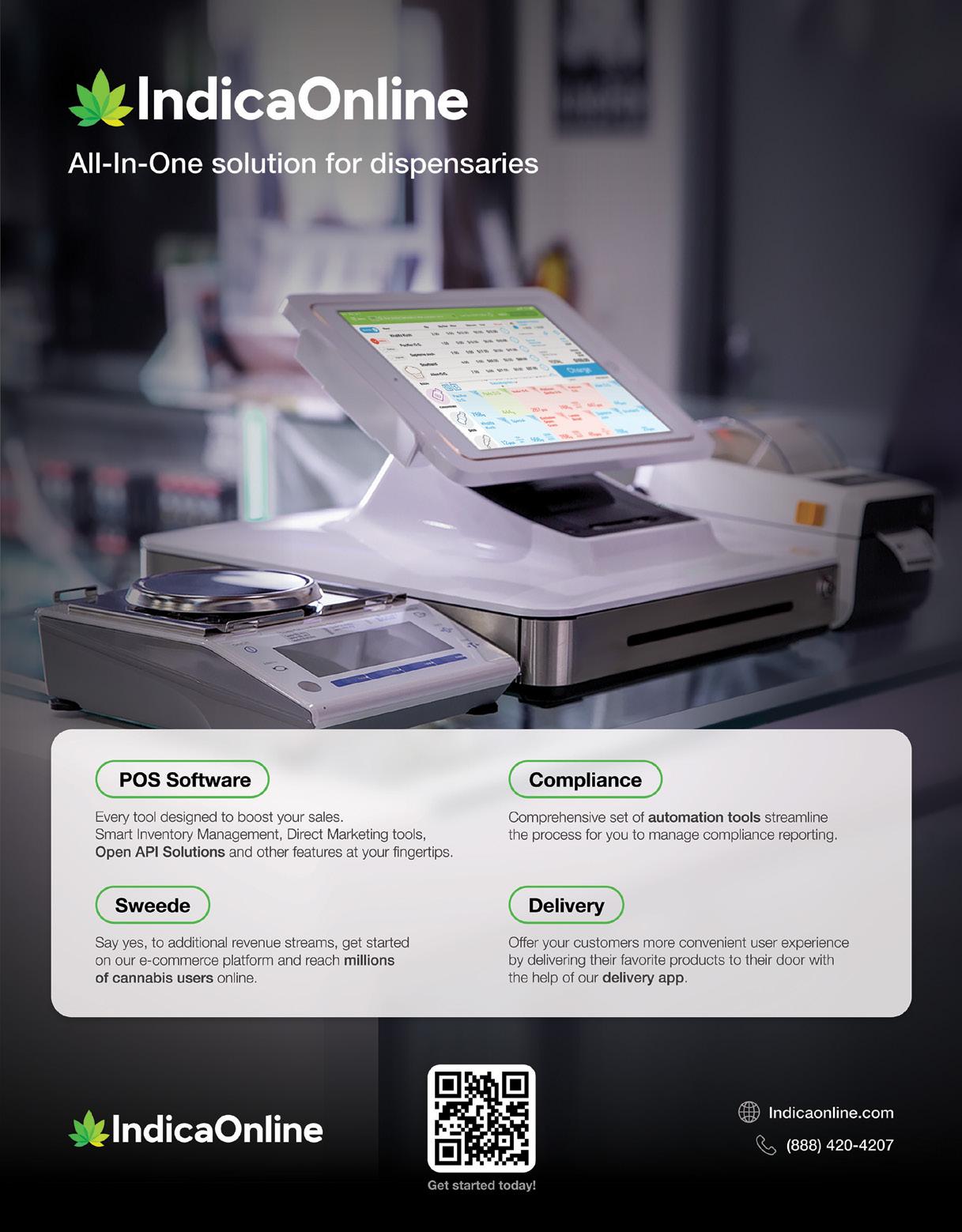
 By Rachelle Gordon
By Rachelle Gordon
The Internet of Things rules the world. And while integrated ecosystems are indeed convenient, a failure can create chaos. That is especially true for cannabis retailers.
Point-of-sale systems are often the backbone of dispensaries and act as the command center for the suite of tech throughout the business. They do not just process transactions; the software may also provide accounting, inventory management, marketing, and track-and-trace reporting — all crucial components of a business’s success.
Issues with this technology could spell disaster for a licensed operator, especially when it comes to compliance. Internet outages, system crashes, and back-end failures can be catastrophic for many retailers if they do not have strong tech solutions in place.
Gary Cohen, CEO of Cova Software, understands this better than most. As one of the largest cannabis retail technology platforms in the country, his company is tasked with setting the industry up for success. When it comes to the myriad complications operators deal with, Cohen has battled them all.
Cohen spoke with Cannabis & Tech Today about the technology issues facing dispensary owners, the risks they pose, and how to prevent them before they happen.
Cannabis & Tech Today: What are some of the main tech problems cannabis retailers deal with?
Gary Cohen: There are so many technologies that interact with the operation of a dispensary. E-commerce, point-of-sale or payments, loyalty programs, menu boards, and kiosks — to name
a few. In running and operating a dispensary, some of these are so critical. If your menu boards go down, it’s not going to stop your store from running.
But if the POS reporting goes down, or the inventory that’s displayed online is inaccurate? Well, that will cause big problems for your business in terms of customer cost and compliance.
C&T Today: Why do so many cannabis point-ofsale systems fail?
GC: The industry is growing faster and faster. And typically, POS companies aren’t designed for future growth. If you’re building a POS platform and have no customers, you may build it to accommodate your first couple hundred customers. Ultimately, when you get over that 200 mark, you need to re-engineer both the application for the platform, as well as the infrastructure that can carry all the cloud traffic.
The tech gets past the tipping point, where stores are trying to handle too many transactions across too many geographies. And that’s where everything slows down and crashes.
C&T Today: How do these issues affect the customer?
GC: How easily and quickly a transaction is handled determines the customer experience. In an industry where you want to build loyalty you want, the visit should be seamless, it should all be transparent. If I visit a dispensary and it’s slow or clunky, I may never go back.
Another big technical problem that the dispensaries have is that the online menu says something is in stock, but when the person comes into the store, it’s gone. That leads to disappointment for the customer and headaches for the retail staff.
C&T Today: One of the biggest risks retailers face with POS failures is compliance-based. Why is that?
GC: Everything about the technology, whether it meets the state’s compliance requirements for selling as well as reporting, affects the store’s efficiency and profitability.
POS systems can fail for a variety of reasons: connection issues, power outages, or system overloads to name a few. When it doesn’t work, there’s a risk of misreporting or no reporting. And as a dispensary owner, that’ll create an error. The error creates a notice. And the state says, you know, we’ve got a problem, we’re either not getting your information, or we got the wrong information, or we can’t read the information. If you can’t fix it, it’s a violation that can jeopardize the license.
C&T Today: What other crucial data may be missing from these tech solutions?
GC: As time goes on, and markets mature, you need to offer the things that your customers want. Without accurate product and sell-through data, you’re not going to know how fast something sells, how frequently that sells, and you might not know how to price it. The data that comes out of the POS is gold.
If you don’t have systems that can give you the reporting to help you understand what’s going on with your business, you’re going to miss out on profits through informed marketing strategies.
C&T Today: How do retailers choose a POS system? How can they vet them properly?
GC: You can’t do anything about your state system. But you can see how your potential vendor does with the state system. This is so crucial. Doing some research, you’ll see the problems. “This company goes down all the time and has outages, this company can’t work if the power goes out.”
Consider the future. How is the company prepared for the growth of the cannabis industry? How long have they been in business? Asking those kinds of questions is probably the best way to gain confidence that you’re going to have fewer technical problems.
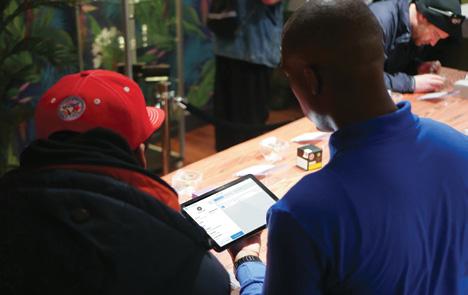

C&T Today: What are some questions retailers may not think to ask?
GC: What’s sad is most dispensary operators are not technical people, so they’re not inherently prepared to ask really technical questions. I think the most important thing is to look for companies that are going to help you — companies that are built to help you understand how the software works, and how it connects to the systems that you need to support your retail.
How do you feel they will help you address all of the technical questions you may have? Do they have training and education and how do they deliver that so that you can understand? How do they help set you up to minimize potential problems or issues? You need to have some confidence and comfort that the company you’re going to work with is going to be a technical adviser to help you succeed. ❖
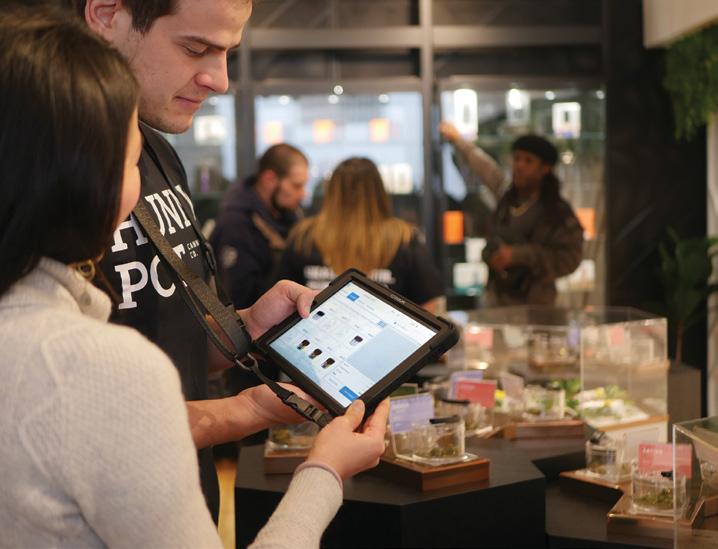
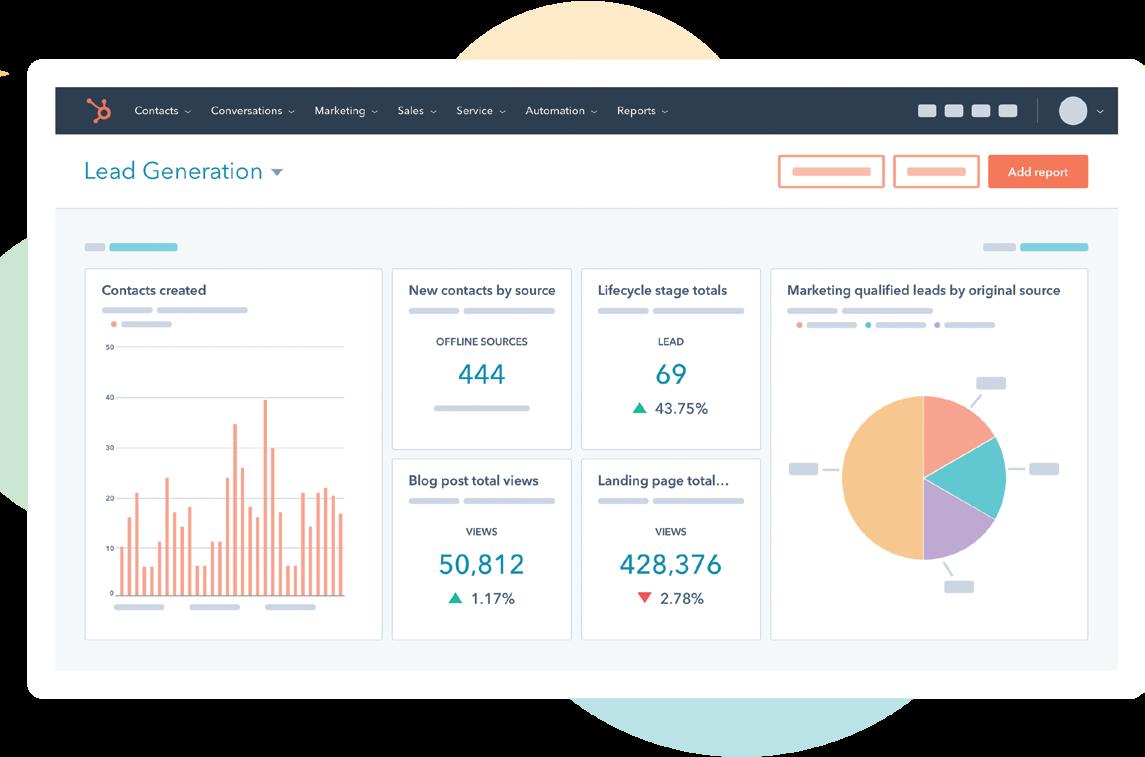 By Adi Jagan
By Adi Jagan
Legal cannabis has always had an outsized and unjust share of obstacles — but it now faces a perfect storm of calamity. From inflation and oversupply to punitive tax systems and illicit market competition, small cannabis retailers and brands are struggling to survive.
With so many factors beyond their control, the best way for cannabis businesses to compete in this brutal environment is by leveraging customer relationship management (CRM). By adopting CRM strategies and tools, cannabis brands and retailers can tap into their existing
customer bases, increase revenues, and lay the infrastructure to compete once cannabis is federally legal. Retailers and brands often bemoan the notoriously fickle cannabis clientele, but loyalty is earned, not given. CRM is what allows successful brands to earn devoted followings, and cannabis businesses need to get in the ring.
Inflation, Efficiency, and Oversupply Have Cannabis Businesses Hemmed In
Inflation has driven most businesses to raise their prices — but not cannabis. Our
balkanized, dysfunctional legalization framework has caused an intrastate product glut, and the per-pound price of cannabis has declined steeply. There’s so much flower that, even as their costs spike, cannabis retailers can’t raise prices for fear of losing customers to the competition.
As for cutting costs by increasing efficiency? By and large, cannabis operators have figured out efficient production so well that, from seed to sale, it’s highly improbable that we’ll be able to reduce those costs anytime soon. Cannabis has already endured several rounds of layoffs.
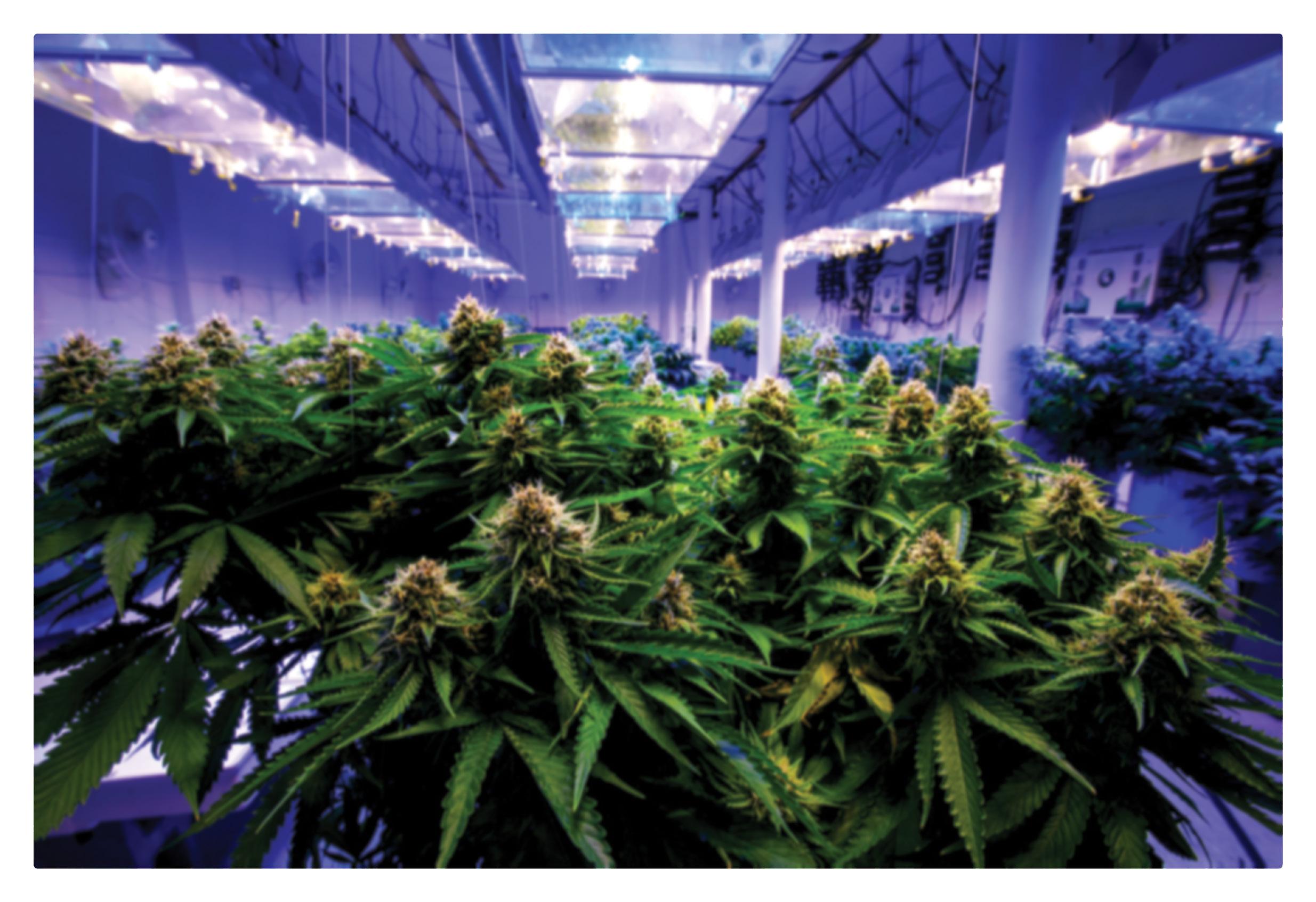







There is simply a limit to how much further you can trim the costs of staffing, testing, facilities, or other overhead costs.
Between oversupply, maxed out-efficiencies, and a thriving illegal market, cannabis retailers are stuck in a race to the bottom, undercutting one another and losing money to compete for customer share. But the days of undercutting the competition to win market share are over. Many of the old options for belt-tightening are gone.
In my experience with cannabis retailers and brands in Arizona and California, the next best place for these businesses to invest their time and energy is customer relationship management. It’s the arena in which you can compete and win. You can’t package or test or deliver five times better than the competition. You can’t cut costs or raise prices, and you can’t undercut illegal operators — but you can give your customers an experience that’s 100 times better.
All small businesses should be leveraging CRMs, including cannabis small businesses. This shift doesn’t require inventing a new methodology or learning fancy tricks. Instead, we need to tap into what we already know from others that are slaying the CRM game.
The target market for dispensaries is already using Netflix, Spotify, Instagram, and Amazon daily and is well-accustomed to tailored purchasing experiences. The same customer buying toothpaste on the Target website is also browsing your dispensary website, but the journey of these purchases couldn’t be more different.
Let’s say this customer searches your site for edibles, then purchases several bars of infused dark chocolate. Does she get an email thanking
her for her purchase or a follow-up asking what she thought of her edibles? Does she receive an invitation to join the loyalty program or a text alerting her to an upcoming edibles sale? Is she offered a discount on delivery services? No one’s asking cannabis customers these questions. In any other type of e-commerce, some kind of follow-up is standard — but that kind of customer cultivation hasn’t taken hold in cannabis retail.
A 2017 Epsilon survey found that eight out of 10 respondents were more likely to frequent a business that personalized their experience. Yet, all too often there is zero customized post-sale outreach in cannabis. Segmentation is rare. Occasionally, you’ll get a big blast, spray-andpray “deal of the day” offer in your inbox, but micro-targeting is almost non-existent. Why send our aforementioned customer a generic message about a weekend sale on flower, when she has asthma and doesn’t smoke? On the contrary: Because the emails she receives aren’t targeted and don’t address her needs, she stops opening them or blocks them altogether. Any opportunity for cross-selling, suggestion selling, or developing a loyal relationship with a repeat customer is lost.


Customer retention, not acquisition, is key to growth. Referrals will always be the linchpin of success. Repeat and retained customers spend more and will advocate for you to their friends and family. They’re an asset that rarely gets sufficient investment or outreach.
Today’s CRMs organize a treasure trove of data that empowers you to talk to different customer cohorts based on their location, gender, age, and purchasing history. Custom follow-up gives you hundreds of touchpoints to
explore, from abandoned carts, holidays, and educational offerings to addressing particular customer groups such as seniors and veterans. A whopping 80% of Netflix viewer activity is driven by personalized recommendations. Why shouldn’t cannabis businesses strive to adopt that same model?
Relationship Building Isn’t Easy
But It’s Your Brand’s Best Bet
CRM may be simple, but that doesn’t mean it’s easy (in my experience, anyone selling an easy solution doesn’t have one). Like all relationships, customer relationships require time and energy, and a CRM that’s just a glorified management spreadsheet won’t do the job. Cultivating clientele relationships and building community is similar to healthy living in that there’s no magic bullet. It’s about small, consistent daily choices, where success comes from doing the basics meticulously over time.
But I’d argue your investment will pay off. Though federal legalization may seem a long way away, it’s coming. Once interstate commerce and banking services arrive and we can ship anywhere in the nation or globe? Customer experience and brand loyalty will win.
For most consumers, cannabis is a personal and important purchase — many want a retailer and brand they can be loyal to and trust. So get a CRM system, assemble your data and start nurturing people. Look to the customers you have, think about how to retain them, and start building those relationships now. There’s a bright future for cannabis retailers who are getting creative post-sale, and taking the postsale journey as seriously as the sale itself. ❖

As the cannabis market expands worldwide with new strains, upstart cannabis manufacturers, and many established entities, the need for cannabis companies to differentiate themselves is immediate. The key word is branding, and it’s a lot more complicated than searing a cow.
noted. “It should tell the patient everything.”
When Rocourt and his co-workers sought to create their company’s mission statement, they contracted an executive coach. They then adopted a system based on the best-selling book Traction, by Dino Wickman.
A company’s mission statement should be succinct and “capture everything you’re about,” said Rocourt. Dorsky agrees. “A mission statement can help in guiding a company’s branding goals, methodologies, and messaging,” he said.
people involved in the cannabis world “must be okay doing something innovative and different.”
She urges marijuana entities to invest the extra time and resources required to create a brand, whether that means hiring someone in-house or another professional. “Invest in your brand to help it properly stand out,” Gullickson added.
Brand management is crucial for the cannabis space. Evan Berglund is the senior partner at San Francisco’s The Gonzberg Agency. He feels brand management is crucial in the cannabis industry. According to Berglund, “Branding is just as important for cannabis as it always has been for other Fast Moving Consumer Goods (FMCG), like cigarettes and soda. In other words, branding is ultimately critical for the product being picked off the shelf.”
Brandon Dorsky, CEO of healthy edibles manufacturer Fruit Slabs, said brand identity should be treated as an intellectual asset. “Start protecting it [from the beginning] and maximizing its value,” he advised.
Guy Rocourt, president and CEO of Papa & Barkley, believes a cannabis company’s mission statement is an imperative foundation of its branding strategy. “It is everything,” Rocourt
In a world of “cookie cutter mission statements,” don’t rush the process, says Sara Gullickson, founder and CEO of The Cannabis Business Advisors. She has been recognized by Benzinga as one of the Top 20 Women to Dominate the International Cannabis Space.
“In my experience, it’s best to take the time and effort on the mission statement so you’re correctly communicating with investors, the public, and the community you hope to be a part of about who you are and what you’re about,” Gullickson said.
In no uncertain terms, Gullickson explained her strong support for researching, discussing, and testing different options before settling on a mission statement. “It’s your backbone about what differentiates your brand from others,” she said.
Dorsky, a cannabis and IP attorney in addition to his role with Fruit Slabs, urges cannabis entities “to identify their brand before bringing the product to market and begin protecting your brand as soon as possible.”

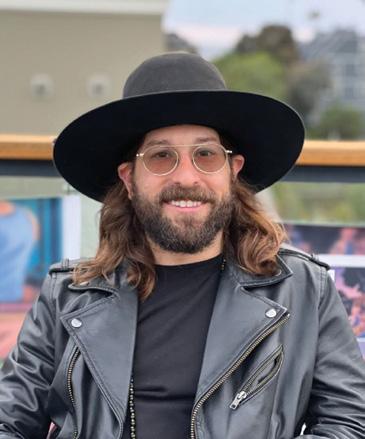
Gullickson’s best branding advice is that
Although earned media is free, it does have its costs. For Dorsky, it means participating in the local cannabis economy and marketplace. He also suggested meeting with people involved in the cannabis community, ala “boots on the ground.”
His other methods for receiving earned media coverage include:
• Engaging in national and global cannabis conversations
• Speaking with cannabis lobbyists
• Attending cannabis-related events
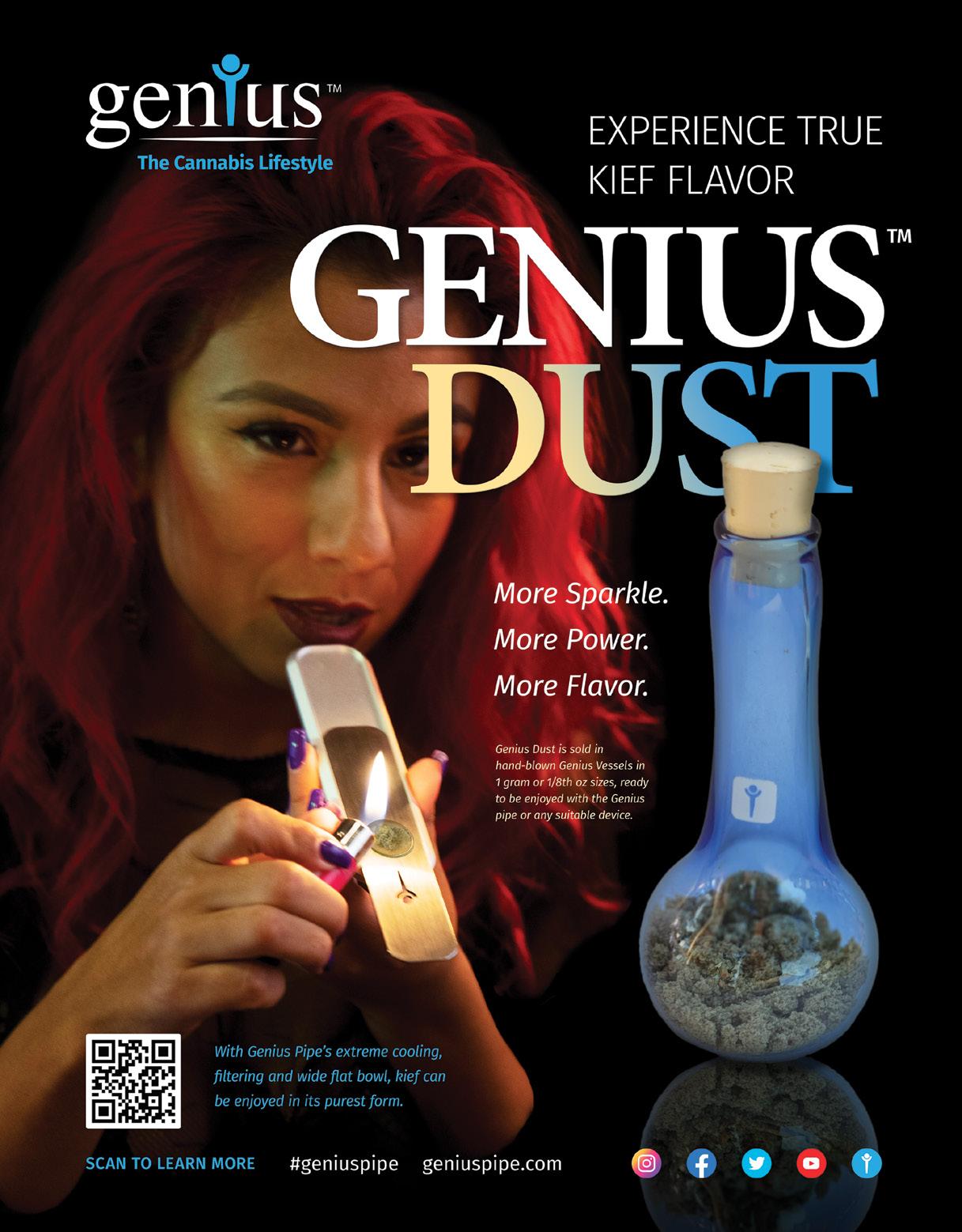
Investing time and effort, as a member of the local cannabis community, to develop and build professional relationships which eventually lead to opportunities for earned media coverage.
“In the cannabis world, you have to cultivate flower but also cultivate relationships with the voices that speak for and speak to the cannabis industry at large,” Dorsky said. Rocourt noted he never misses a chance to share Papa & Barkley’s message of pride in developing “allnatural, clean, plant-made cannabis.”
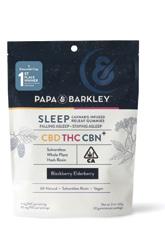
Cannabis entrepreneurs should understand that marketing takes time to succeed. “We are only now reaping the benefits of our marketing change to “efforts [which date back to 2015],” Rocourt said. “It’s not enough to put THC on a label, and expect sales.”
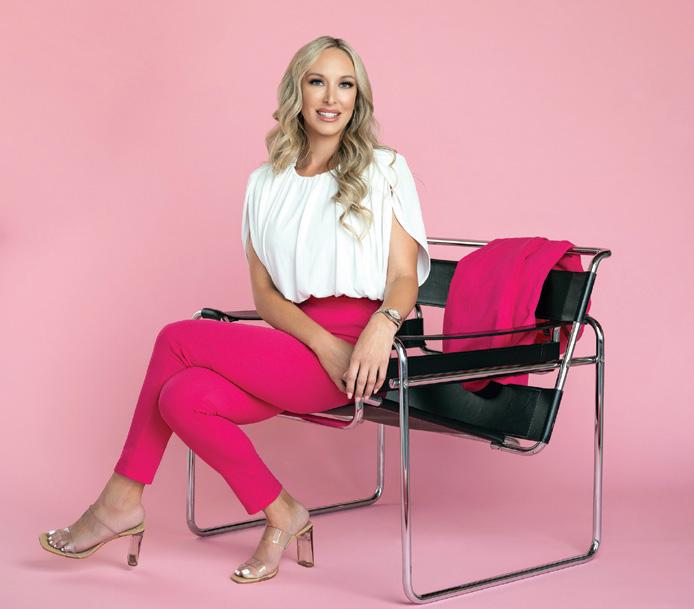
Gullickson says the novelty of cannabis attracts media attention. However, her two decades working in media have taught her that brands with a compelling story about why they’re different are likely more successful than those which don’t.

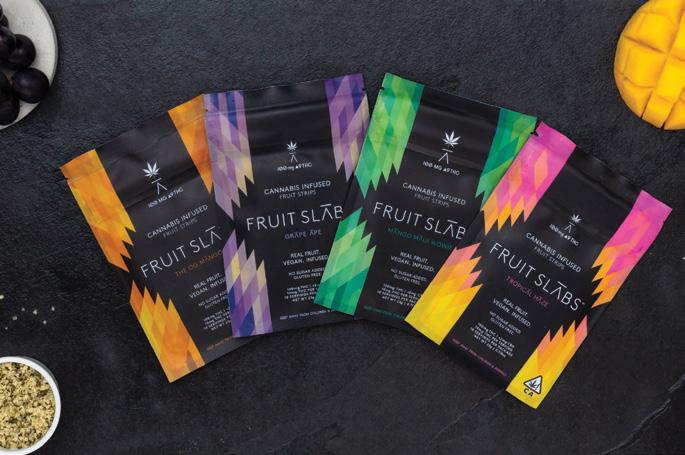

Gullickson laments branding strategies for cannabis that rely on an “old school, high ass approach to pot. That won’t earn your brand respect.” She also is not a fan of packaging or imagery that “sluts the industry out.”
Instead, she urges people in the cannabis industry to showcase it in a dignified manner. “Consistently demonstrate respect for your brand, too,” she said. “Always consider how what you’re doing impacts the cannabis community and its overall reputation.”
Speaking like the attorney he is, Dorsky said the biggest mistake to avoid in any business transaction, not just in branding, is people failing to “document, document, document. Don’t forget to put it in writing.”
Dorsky explained, “Any brand identity created by a third party should be accompanied by a written, enforceable agreement signed by all parties with authority to do so.”
Another mistake to avoid is expecting overnight success in the cannabis industry.
“Brand authenticity and credibility take years to build,” said Dorsky. “However, it can be destroyed overnight, so it is important for a brand to be committed to embodying its mission, not only in its products but in its culture, too.” ❖




Theterm “Kush” has been interchangeable with “high quality” for years. Before the days of what is now a widely regulated market in the U.S., black market sellers would tout their product’s potency by using the prestigious label.
Named after Matt “Bubba” Berger, Bubba Kush changed the face of the cannabis industry. Now, House of Kush, a legacy cannabis genetics company based in Denver, Colorado is using the original genetics of OG Kush, Bubba Kush, and several other strains that have become synonymous with the “OG” culture to provide authentic strains to the worldwide cannabis community.
House of Kush recently partnered with Clever Leaves, a
multinational operator and licensed producer of pharmaceutical-grade cannabinoids, to provide “Kush certified” legacy products to an international consumer base.
High-quality flower starts with top-tier genetics and seeds. While the Kush brand has become a household term for “fire buds,” the current federal status of the plant prohibits companies or individuals from patenting their intellectual property or trademarking their brands.
As such, many growers, manufacturers, and retailers have taken the Kush name and profited from the considerable clout it has gained over the years.
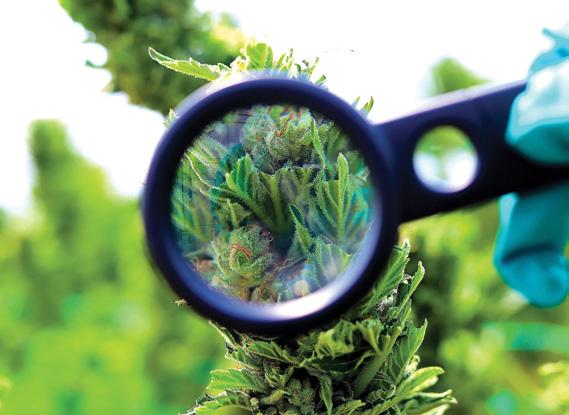

“What we’ve sought to do from the very beginning is we wanted
to identify the actual original genetics so that we knew that when we were coming to the market with Bubba Kush or OG Kush or any of these dozens and dozens of strains that we actually had the original genetics,” said
House
Gardner. “We have tracked it all down, so we have the original genetics. Ninety-five percent of the products on the market today that say they’re Bubba Kush or OG Kush are not the real stuff.


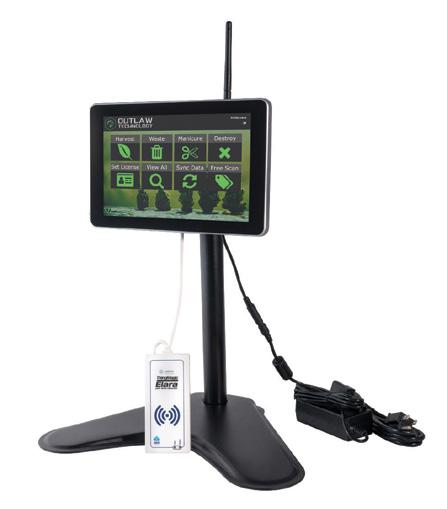

They’re hybrids. They’ve been crossed 74 times and passed down. People just use that name almost generically, almost like Kleenex or FedEx.”
House of Kush and Clever Leaves are reversing this trend by expanding the presence of authentic legacy strains internationally while disrupting the traditional cannabis production industry by leveraging environmentally-sustainable, ESG-friendly, industrial-scale, and low-cost production methods. This is achieved largely by creating grow facilities that integrate seamlessly with the natural weather of the regions in which Clever Leaves operates.
Clever Leaves currently has distribution and grow operations in Columbia, Portugal, Germany, Australia, Brazil, and Israel, and utilizes each region’s unique climate and landscape to build the most sustainable growing facilities possible without compromising quality.
“Part of what we did in the different geographies is recognize the differences and adapt their infrastructure to the realities of the different agronomic conditions of Portugal and Colombia,” said Clever Leaves CEO Andrés Fajardo. “But at the same time, we didn’t want to go and simply replicate an indoor grow in the middle of Colombia because then that doesn’t make any sense.
“So those are open greenhouses. Those are the same type of greenhouses used for cut flower production. Today, 70% or more of the cut flowers sold in the U.S. are grown in Columbia. And the reality is we were able to adapt the
growing techniques to the Columbian realities.”
The landscape of cannabis consumption has shifted recently to a more holistic approach. As more studies surface showing the benefits of cannabinoids other than THC, health-conscious consumers and medical patients are leaning toward strains that offer the plant’s full range of benefits. House of Kush strains use legacy genetics to ensure harvests of full spectrum flower with a dynamic terpene profile and an abundance of cannabinoids.

“When you take a look at most of these original legacy strains, most of them were lower THC. I’m talking in the teens, occasionally low twenties,” Gardner said. “The thing that I’ve always equated it to is when you go and you’re going to buy a dessert, you don’t look for the dessert that has the most sugar in it. You shouldn’t be buying your
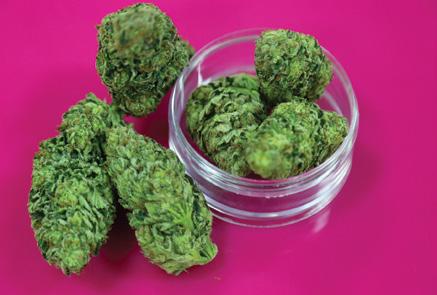
cannabis based on which has the most THC either.
“It’s an odd thing, sugar’s a part of the equation, you want a certain amount of sweet, but there are so many other things. ‘What are the other ingredients and the flavors?’ Same thing with cannabis. So for us, we do have some of those higher THC plants, but our core really is ‘let’s talk about the medical benefit of this plant, and let’s identify the strains that do have the right terpene profile and yes, the right THC balance and all of these other elements of it.

“The six of us on this call could pass around a joint, and we could have very different experiences with the same product,” Gardner continued.
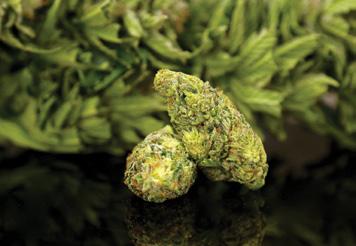
According to Fajardo, high THC content is still the dominant factor in consumer choice in countries like Portugal and Israel, but he sees that trend slowly changing.
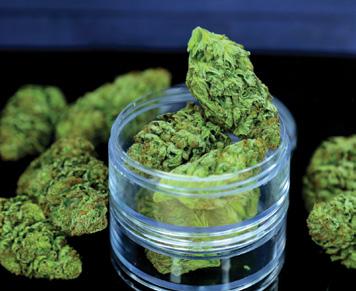
“The new thing is the terpene profile,” Fajardo said. “Can you get
it about 3%, 4%, 5%? So I think it’s going to change. I would say a year ago it was a completely different picture. So I think we’re just in the high THC rush of things, but I think that’s not going to be enough.
“The market’s going to segment itself and we’re going to have to find different genetics with different characteristics. And you’re starting to see Australia and starting to see that they want a strain with a different story, not just high THC.”
As consumers become more informed due to the proliferation of data on cannabis and the body’s endocannabinoid system, buying habits will change commensurately. However, regardless of the overall trend toward higher or lower THC, conscious buyers will always seek out brands that use the highest quality genetics and grow their harvest sustainably, practices
Clever Leaves and House of Kush have built into their DNA. ❖
CGM LABDAQ® is the leading laboratory information management system. Intuitive LIMS software to streamline your cannabis testing.

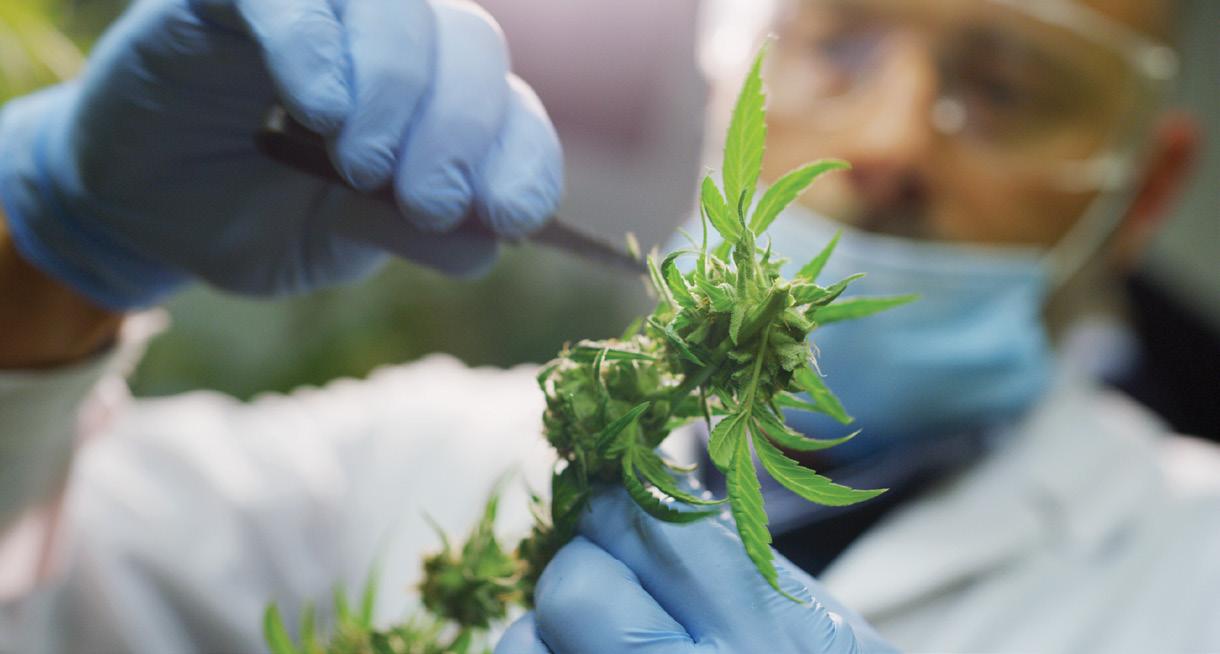
CGM LABDAQ is a user-friendly, intuitive LIMS that automates manual processes and drives the culture of connectivity in the cannabis industry.
Connect to:
• Testing instrumentation
• Regulatory software including Metrc
• Confident Cannabis
• Billing software
• Dispensaries
• Growers

Connect securely. Ensure data integrity. Increase efficiency, and comply with industry regulations.
Connect with us to learn more 1.800.359.0911 x 1002 sales.lab.us@cgm.com cgmcannabis.com
While federal legalization of cannabis continues to languish in the halls of Congress, the Biden administration is being proactive on the issue. On Oct. 6, in a historic move, President Joe Biden announced he will pardon all federal offenses of simple cannabis possession and called for rescheduling the drug.
Cannabis is currently a Schedule I narcotic under the Controlled Substances Act of 1970. According to the CSA, Schedule I drugs have “no currently accepted medical use and a high potential for abuse.” This classification impacts the legality of possessing the substance and limits medical and scientific research.
“This is the same schedule as for heroin and LSD, and even higher than the classification of fentanyl and methamphetamine — the drugs that are driving our overdose epidemic,” Biden noted.
All Marijuana Laws are Not Created Equal
While the announcement falls short of full decriminalization, it will change the lives of thousands of Americans currently incarcerated for cannabis possession.
“No one should be in jail because of marijuana,” Biden said during his presidential campaign. In a statement he added, “It’s time that we right these wrongs.”
More than 6,500 individuals have been convicted of or are being held on simple federal marijuana possession charges.
According to Nancy Whiteman, CEO of Wana Brands, a cannabis edibles company, Biden’s move to pardon those affected by federal possession charges “is an important step in full decriminalization and a meaningful way to begin to address the racial disparities around the arrests and convictions of BIPOC people.”


Columbia Care, an international cannabis operator, echoed Whiteman in a statement from Senior Vice President of Corporate Affairs Adam Goers.
“The President, by pardoning thousands of individuals who simply possessed cannabis, made an important and positive step,” Goers said. “The process to reschedule the legal classification of cannabis is another step in the right direction. We hope the administration will swiftly enact these measures and fulfill the President’s other campaign promises that would normalize cannabis.”
In his statement, Biden acknowledged the disproportionate impact cannabis charges and convictions have had on BIPOC communities.
“Sending people to prison for possessing marijuana has upended too many lives and incarcerated people for conduct that many states no longer prohibit,” he said. “Criminal records for marijuana possession have also imposed needless barriers to employment, housing, and educational opportunities. And while white and Black and brown people use marijuana at similar rates, Black and brown people have been arrested, prosecuted, and convicted at disproportionate rates.”
The announcement is, in many ways, a continuation of the policy created by the Obama administration in 2013.
President Barack Obama helped to open the floodgates to state legalization during his second term when his administration announced it would not challenge laws legalizing cannabis in Colorado and Washington as long as those states maintain strict rules involving the sale and distribution of the drug.
In a memo to U.S. attorneys in all 50 states, Deputy Attorney General James M. Cole said the Justice Department is “committed to using its limited investigative and prosecutorial resources to address the most significant threats in the most effective,
“
The President, by pardoning thousands of individuals who simply possessed cannabis, made an important and positive step.”
~ Adam Goers
“[Biden’s decision] is an important step toward full decriminalization and a meaningful way to begin to address the racial disparities around the arrests and convictions of BIPOC people.”
~ Nancy Whiteman
consistent, and rational way.”
The Biden administration is taking that sentiment further by calling for an end to simple possession charges and a review of the current scheduling of a drug that has proved to be an invaluable medicine to patients across the U.S.
Keeping in line with what former Deputy Attorney General Cole stated, however, pardons will not include those convicted of the sale or trafficking of cannabis.
While Biden called on state governors to follow the precedent set by his administration, organizations in one state are leading the way to cannabis conviction expungement, independent of Biden or the federal government.

Amendment 3 is an initiative in Missouri to legalize and tax cannabis and would be the first piece of legislation to expunge cannabis arrest records.
GreenLight, a prominent cannabis company
headquartered in Kansas City, Missouri, has been on the frontlines pushing for the initiative, bringing interested parties together into a formidable coalition.

“Specifically here in Missouri, we’re instrumental and really the entire industry got behind the initiative,” said GreenLight CEO John Mueller.

“We got the NAACP and NORML, and all the licensees. So, we’re really proud that we can bring a coalition, and nobody on the other side thinks they’ve got left out of the equation.
“Our statewide coalition of activists, business owners, medical marijuana patients, and criminal justice reform advocates has worked tirelessly to reach this point, and deserves all the credit,” said John Payne, campaign manager for Legal Missouri 2022, another group that pushed for the ballot question.
The federal pardon will undoubtedly have a positive impact on the thousands of
individuals currently being held on federal possession charges, but constitutional amendments like the one in Missouri could ultimately be more consequential. Federal convictions pale in comparison to the number of state possession charges. While Medical cannabis use is legal in 39 states and the District of Columbia, and adultuse of cannabis is legal in D.C. and 19 states, there are still as many as 30,000 individuals incarcerated on the state level for marijuana charges.
Additionally, constitutional amendments are a more substantial hedge against future cannabis-related incarceration than a presidential pardon. What the move by the Biden administration does do, however, is set a precedent and a mandate — at least to his democratic colleagues. State governors and lawmakers will be under pressure to continue the momentum on legalization and expungement that the announcement created. Though, in 2022, the question must be asked: What took so long? ❖
“Specifically here in Missouri, we’re instrumental and really the entire industry got behind the initiative.”
~ John Mueller
“Our statewide coalition… has worked tirelessly to reach this point, and deserves all the credit.”
~ John PayneOfficial White House Photo by Adam Schultz
 By Ebby Stone
By Ebby Stone
More than 41 million people visit Las Vegas, Nevada each year. It’s a haven for foodies, theatergoers, and risk-takers. Beyond the bright lights and diverse attractions, Vegas is a robust ecosystem for cannabis businesses. It’s tax-friendly, a vibrant tourist hub, and wellregulated to benefit cannabis entrepreneurs.
Nevada voters passed the Regulation and Taxation of Marijuana Act in 2016. It legalized the purchase, possession, and consumption of adult-use cannabis for people 21 and older. While the “Entertainment Capital of the World” has always attracted tourists, it’s now a mecca for cannatourism. In the six years since legalization, Nevada entrepreneurs have been busy establishing some of the most unique and alluring cannabis dispensaries in the country. Their efforts have not gone unnoticed by cannabis enthusiasts. Cannabis sales totaled just under $1 billion in the 2022 fiscal year, according to the state Cannabis Compliance Board. Most of that revenue came from Clark County (where Las Vegas resides), which generated $754,357,922 in sales.

Nevada charges a 10% excise tax on recreational cannabis sales, all of which is earmarked for education funding. For business owners, Nevada is a tax-friendly state. It has no personal income tax, franchise tax, unitary tax, inventory tax, inheritance tax, or estate tax. The Las Vegas Global Economic Alliance also offers a free operating cost comparison so entrepreneurs can compare Vegas with other U.S. metropolitan regions.
Of the 102 licensed dispensaries in Nevada in 2022, 57 are in Las Vegas and Clark County. While it’s a competitive landscape, there are plenty of compelling reasons to do business in The Silver State.
The U.S. Bureau of Labor Statistics reported it’s the top state in America for job growth. Further, the Las Vegas Global Economic Alliance noted it consistently ranks as one of the nation’s highest in growth and investment. In this Tech Zone, we’ll explore the innovators and industries making Nevada one of the hottest cannabis hubs in the Western U.S.


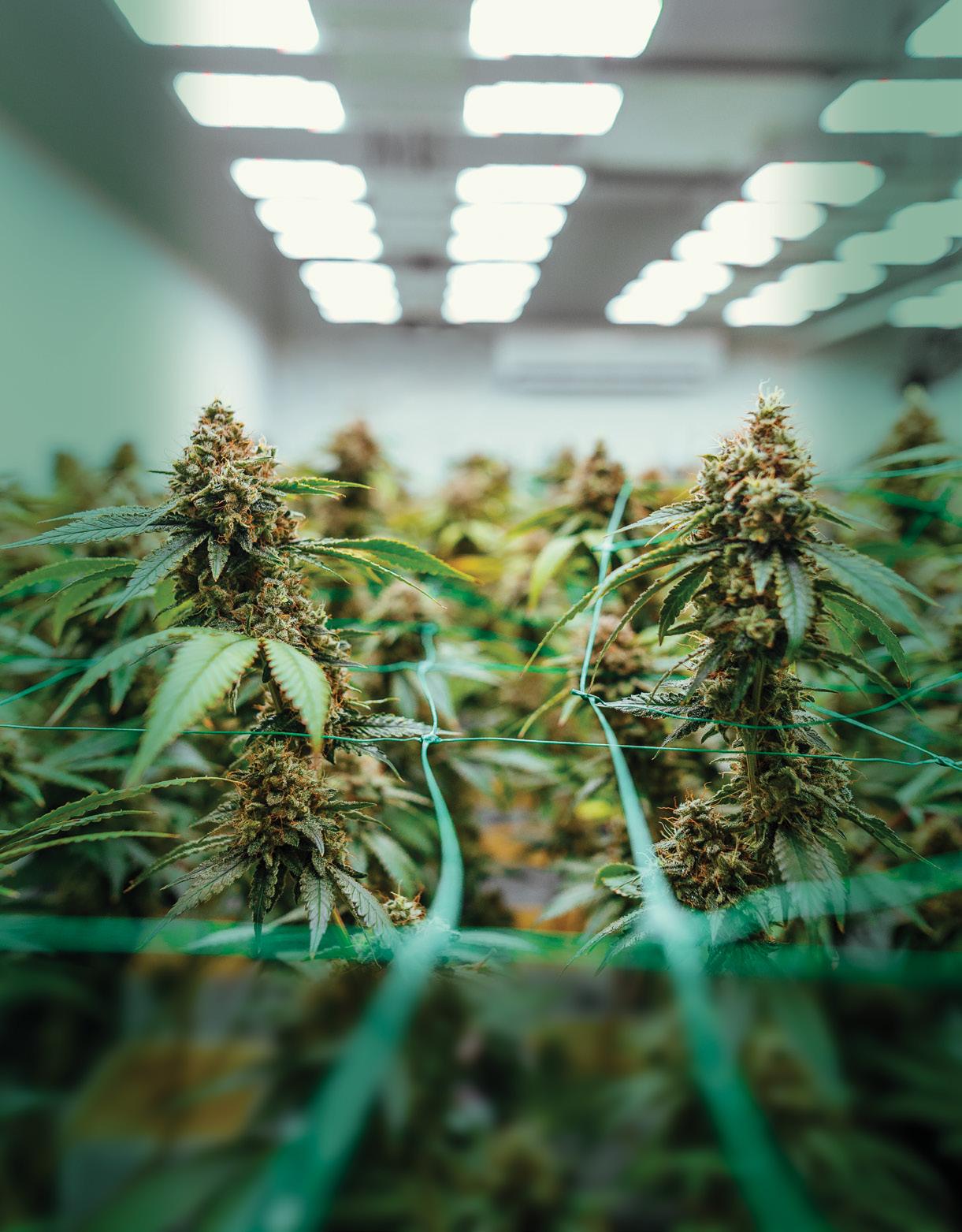


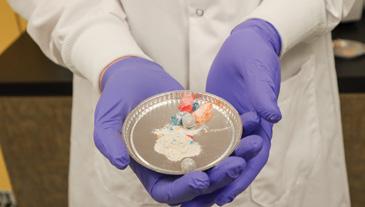
One benefit of cannabis legalization is consumer confidence and safety. It was one of the main arguments for adult-use legalization. In Nevada, medical cannabis testing covers a range of contaminants and heavy metals, as well as THC and cannabinoid potency. Despite high demand, there are only 10 licensed cannabis testing laboratories statewide. Those few are serving a record number of clients.
While many labs are only recently established, others have decades of experience to support their reputations. Taylor Coomer, Plant Safe LLC director of operations, said Plant Safe’s experience helped them quickly adapt to the needs of the cannabis sector. “A lot of the protocols utilized in the cannabis analytical space are similar to testing protocols used in other industries, such as the pharmaceutical and food science industries,” Coomer said. “It’s less reinventing the wheel and more taking something that exists and adapting it for cannabis.”

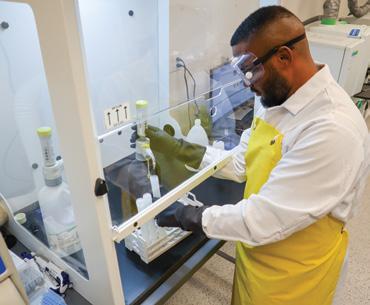
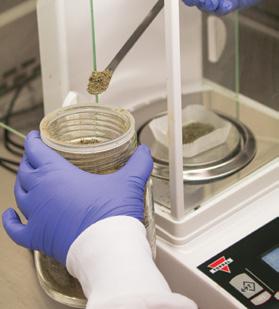
With so few labs operating in the state, operators are under increasing pressure to find reputable partners. It’s an issue that has become more important as several Nevada labs have lost their business licenses due to unscrupulous
practices. Alec Garcia, a managing partner of 374 Labs in Nevada, told the Reno Gazette Journal his lab is suffering because “people are looking for a competitive advantage.” His clients compare results from 374 Labs with others whose analyses are more appealing, albeit false.
Lindsay Wagner, Plant Safe’s director of systems and analytics, explained why finding a lab partner with ethical standards is essential. “Whoever our partner is, whether it’s a patient, researcher, or grower, they feel like they’ll succeed because Plant Safe is supporting their business through science, consistency, and accurate reporting,” Wagner said.
Plant Safe’s background in medical testing helped it adapt to the pace of cannabis testing. During the COVID-19 pandemic, Plant Safe responded to unprecedented demand for rapid testing. The company needed duplicate equipment to keep pace and protect its bottom line when machinery needed repair. Wagner said it’s a valuable lesson for the cannabis industry as well. “We have a robust redundancy of equipment, which is something that’s unique in this space, but it’s something that spawned
from the lessons we learned during the height of the COVID-19 crisis.”
Candice Leger, Plant Safe VP of business development, said experienced staff is another indicator of a quality lab partner. “To back the redundancy of instrumentation, we also have the knowledge base. The majority of the lab techs and supporting staff have backgrounds in the cannabis industry.”
Experience, ample equipment, and a collaborative attitude can make all the difference in separating a poor-quality laboratory from a top-tier facility. Many Nevada cannabis companies are discovering when a laboratory fails, its clients fail — and consumers pay the price. ❖
“A lot of the protocols utilized in the cannabis analytical space are similar to testing protocols used in other industries, such as the pharmaceutical and food science industries,” said Plant Safe Director of Operations Taylor Coomer.


Cannabis cultivation is often a process of delayed gratification. After months of growing, cultivators spend weeks drying and curing crops to create beautiful, shelf-worthy flower. The drying process can be tedious and laden with risks.
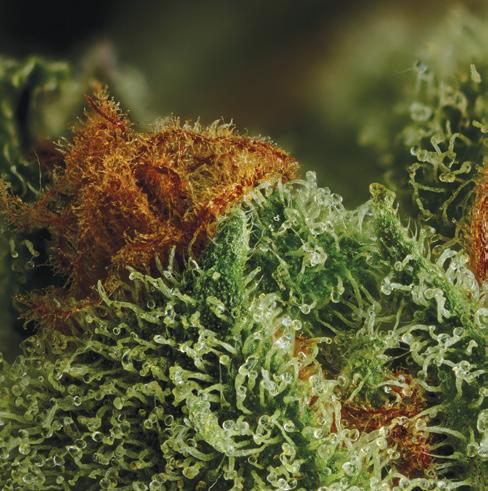
Nugs that have lost too much moisture (an easy feat in Nevada’s climate) offer a less desirable smoke and sell for less at the retailer. If the humidity in the drying room is too high, mildew quickly settles into the product. Whether its valuable real estate lost to drying or burdensome HVAC expenses, crafting the perfect crop doesn’t stop at harvest.
When flower is ready for testing, Nevada regulations allow only 15% moisture content. Loss of terpenes and flavonoids are some of the first noticeable signs the flower hasn’t been properly dried. Improperly cured buds smell less fragrant, taste less flavorful, and ultimately have fewer effects than well-cured flower.
Cryo Cure CEO Tracee McAfee told Cannabis & Tech Today the preservation process can dramatically alter a plant’s chemical profile. McAfee and her business partner, President and Chief Cultivation Officer Greg Baughman, created a patented technology that dries and cures flower in less than 24 hours from the time of harvest.
While based in freeze drying technology, Cryo Cure is distinct from conventional freeze drying. Where conventional methods leave trichomes brittle and the flower too fragile to handle, Cryo Cure locks in moisture content between 6% and 12%, depending on the cultivar’s needs — just enough to benefit from freeze drying without negatively affecting flower quality.
“Commercial freeze dryers don’t preserve the terpene and moisture content like our proprietary technology can,” noted McAfee. She describes Cryo Cured cannabis as “live resin flower.” While freezing flower for live resin
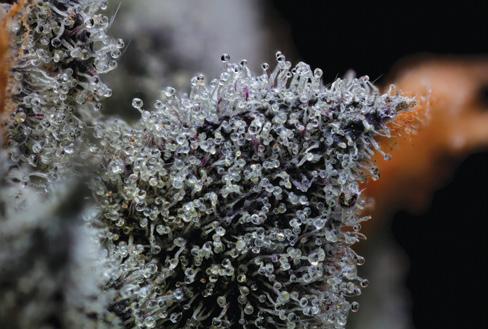
extraction isn’t new, smokable flower in this state is garnering more attention.
As cannabis markets mature, so does the customer base. People who once asked for high-potency strains begin to shift into more sophisticated buying patterns. MJBizDaily spoke with Ann DeMarco, a Coloradobased retailer, to find out what her customers are asking for. “We have an awful lot of consumers who ask for specific terpene profiles to help them achieve certain outcomes, such as something to help them sleep, something that will help with pain, something that will help relieve migraines,” DeMarco said.
While many of Nevada’s visitors are tourists from states yet to legalize cannabis, the whole country is becoming more familiar with the plant. Medical cannabis is now legal in 32 states. Retailers are dealing with the most educated customers in cannabis history. Many are seeking relief from medical issues while hoping to avoid pharmaceutical pain relievers.
“We’re able to preserve so many of the terpenes that naturally burn off when [flower] is hanging there to dry,” McAfee noted. “We’re
getting a terpene called carene; it’s a fragile terpene that normally dissipates just in the air. Well, we’ve suspended that with our Cryo Cure process. So now you can get the bone healing and anti-inflammatory properties it offers,” she added. Whether customers are seeking medical relief or tasty terpenes, the solution to repeat business is in the cure. ❖
“Commercial freeze dryers don’t preserve the terpene and moisture content like our proprietary technology can,” said Cryo Cure CEO Tracee McAfee.

The Silver State is home to more than 100 cannabis production facilities and over 100 dispensaries. The top sellers for these businesses are vapes and pre-rolls, particularly in tourist destinations like Las Vegas. Data company Headset reported that pre-roll sales have increased by 38.9% since 2020. Pre-rolls tend to have a high profit margin for retailers and are popular with customers. They are portable, discrete, and accessible for everyone, from the connoisseur to the novice. Plus, they don’t require any special equipment to smoke, which means there’s nothing to dispose of before entering an airport or traveling across state lines.
As demand ramps up, more companies are opting for automated solutions. Automation provides consistent results 24 hours a day, without pulling from a company’s labor pool. PreRoll-Er, an automation company with locations in Canada and Las Vegas, NV, offers seven pre-roll machines to suit big or small producers. The company allows its clients to start modestly with the PreRoll-Er 100 and grow up to the 800 model without losing their initial investment. Options range from 500 to 4,800 pre-rolls an hour. PreRoll-Er’s machines also feature an optional direct-oil injection system for infused products.

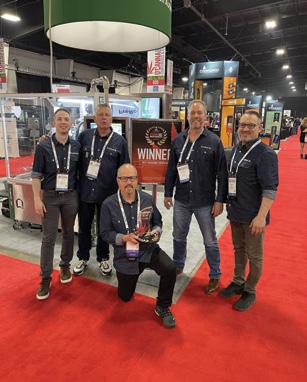
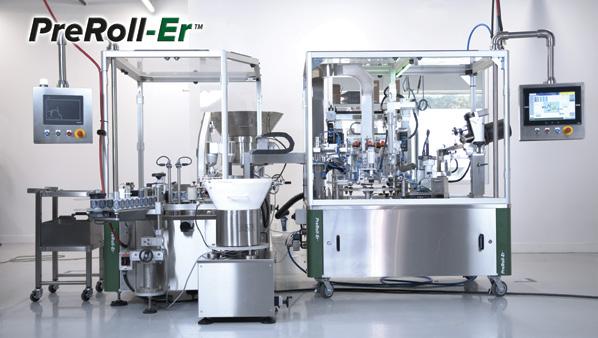
The company chose Las Vegas as its American base of operations because it’s central to some of the largest cannabis markets in the country. “First of all, who doesn’t like to go to Vegas? And it’s central because California is the biggest market right now, but surrounding states have [legalized] too, so to be right in the middle is ideal,” PreRoll-Er Marketing Coordinator Patrick Grenier told Cannabis & Tech Today. “Traveling is easier from Vegas, too, because there are flights everywhere,” he added.
Flower remains the most popular cannabis product in America, another reason pre-rolls have an edge. While cannabis flower tends to have 18-30% THC potency, pre-rolls can be infused with concentrates such as oil, caviar, diamonds, or other forms of concentrated cannabis. The resulting infused pre-rolls can have THC potency of up to 50%. This allows customers to reach the potency levels they want while still consuming their preferred product — flower. PreRoll-Er designed its products for versatility, offering regular pre-rolls and infused options in one machine. The company’s innovative designs helped it win the “Best Packaging Equipment” award at the O’Cannabiz Industry Awards Gala in 2022.
Nevada is home to some of the country’s top
cannabis dispensaries. With millions of visitors pouring into the state each year, it’s quickly becoming one of the cannabis industry’s most innovative technology centers. Grenier offered these words of caution, noting the temptation to put style over substance is strong in Sin City.
“You’re spending so much money on packaging and marketing that you forget the most important thing, which is when you sell a preroll, that’s the last thing the customer is going to take from your company. If you do a bad job, you can forget about repeat business — and repeat business is the name of the game.” ❖
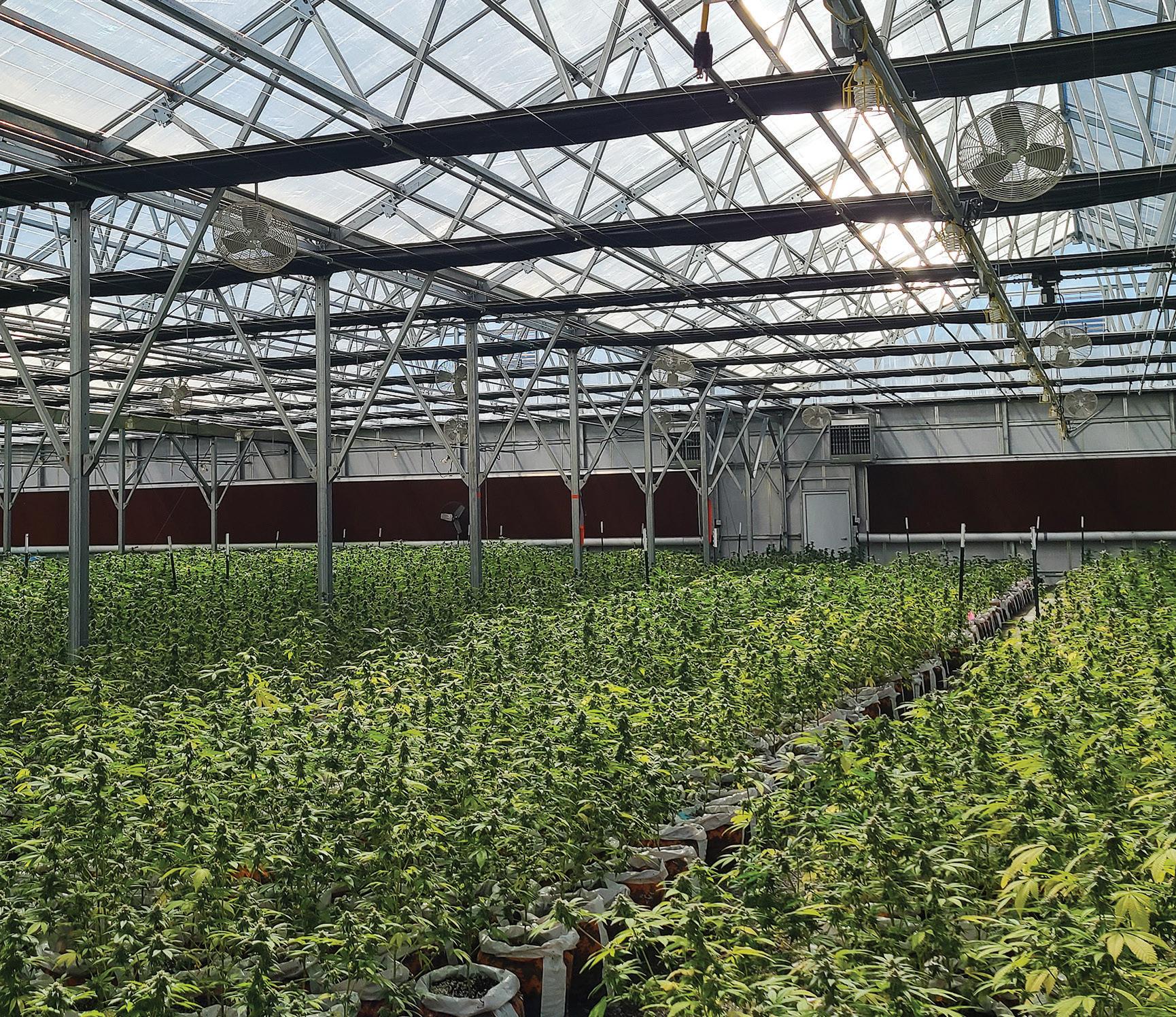
















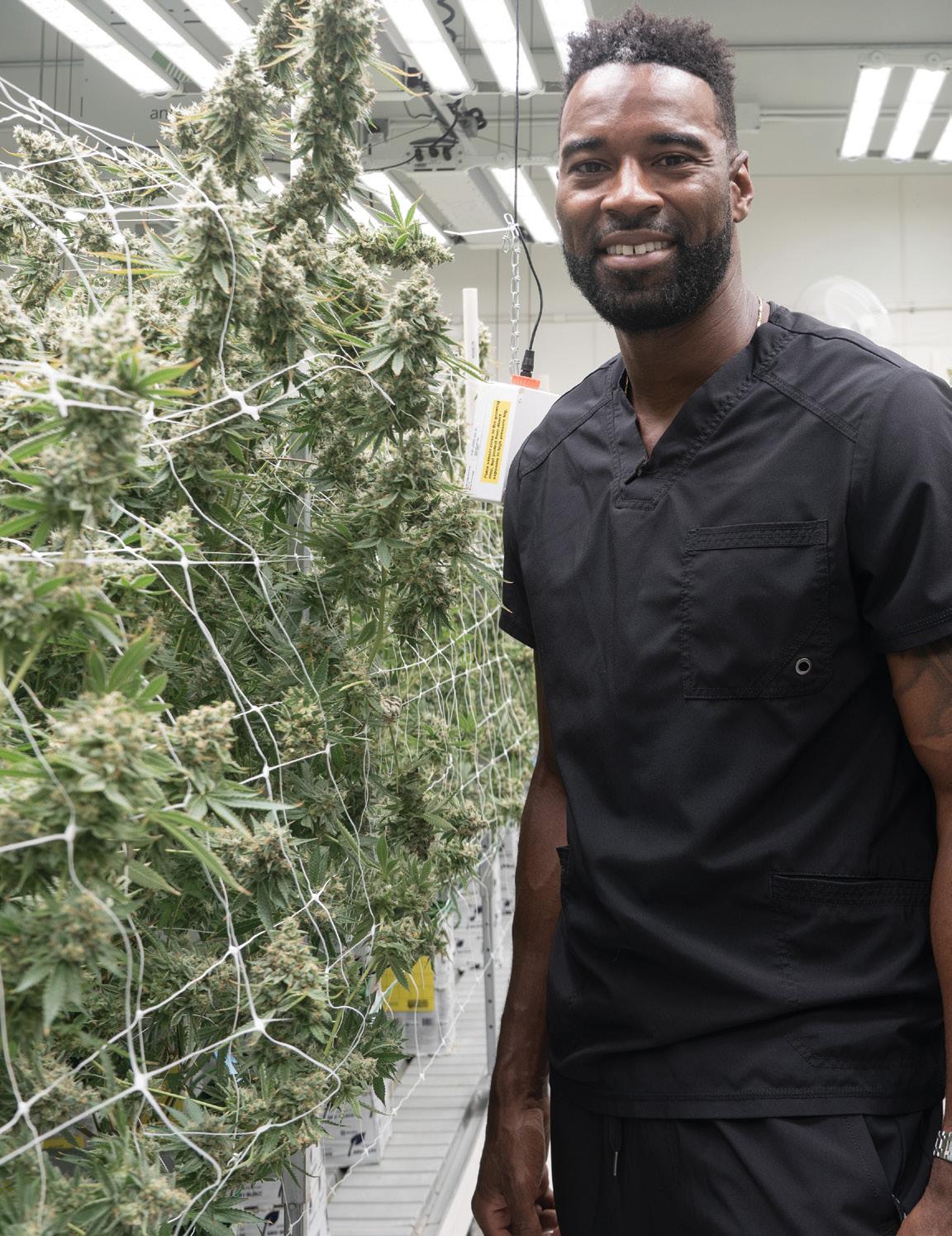
Torn rotator cuffs. ACL and MCL tears. Shoulder separation. These are some of the most common injuries sustained on the football field. Pro players like former Detroit Lions wide receiver and 2021 NFL Hall of Fame inductee Calvin Johnson Jr. know these terms all too well. In his nine seasons in the top league of one the most demanding sports known to man, Johnson picked up more than a few knocks, leading to chronic pain and inflammation.
Cannabis’ unique properties allowed Johnson and his teammates to medicate naturally, avoiding the myriad pitfalls associated with opioid treatment. For Johnson, it was a logical process to take the passion he has for the plant and turn it into a business that could help communities experience the same healing that enabled him to get back on the field week after week.

That’s why, when he retired from an illustrious career that saw him become one the greatest wide receivers of all time, he turned to cannabis cultivation and retail.
“I had a passion for cannabis since I started using it when I was in the league,” Johnson said. “I knew there was some healing behind it because it kept me away from the opioids and what was prescribed for the most part in those days. For one, they didn’t sit well with me. But I always was in the mindset of putting natural things into my body. So cannabis being one of those things, I really believe in the healing powers.”
Shortly after retiring in 2016,
Johnson entered the cannabis space, buying up real estate for cultivation. The ventures ultimately led to Johnson cofounding his cannabis brand, Primitiv, in 2021 — the same year he was inducted into the NFL Hall of Fame.
According to Johnson and his team, Primitiv is dedicated to the advancement of cannabis as a form of elevated wellness, believing that the plant holds incredible potential as a healing agent. It is an ethos he and his fellow co-founders, many of whom are former Lions teammates, live and breathe, as many of them have personally benefited from plant medicine.
Only a year on, Primitiv boasts a 12,000-square-foot grow facility with over 3,600 square feet of canopy space that can grow more than 2,000 plants at any given time, along with a flagship dispensary in Niles, Michigan.
Primitiv also recently teamed up with FOHSE, Inc., a leader in the cannabis cultivation space — specifically LED lighting. LEDs have become a game-changer for cultivators in the last few years due to their broad-spectrum UV qualities and low energy strain compared to high-powered sodium lights and other alternatives.
Cannabis & Tech Today Editorin-Chief Charles Warner recently chatted with Johnson about his newest venture and collaboration with FOHSE. This interview has been edited for length and clarity.
Cannabis & Tech Today: How did you enter the cannabis space?
Calvin Johnson: I had a passion for cannabis since I started using it when I was in the league. I knew there was some healing behind it because it kept me away from the opioids and what was prescribed for the most part in those days. For one, they didn’t sit well with me. But I always was in the mindset of putting natural things into my body. So cannabis being one of those things, I really believe in the healing powers.

I was just like, ‘Hey, we have the opportunity to get into the business here in Michigan through real estate.’ And we were like, ‘Hey, we could be the landlords here or we could put the team together.’ And we proceeded to do the latter. And now four, probably going on five years later, we’ve been in the cultivation space and opened up our retail this past year. So it’s been a journey, and FOHSE [lighting] is new for us. Being able to implement them into our facility is one thing that’s going to do great things for our productivity, and save costs, along with creating great yields for us.
C&T Today: Tell me about your journey with Primitiv.
CJ: We launched the brand in early ’21. We branded ourselves Primitiv because cannabis being a plant medicine is one of the earliest known healers. Our plant medicines, cannabis being one of those, are truly primitive in name. So that’s where we got our name, and we wanted to focus on the wellness side of the business. We saw there are a lot of benefits. Especially for myself being an athlete, seeing all the benefits I was able to have, especially when it comes to inflammation.
And then, just knowing that this is an untapped industry. There are so many applications to be made from cannabis that it is exciting to have the opportunity just to be in the industry from the beginning. As of this year, we’ve become full vertical. We started in
cultivation here in Michigan and worked our way into getting a processing and retail license. So we have the ability to do many things in this industry and obviously, flower is one of the things, but being innovative will be our second act as far as being in this industry and being a trailblazer.
C&T Today: Michigan’s a pretty good market, isn’t it?
CJ: It’s a good market, but there’s a lot of saturation now when it comes to different licenses. You just have to really be conscious of your next move because if you’re really trying to have a whole bunch of cultivation and you don’t have an outlet to back them up in retail, then you have to ride the wave in the market.
C&T Today: How did you start your relationship with the lighting company FOHSE?
CJ: We started the relationship in early ’21 by buying some lights. We wanted to just get more productive with our numbers, and we just wanted to have a better yield. We felt like LEDs were the play of the future. So, we did our homework and at the end of the day, FOHSE was the one that just was coming out on top
from our research. Our cultivators’ research, our consultants’ research, we were all able to agree. So I think we purchased a room worth of lights, and we had success with them. That just led to further conversations and into where we are today.
C&T Today: What have you noticed in terms of yields since making the switch to LED? You’re obviously involved with all the aspects of the business, you’re not just a name on it.
CJ: Yeah, absolutely. We built this thing from the ground up. We are not like... You usually see somebody come in and use the advertising and whatnot. We started this thing. We’ve done every job in the facility. Whether we do it very well or not, that’s left up in the air [laughs]. But we’ve been up to every job in this whole … from the retail side to cultivation ... Not necessarily processing. That’s a little bit out of our realm. But definitely have the teams and the people in place to do those things.
With yield, I remember our first harvest, I think we hit maybe around five or six, or just under six pounds a light. But it was something tremendous. It is ridiculous. You don’t believe it when you hear it. But the funny thing is, all of



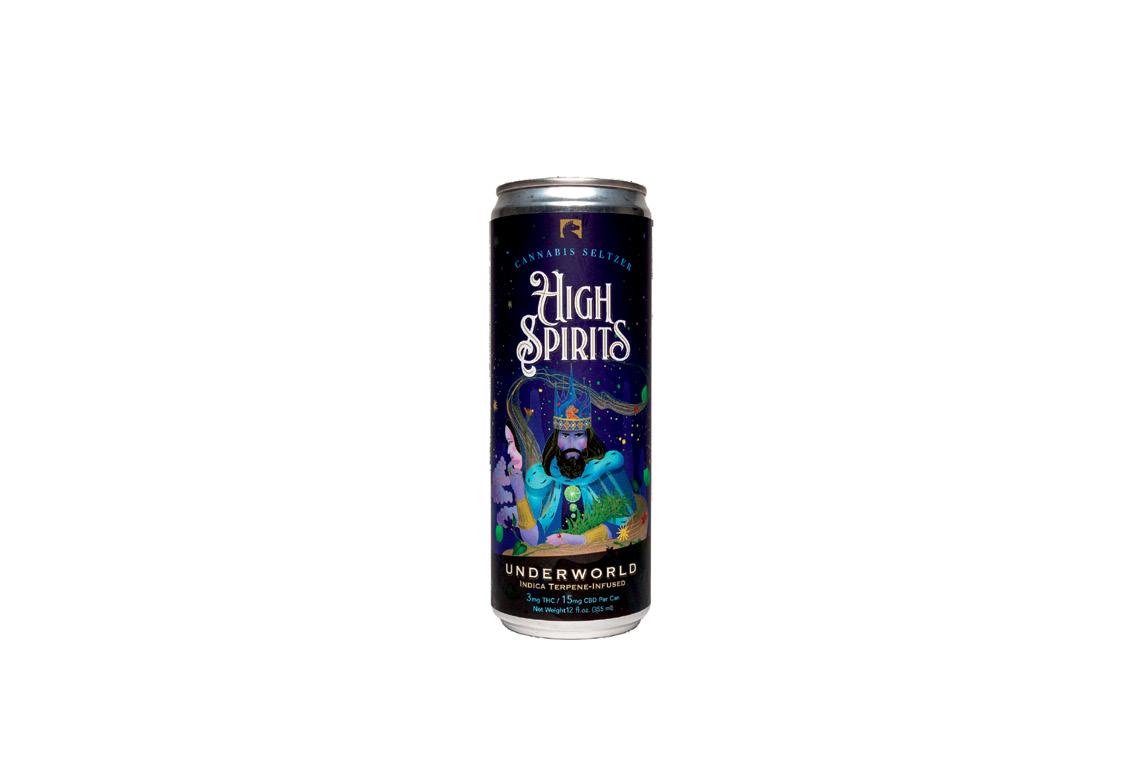
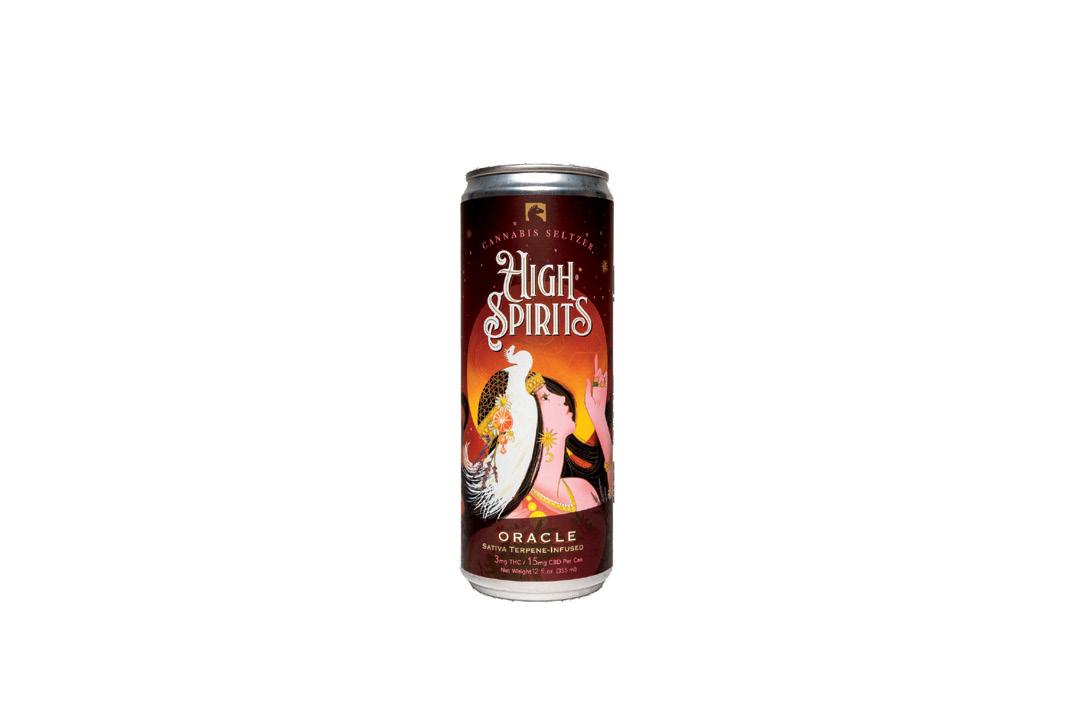
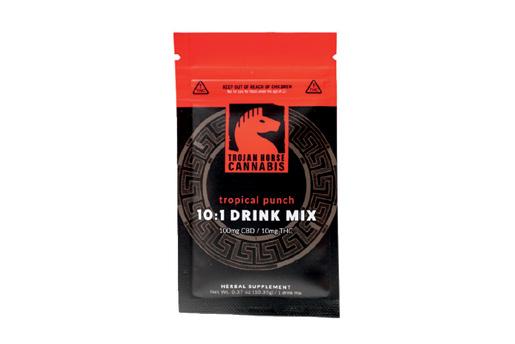
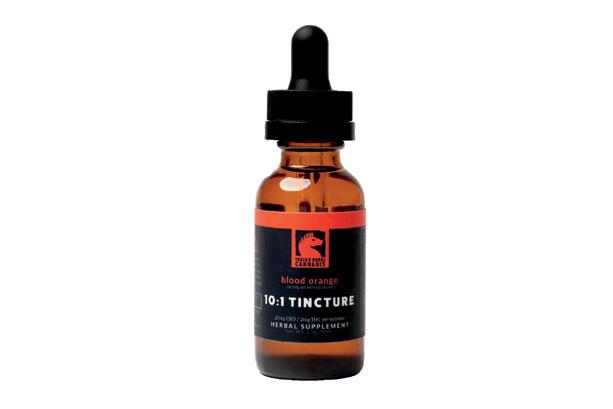
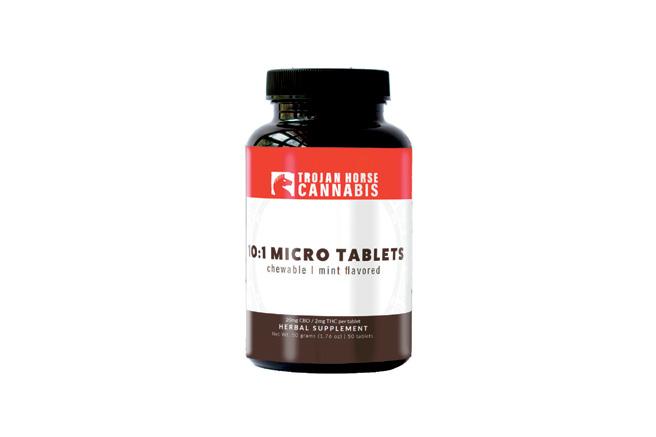
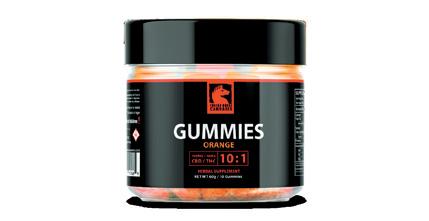
the people that we’ve talked to that used FOHSE lights in their cultivation, they were saying they were getting around that six-pound number. I think somebody might have even mentioned seven. So I’m just sitting here, like ‘No way.’ But lo and behold when we did harvest, we had those results on our first run, which is amazing. So it just goes to show you, it’s something going on with those lights, man. They’re great quality, and we’re able to tune the spectrum, which is awesome, being able to customize that.
C&T Today: It sounds like you’ve got a great team there. Is there anything that you noticed you have brought over from your culture of being an athlete that applies to your teamwork now? Whether it’s communication or work ethic. What translates from your days as an athlete to now being an entrepreneur and having a team?
CJ: Oh yeah, there’s so many different things, and all those that you mentioned: perseverance, hard work, but understanding that there’s going to be obstacles. As a football player, you don’t win every play out of those victories, but understanding that when there is a setback, you have to get your mind and attitude and effort back to 100% going into that next place. So, if
there’s something that happens at work, we need your mind to get back and reset so that we can continue to find solutions to issues.
C&T Today: Can you speak to the healing part of the plant? You mentioned that even when you were playing, you tried to stay away from opioids.
CJ: For sure. Definitely didn’t have the knowledge base when I was playing that I have now about just our endocannabinoid system and how it reacts to different cannabinoids, terpenes, and compounds. Rewinding to my playing days, I used it for getting great sleep, to help out with the pain. It helps knock the edge off that pain. Knowing what I know now, and the new, different applications that are coming, it would’ve been more of a part of my regimen had I had the knowledge that I have now. At the same time, the technology wasn’t where it was today when I was playing. So, the only way was to roll up a joint or do a bowl or use a volcano to affect that healing. But it was awesome for me, for just recovery, because sleep is a huge part of that recovery. Being able to deal with the pain, that’s part of quality of life.

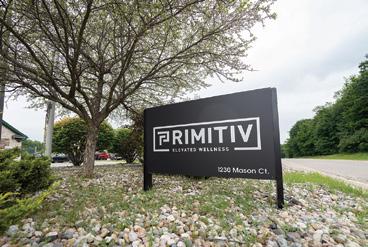
C&T Today: When you played, cannabis was frowned upon. Players would be suspended. Was it just common knowledge among the
CJ: I think within the culture of cannabis, there’s always been that knowledge that this has been a healing agent. But the way it’s been demonized over the last however long, a lot of people saw it as taboo until you actually had an experience with it. But, at least half the players in the league consume cannabis... Or, I don’t know what that number is now because I’m not there. But it’s a very large percentage, especially with the way the rules have relaxed now.
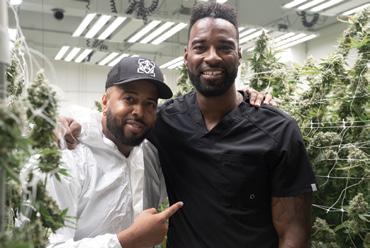


C&T Today: Do you think there will be a day when cannabis or CBD will be just a normal part of the trainer’s regimen?
CJ: I believe at some point it will be a common practice. It’s funny because you start to see when there’s no other resort that doctors have, whether it’s a cancer patient or what have you, they send them to try cannabis. And there’s been some success stories there, too. A lot of times it’s about quality of life. But, yeah — 100%.
Everybody deals with pain, everybody deals with inflammation, and everybody deals with needing to recover, whether it is hydration or sleep, those are all things that cannabis can directly affect. ❖





More than 10 million Americans misused prescription opioids in 2019, aaccording to the annual National Survey on Drug Use and Health. Former Buccaneers offensive lineman Ian Beckles feels that number is too high. During his time in the National Football League (NFL), Beckles saw how players were expected to handle pain. “How we dealt with pain was the way the doctors presented it to us, and that was with pills,” Beckles told Cannabis & Tech Today in a recent Cannabis Tech Talks podcast appearance.
He shared his disgust that players were advised to take addictive medications, “stuff that’s killing people every single day,” rather than anti-inflammatories like cannabis or CBD. “Instead of handing out pills, they should be handing out joints as everybody’s leaving the complex,” Beckles added.
Beckles advocates for cannabis as well as other plant-based substances, such as kava. He owns and operates Dignitary Tea and Kava House in Tampa, Florida. “I drink it in lieu of alcohol and pills and it makes me feel good,” he said. “I’m all about plants over pills.” Dignitary Kava House is also home to Tampa Bay’s first medical cannabis consumption lounge. The establishment is part of his Dignitary Life brand established in 2015.
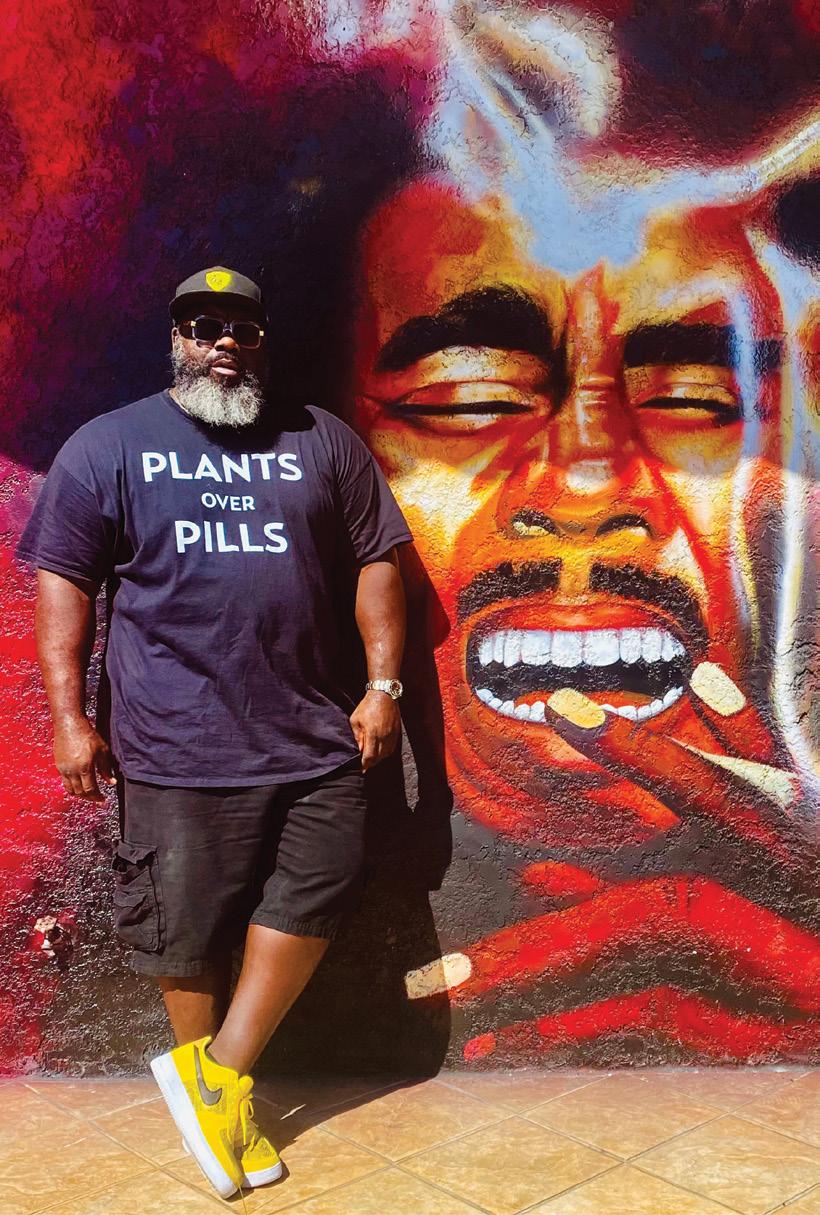
The brand encompasses several of Beckles’ on-air offerings. He’s spent more than two decades engaging with the Tampa Bay community as a radio and podcast host. Beckles & Recher on 95.3 WDAE and In the Trenches offer sports insights, while Plant Power and Flava in Ya Ear cover plant medicine and pop culture, respectively.


His Plant Power podcast features politicians, musicians, doctors, and innovators sharing insights on cannabis, kava, kratom, ayahuasca, and all things natural. Each session is recorded live from Dignitary Kava House. Beckles remarked more than once during his discussion with Cannabis & Tech Today that plant-based therapies aren’t more popular because pharmaceutical lobbyists are financially invested in hampering alternative medicines.
A recurring theme in many of Beckles’ discussions around cannabis is the need to move away from pharmaceuticals. A peerreviewed research article published in the journal PLOS ONE in September found pharmaceutical companies lose money each time a state legalizes cannabis. The average market loss for drugmakers is nearly $10 billion per legalization event.
These numbers indicate cannabis is an effective medicine for people in legalized states. They also demonstrate that pharmaceutical companies have a lot to lose from cannabis. There is a massive economic incentive to lobby against legalization.
Beckles believes the core of prohibition is financial.
“If people figure out that CBD
can help you out, Big Pharma will lose trillions of dollars. I mean, the number is astronomical, so they don’t want that out there.”
Beckles noted about plant medicine and alternative therapies on his podcast Plant Power
He offered an example of the problem with overprescribed pharmaceuticals.
“I just had an appointment the other day with a neurologist for the NFL. At the end of the appointment, he goes, ‘You clearly don’t have CTE.’ And I say, ‘No, I know that, but I have to do this, as you know.’ At the end of the whole thing, he goes, ‘Do you want a prescription for Adderall?’”
Beckles continued, “I asked why, and he goes, ‘Do you want it?’ And it just blew my mind. That’s got to stop. Those are the thieves and the burglars screwing the rest of the country, and they’re also the ones living on top of the hill in the biggest houses.”
Beckles’ nine-season career in the NFL left him with chronic knee pain. While he noted he didn’t start using cannabis until he was 35, he said had he started using it during his NFL career he “would have probably been a better athlete.” He shared he was fearful of it growing up because he didn’t want to “get busted for marijuana” and have it impact his dreams of playing in the NFL.
Many readers are likely familiar with NFL players suspended for cannabis use. Randy Gregory, a defensive end for the Dallas Cowboys, was suspended for the
entire 2017 and 2019 seasons for failed marijuana drug tests. Miami Dolphins running back Ricky Williams was suspended multiple times for cannabis use before ultimately retiring and pursuing a career in holistic medicine. The list goes on and isn’t limited to the NFL. Michael Phelps, a 23-time Olympic gold medalist, was suspended from the USA Swimming team for three months because a picture surfaced of him using cannabis. He never tested positive for the substance.
In recent years, Beckles feels the stigma lessening and believes lingering fear is based in ignorance.
“Usually, it’s just being mad at a plant they don’t know anything about.” While he admits there was a time when he wouldn’t have dared to publicize his affinity for the plant, he’s seen a sea change in the past five years. He mentioned he feels more open about cannabis use now.
“I don’t give a rat’s ass anymore. I’m not breaking any rules. I’m certainly not hurting anybody.” ❖
Beckles believes the core of prohibition is financial.By Adjoua Kouassi
Former Seattle Seahawks linebacker and three-time Pro Bowl player Lofa Tatupu knows about adversity. Whether slogging through game day with multiple injuries or starting a CBD business in an increasingly saturated market, mental acumen, discipline, and determination have been his greatest ally.
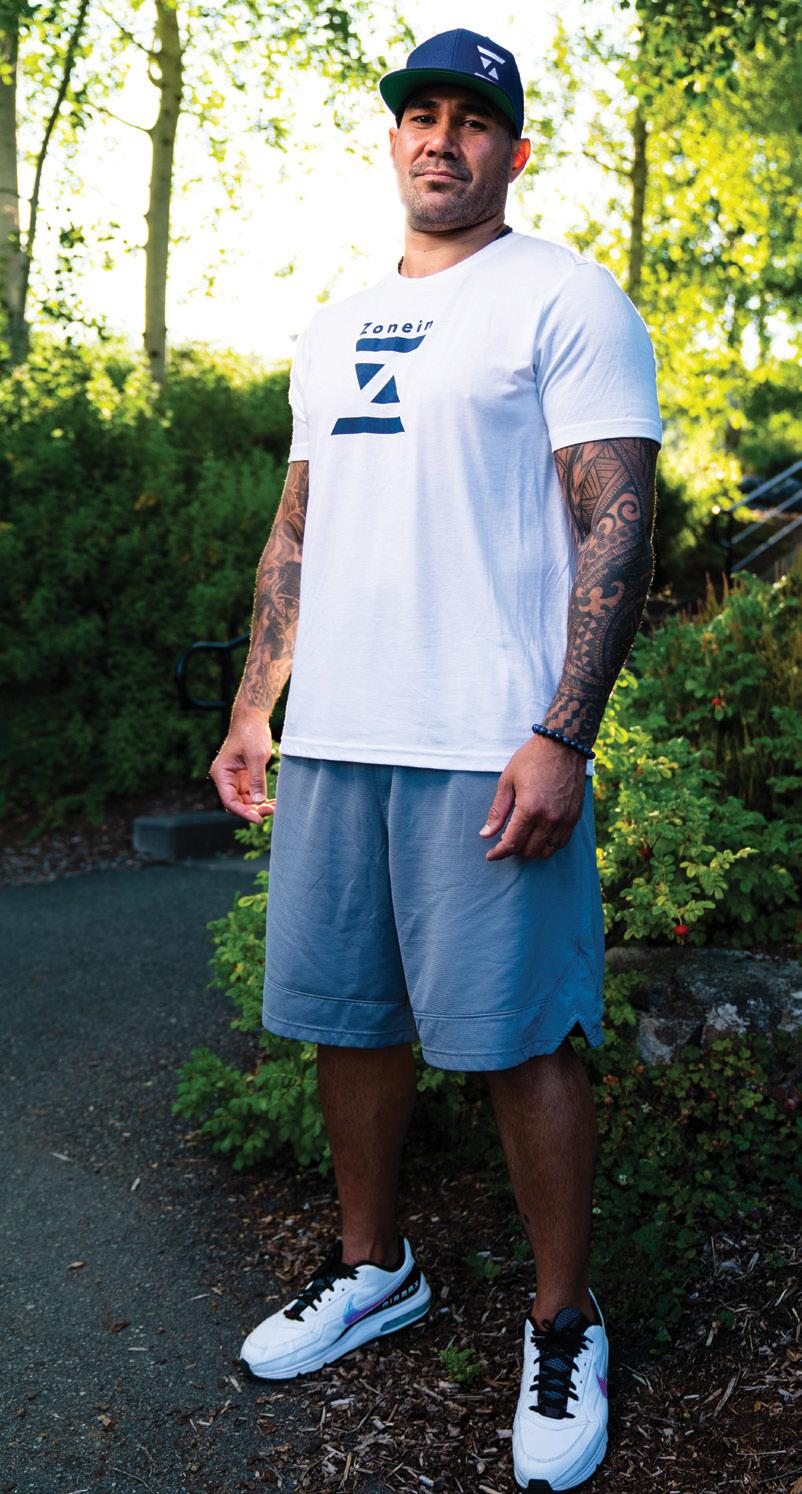
“It’s the chip on the shoulder,” Tatupu said in a recent Cannabis Tech Talks episode.
“You literally either build or break. I was always great at blocking out the noise or even just turning that into motivation to prove people wrong.”
Proving people wrong is something he has done successfully now in the cutthroat world of professional football and business. And the way empires rise and fall in the exciting, burgeoning, yet still immature cannabis industry, it’s hard to accurately say whether pro football or starting a cannabis brand takes more mental fortitude.
That may be why the toughest athletes make the best business owners in the crowded cannabis space — both fields are filled with fierce competition.
How the Former Seahawks Linebacker Found Relief and Mental Clarity in PlantBased Medicine and Why it Inspired Him to Start His Own CBD BrandPhotos Reza Malayeri/Pixel Perfect Photography
The only dry, cure and storage system that gives you total control over the post-harvest environment. Our patented Vaportrol® technology eliminates the effects of seasonal humidity and temperature swings, so you’ll produce perfect flower with higher terpenes, potency and yields. Month after month, harvest after harvest and year after year.
Only Cannatrol gives you:

Higher terpenes and cannabinoids
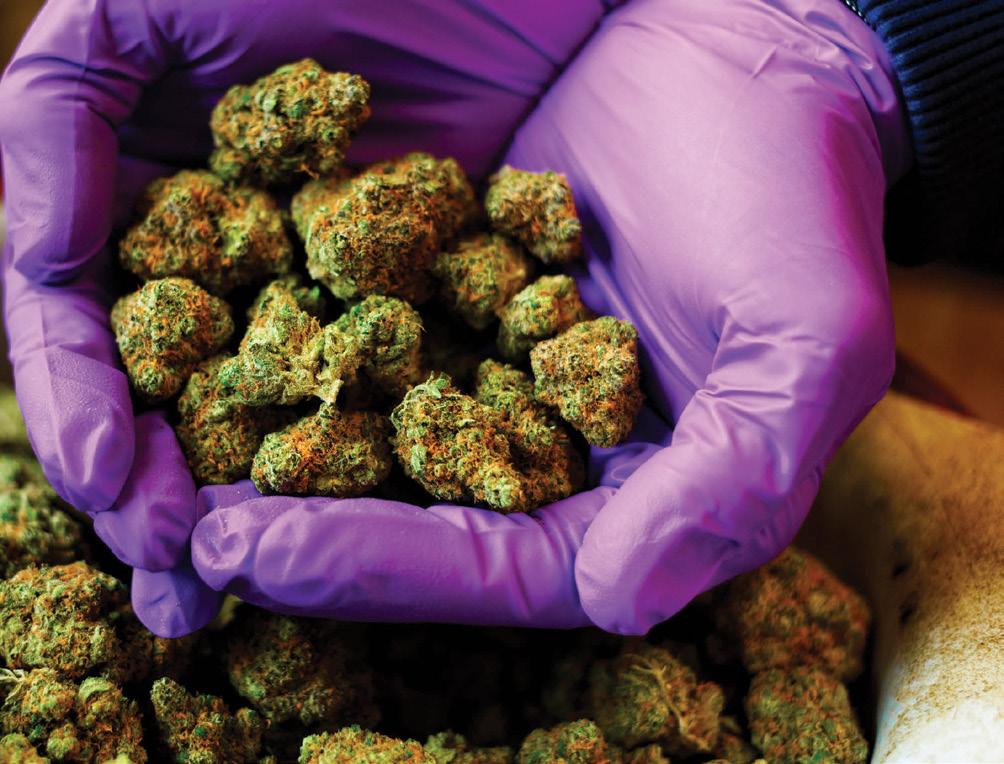
Higher yields
Fast ROI and reduced labor
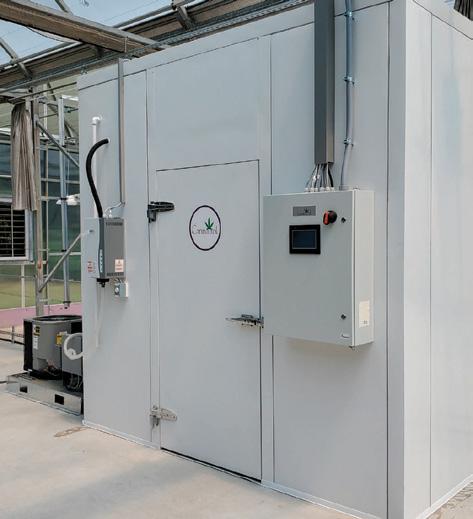
Solutions include turnkey, retrofits and new construction
Give us a call to talk about your project. 802-738-0709
Tatupu was one of the NFL’s more underrated, yet effective, linebackers in the mid-2000s. Tatupu earned three straight Pro Bowl nods from 2005-2007 and even earned an All-Pro selection in 2007.
With his exceptional eye for the ball in pass coverage, he was able to pick off passes, force fumbles, and tackle with almost clairvoyant foresight.
His exploits helped propel the Seahawks to a regular playoff team, and although he left in 2010, many analysts would argue he, along with his teammates from the era, laid the groundwork that would ultimately lead to the organization’s first Super Bowl win in 2014.
But according to Tatupu, he was not the biggest or the fastest man on the team. He attributes his career success to mental strength, passion for the game, and the team around him.
“You have to really love what you’re doing,” he said of his NFL career. “The rumblings of ‘he’s not good enough’ go away as you become somewhat successful, so what drives you then is ‘how much do I love the sport?’ It’s about how much I love my brothers that I played ball with — and being a part of something bigger than myself.”
After discovering CBD for himself, Tatupu began the journey of bringing it to the masses by starting his own cultivation facility. Several years later, in 2019, he co-founded ZoneIn, a CBD brand that offers roll-ons, tinctures, capsules, and powders.
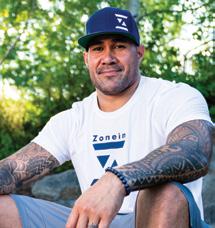
ZoneIn sets itself apart from similar brands by combining immune and energy-boosting ingredients with full-spectrum CBD and other beneficial cannabinoids. The result is a supplement ideal for athletes.
He brought the same philosophy of teamwork and collaboration that aided in his success with the Seahawks to his new company.
Bringing former teammates, fellow professional athletes, and a powerhouse team of scientific advisors and renowned business executives into the fold ensured he once again had a team he could trust to propel him and the brand to the next level.
“Team is everything,” Tatupu. said. “No one does anything great on their own. The sooner you buy into that philosophy of strength in numbers, the sooner you will see success.”
His passion for the game naturally translated to a passion for the hemp plant and CBD products when he found relief — as many current and former players have — through the antiinflammatory properties of the plant.
The landscape of recovery supplements and medications in professional sports has changed drastically in the last decade. NFL players used to be tested for cannabis and suspended for using the plant. Now, cannabis supplements are one of the first bottles stored in the gym bag. It’s a far cry from the shots, antiinflammatories, and opioids pushed by doctors and physiotherapists with reckless abandon during Tatupu’s playing years.
“It’s not even close to a cure for what you’re going through and it’s only going to make things worse as a matter of fact,” Tatupu stated regarding opioid treatment. “We have the hard data on that.”
And it’s not just the NFL making a fundamental switch in the way it treats injuries.
Major League Baseball has become the first of the four major U.S. professional sports leagues to get into the CBD game.
U.S. baseball’s top league recently announced it has formed a sponsorship agreement with Charlotte’s Web Holdings, Inc., a CBD cultivator and retailer.
MLB paved the way for the agreement in June when it officially allowed clubs to score sponsorships with CBD companies certified for sport by NSF, an organization that establishes standards for products used by athletes.
During his six-year NFL career, Tatupu suffered at least 15 concussions and underwent eight surgeries.
“When I walked away from the game, well, I crawled away from the game,” he admitted. “I mean, I literally got carried off the field.”
It wasn’t until after his last game in the NFL that Tatupu found CBD and began using it for chronic pain management.
“It’s incredible,” he said. “I wish I had CBD back then. I would have retired a couple of years ago rather than 10 years ago.
“I still had some prime years left in me. That’s what I hope to give back or show players that are coming towards the end of their career in several sports, not just the NFL. We are meant to move … Why are we going to stop?”
Along with being an effective treatment for physical ailments, Tatupu claims CBD has alleviated mental symptoms he attributes to his multiple surgeries and concussions.
“It was the mental and the emotional [difficulties] that come with it,” he said. “The torture and the trauma that set in from all those injuries. And I think that’s the power of the plant and why I’m such an advocate for it.”
“Within days of taking it, noticeable changes had occurred,” he states on ZoneIn’s website. “I gained mental clarity, moved without pain, and slept better than I had in years. My mind and body were back in sync.
“That’s why we started ZoneIn. I want everyone to feel what I experience daily.” ❖
“No one does anything great on their own. The sooner you buy into that philosophy of strength in numbers, the sooner you will see success.”
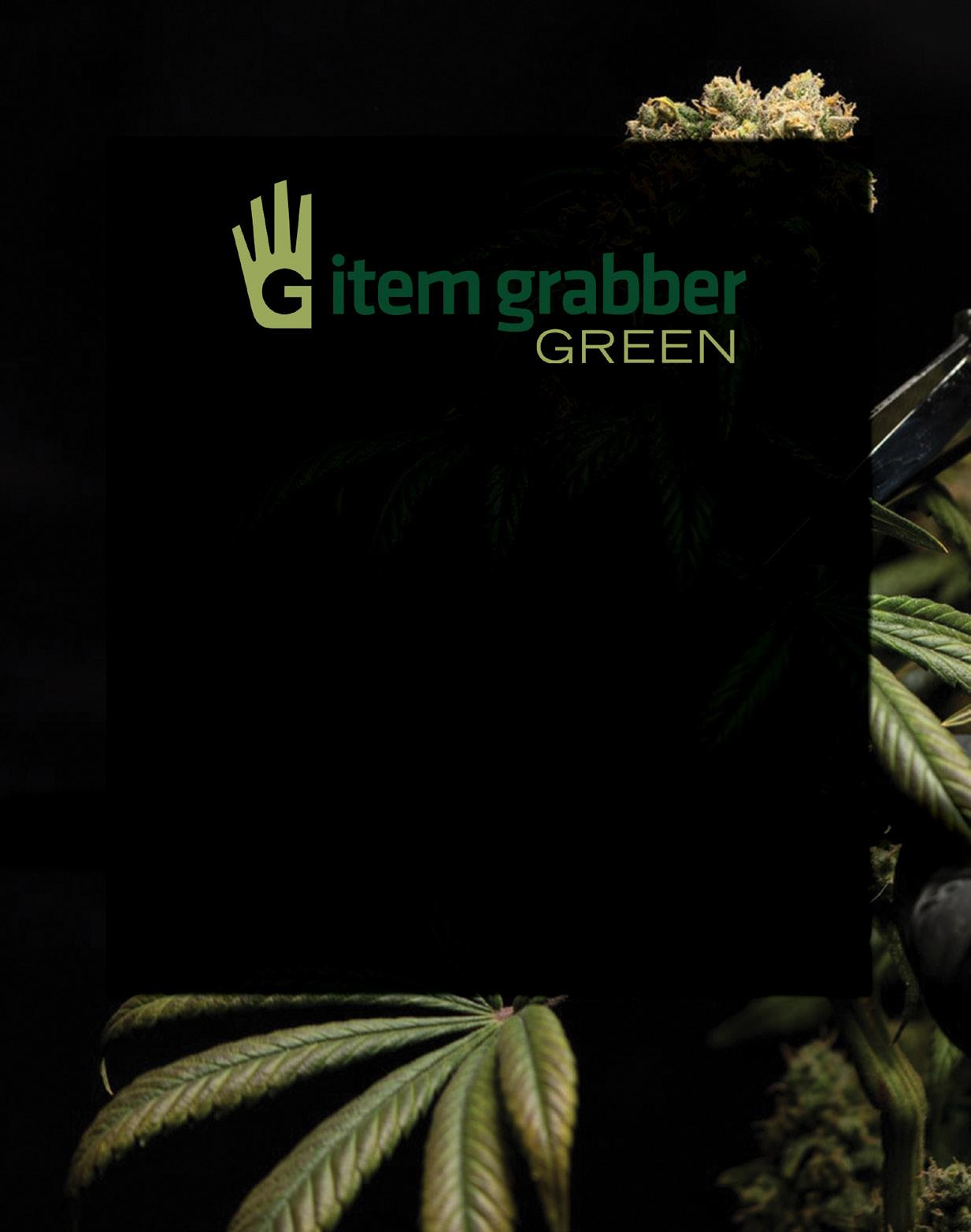


Jorel Decker greeted me shirtless and sweating. He adjusted the camera on his smartphone to fit his upper body in frame while other hotel patrons flitted behind him from one fitness machine to the next. Decker was working out in the hotel gymnasium during the first leg of Hollywood Undead’s first North American tour since the pandemic. Between bicep curls, he explained why working in the cannabis industry can be an oppressive, expensive, and sometimes shady experience.
Decker is one of the founding members of the nu-metal group Hollywood Undead. Its latest album, Hotel Kalifornia, launched in August of this year. The band formed in 2005 and in the years since only stopped touring in response to the COVID-19 crisis. Decker and bandmate George Ragan have stayed busy during the hiatus.
In addition to recording the new album, the duo launched Ramshead Cannabis in Oklahoma. The cultivation facility specializes in craft strains. Its flagship offering is a cultivar called Tokyo Snow. Decker noted, “we want the stuff that nobody has.” The company aims for a boutique vibe, curating a small selection of flower in its 12,000-square-foot facility.
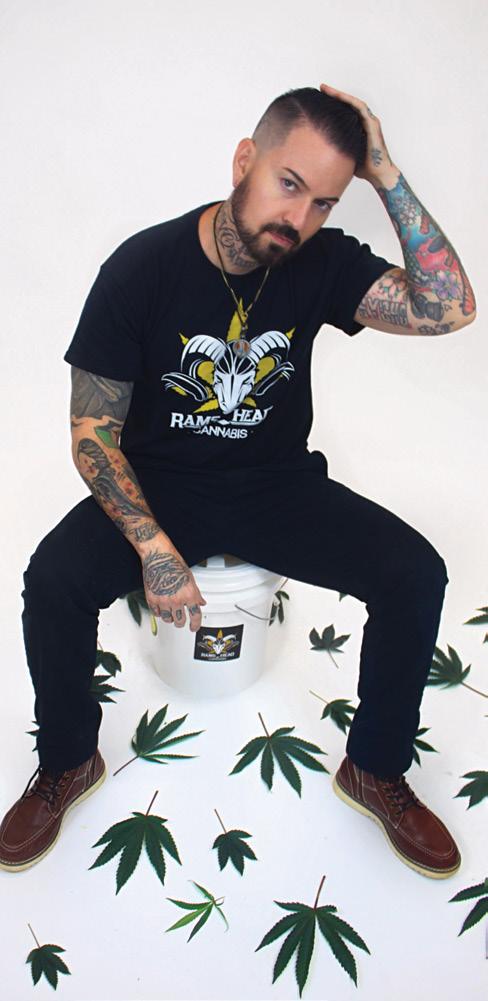
Ramshead is not Decker and Ragan’s first foray into cannabis. In 2018, they launched Dove &
Grenade in their home state of California. The grow-op ultimately failed, with Decker pointing a finger at California’s over-regulated legal marketplace. He told Cannabis & Tech Today the state’s cannabis industry is “corrupt” and “ass backward” in its approach. He detailed a landscape many California cannabis business owners are familiar with — one that’s wildly expensive and layered in bureaucracy.
“You want a cannabis license? That’s a million dollars. You want a building that’s in the green zone where you’re allowed to grow cannabis? That’s another million dollars. You want to build out your facility? That’s another million dollars. You’re looking at $3 million just to start,” bemoaned Decker.
He added that canna-business owners are excessively taxed and will “spend millions to make thousands,” without seeing a return on investment for years. Cannabis entrepreneurs in the Golden State agree. Many of the state’s top cannabis professionals wrote Governor Gavin Newsom an urgent letter late last year pleading for tax reform.
The state taxes legal cannabis at four different layers of the supply chain, enforcing a cultivation tax, a state and local excise tax, and a state and local sales tax. The cultivation tax may soon be
Progressive. Innovative. Exclusive. Health Insurance for the cannabis industry. Love 280E? Love Insurance Premiums? Of course not. Keep more of your money with NewLeaf Captive

• Level Funded Plan functions much like an insured policy with one important difference…
• While you pay a fixed monthly payment as you would with a fully insured plan, you enjoy the financial advantages of partial employer - funding because your company retains 100% of the unspent claim funds.
• Reduce turnover of quality employees by offering high level of benefits, national coverage, care directives, telemedicine and much more.
• Easy tech platform for your HR teams and your employees.
It should be easier to get better healthcare at a lower cost, and with NewLeaf it is. www.newleafcaptive.com

repealed, but it’s easy to see how the illicit market has an advantage over legal operations. The frustration Decker felt went beyond taxation. He gave a compelling example:
“Our building was down because the city said, ‘You need to put in a diaper changing table,’ and I’m like, ‘No one under 21 is allowed to enter the building. Why do we need a diaper changing table?’ So we install it and the next day we’re ready for another inspection. Six months go by. Inspector comes back. ‘Oh, you need to extend the hallway three feet.’ We break the hallway down, have it done in seven days and we’re ready. Six months go by. But you’re paying mortgage or rent on a building that’s overpriced because it’s in the green zone. So you’re paying 10 grand a month on a building you’re not allowed to use — when your friends are across the street on the black market making a hundred or 200 grand a month growing illegally. While we’re trying to do it right, we’re getting screwed, and the guys who don’t give a fuck are making money hand over fist.”
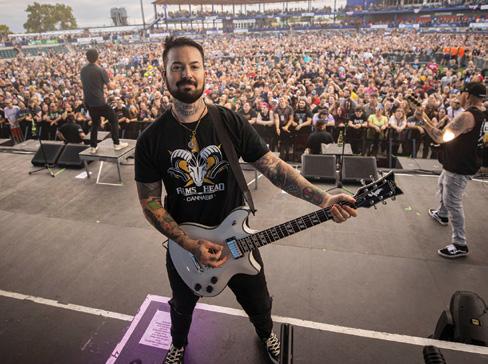
Decker and Ragan decided to move the venture to Oklahoma for a fresh start. Licenses were inexpensive and land was cheaper. Decker said while it’s been a great opportunity to launch Ramshead, it’s not a perfect solution. “The government is just still doing it wrong no matter where you are,” he lamented. He believes Oklahoma was too lax in its regulations, causing the market to become oversaturated. “There’s no canopy cap, there’s no square footage cap. So everybody started growing weed and it completely
crashed the cannabis market.” Oklahoma is now backpedaling on its Wild West ways. It placed a moratorium on new cultivation licenses on August 26, 2022.
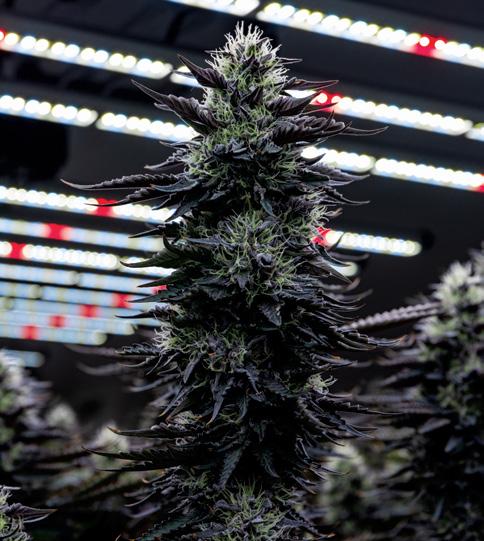
Growing in Oklahoma has been easier than in California, but there are unique challenges in a new market. Decker said finding local people with experience in cannabis cultivation has been difficult. While he estimates 90% of Ramshead’s staff are locals, they brought in a few experts from California to help with operations. He advises new growers to use caution when hiring outside talent. “Anywhere there’s money, there are snakes,” Decker cautioned. He is seeing other growers in the state hire outside consultants who charge up-front fees and often leave operators with little more knowledge than they started with.

He also sees a fair amount of staff turnover. Many of his new hires have misconceptions about the realities of being a cannabis cultivator. “There’s no such thing as easy farming. The industry seems to attract people like, ‘I thought I was going to be smoking weed on the job and chilling.’ I was like, ‘Why would I pay you to do that?’ It’s back-breaking work,” Decker noted.
It’s not all hard times, though. Decker is proud of what Ramshead creates and feels he works with “some of the best people in the industry.” He said his hope is to one day sell Ramshead nationally. He doesn’t want the brand limited by interstate cannabis commerce laws. Decker concluded, “Imagine writing a beautiful song, but only people in Oklahoma can hear it. I wish everyone could hear it.” ❖



 By Patricia Miller
By Patricia Miller
When you hear the word “survivor,” what comes to mind? Perhaps it’s the memory of a traumatic event you overcame or a hardship you endured. For some, “survivor” harkens to the reality television series of the same name, in which contestants compete for a hefty cash prize. For cancer survivor and Survivor competitor Ethan Zohn, it’s a bit of both.
In 2002, Zohn won $1,000,000 on the third season of CBS’ Survivor: Africa. It would be his first of three appearances on the series. He also participated in several other national television shows, including Fear Factor, PitchMen, and The Amazing Race. While competing for the cameras, he was fighting another battle behind the scenes. Zohn was twice diagnosed with CD20+ Hodgkin’s Lymphoma. He spent years undergoing treatment, including two stem cell transplants.
To help mitigate the symptoms of cancer treatment, Zohn turned to cannabis. He used the herb to treat pain, anxiety, nausea, and aid with sleep. Now 10 years cancer free, he uses THC and CBD products to recover from demanding workouts. Cannabis & Tech Today spoke with Zohn via videoconference to discover
what’s next in his journey of overcoming. This interview has been edited for length and clarity.
Cannabis & Tech Today: “Survivor” seems to be an ongoing theme in your life, from the TV series to your triumph over cancer. At what point in your journey were you introduced to cannabis?
Ethan Zohn: When I was 35 years old, I was diagnosed with a rare form of blood cancer called CD20+ Hodgkin’s Lymphoma. I had to go through multiple rounds of chemotherapy, radiation. I had to go through a bone marrow transplant. While I was in the shit, I struggled with some of the side effects of chemotherapy and radiation. I was taking a lot of prescribed pills just to get to bed every night. I was taking Ativan for anxiety, Percocet for pain, Lunesta for sleep, Wellbutrin for mood, and then [I would] wake up in the morning and have to rip an Adderall just to get enough energy to go to the doctor to get more blood tests. So it’s this horrible, vicious, synthetic lifestyle I was living.
So, I looked for alternative ways to make myself feel better. I knew about cannabis, and I read the benefits, mostly nausea related. I wanted to try it because it’s from
the earth, right? Nature is the world’s pharmacy. So I started using cannabis, but access to it was disheartening.
C&T Today: How were you able to source your cannabis?
EZ: No one at my hospital could tell me about it. No nurse, oncologist, social worker — they weren’t educated on cannabis and cancer, so I had to research that myself. Then I was forced to hit the streets of New York City, bald with chemo, mask, gloves, talking to a drug dealer. They sold all sorts of drugs, not just cannabis. I was worried about quality, mold, pesticides, and what they were fertilizing it with. And here I am putting this plant in my body while doing illegal activity on top of a majorly stressful situation like cancer… just to make myself feel better.
Once I got into a decent routine, I never smoked it. The doctor suggested if I were to use it to ingest it through a cookie or vaporizing, so I got into vaporizing. This is in 2009 before vape oils and before the industry took off.
At that moment, I was like, “I feel so much better. I can sleep. I can eat. I’m less stressed, and I’m a lot more fun to be around, that’s for sure.” My girlfriend at the time, my mom, and brothers said I was a lot nicer to be around. My mood was better. Everything you read about resonated with me. Most importantly, I could wean myself off some of the meds I was taking and reduce some of the dosages of others. That was my first entryway into cannabis, using it from a medical perspective, to mitigate the side effects of cancer treatments.





In 2002, Zohn won $1,000,000 on the third season of Survivor: Africa. It would be his first of three appearances on the series. While competing for the cameras, he was fighting another battle behind the scenes. Zohn was twice diagnosed with CD20+ Hodgkin’s Lymphoma. Post cancer, he started working with cannabis company Trulieve as a brand ambassador. He ran the Boston Marathon while medicating with Trulieve’s products.

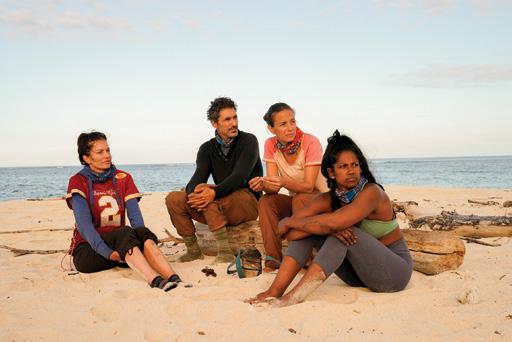
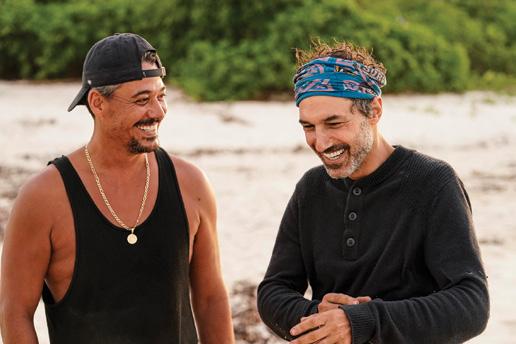
C&T Today: How has your relationship with the plant evolved since then?
EZ: Where I found the most success and the most benefit was after cancer … Post-cancer when the doctor said, “All right, Ethan. You’re in remission,” they sent me back home. Everyone disappeared, and I got bags full of [prescribed] pills. I was plagued with dump trucks full of uncertainty and invisible scars that needed healing.
I developed debilitating anxiety and fear to the point where I was just not living a life I was proud of. It was exhibiting itself in destructive ways. That’s when I got deep into CBD and cannabis and a combination of the two to help manage my mental health issues post-cancer. That’s where I am today. I’m in remission for 10 years now, and cannabis is part of my daily routine.
C&T Today: You are now a brand ambassador for Trulieve, one of the nation’s largest multi-state cannabis operators. How did that relationship start?
EZ: I wanted to help educate other folks who are in a similar situation to what I was going through, so I approached Trulieve with this idea — “Hey, what if I run the Boston Marathon while medicating on Trulieve products?” And they

were interested. So when I engaged in this new partnership as the brand ambassador for their inhouse everyday wellness brand called Momenta, it was almost like my own clinical trials.

I developed a routine where I would do a pre-, during-, and postworkout cannabis regimen. I trained with that, analyzed how it affected my body, and then I could put the master plan into place when I actually ran the Boston Marathon in April. Post race, I was using a THC-infused pain cream and an indica capsule to help calm me down a little bit. I did use it during the marathon, a low dose. I used the capsule again because I could run with it.
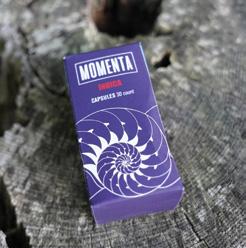
C&T Today: Did having different ingestion options help you create a more effective regimen?
EZ: A hundred percent. I mean, you nailed it. If you’re new to cannabis, and you’re looking for a way to get in, I think Momenta is a great product because [it offers] a whole host of ingestion methods. They have tinctures, RSOs, capsules, pain creams … for me, that encapsulated everything I needed in a cannabis product. A lot of people think they have to smoke it, you don’t have to smoke it. There are other incredible ways to get THC into your body. ❖






Cannabis suppositories, perhaps an unexpected consumer packaged good, are quietly creeping onto dispensary shelves across North America. The power of cannabis suppositories has never been a secret among chronically ill patients, but for the general public, vaginal and/or rectal administration has remained too taboo or embarrassing to discuss openly.
With roughly 50 million cannabis consumers in the U.S., brands feel comfortable branching out into novel product lines like cannabis suppositories. Yes, it’s partially an attempt to stand out in an oversaturated wellness market, but for many people, it also legitimately provides relief from chronic pain and improves sexual health.
Researchers tell us that many drugs are suitable for rectal or vagina administration and are often more effective when delivered this way. As one review by T.W. Herman summarized, suppositories can improve bioavailability. Further, they can avoid first-pass effects, promote absorption, offer sustained release, and target specific ailments.
Cannabis also benefits from this approach. Mahmoud A. ElSohly is a cannabis researcher and pharmacist at the Research Institute of Pharmaceutical Sciences at the University of Mississippi. He published several investigations into the pharmacokinetics and tolerability of cannabis suppositories. ElSohly’s findings highlight how this route is “well-tolerated in human volunteers, and supports a strategy to enhance systemic bioavailability and increase the duration of therapeutic plasma concentrations.”
Among medical cannabis patients, the scientific evidence only proves a point. Many patients have been repeating these assertions for years to anyone who will listen. Sarah Ratliff, a long-time medical cannabis user, writer, and advocate from Puerto Rico, is one such patient.
She initially began using medical cannabis for chronic pain following decades of Vicodin use, but then “discovered it worked amazingly on asthma, anxiety, and insomnia.” Ratliff made the leap to suppositories after reading an article about how people were using this option for relief during their periods.
Ratliff explained, “I figured if it could help for period pain, it maybe could help with my vaginal atrophy and lowered sex drive. I was and remain very happy with how much it’s helped in both areas.”
When asked if she felt embarrassed at any point, she strongly reported otherwise. “I spent years being embarrassed about going through menopause and never reaching out to anyone to ask for help. I could have saved myself time and frustration,” she said.
Even if the current number of suppository consumers is small, the enthusiastic support for this product is enough to convince some of the medical and wellness-minded brands across North America to explore suppositories as new SKUs.
California brands in particular seem to be moving in this direction; Hello Again and
Kiskanu are just two examples. Canada also has a handful of options, starting with Prairie Grass, which became the first regulated product to enter the category at the end of 2021.
Nirvana Naturals is a CBD brand launched in 2022 that is already entering the suppository niche. Sue Dhillon, one of three sisters behind the company, described their approach as “hyper-wellness-focused” with the inclusion of ayurvedic ingredients like turmeric and honey.
Dhillon and her sisters strive to create an inclusive lineup of products, providing options to customers beyond the usual edible and inhalable items currently dominating the market. Dhillon explained that suppositories are all about “allowing people a different form of administration because some people don’t want to digest CBD. They don’t like taking it orally, and others just don’t feel the impact from something topical.” Suppositories offer consumers choice, and for those who have tried this route, often a more efficacious one.

one of the most competitive spaces in cannabis. To succeed among consumers, brands need to differentiate. As a hyper-focused wellness brand, Dhillion said, “We love that it wasn’t super mainstream and everyone wasn’t doing it.”
For Nirvana Naturals, the suppository experiment seems to be playing out well. So far, the feedback has been overwhelmingly positive. Dhillon shared that many people were surprised at the level of effect a suppository could deliver, with a few customers reporting that suppositories delivered more relief with the same dose than gummies or topicals could.
truth is this is still a novel product with a learning
Samantha Dumas, SVP at Wunderworx, a full-service cannabis agency, recommends a problem-solution marketing strategy. “Suppositories are great for brands that truly want to help people get a potent and targeted solution for specific conditions,” she said.
They don’t fit into the everyday wellness product category, like CBD oils or cherryflavored gummies. Instead, suppositories are taken by medical consumers “who are very much aware of their condition, and who are really seeking a solution to their problem.”
For clients marketing novel new products like these, she advises them to identify the early adopters in the niche and do indepth research into their buyer personas. Then develop products, packaging, and branding with these trendsetters in mind. She’d even go so far as to create a separate website for this product to let it shine and to properly highlight the features.
“Kush
There have been many, many jokes made about cannabis suppositories. But all jokes aside, these products still hover at the edge of embarrassment for many consumers. While Ratliff and others may be shouting from rooftops about the benefits, the
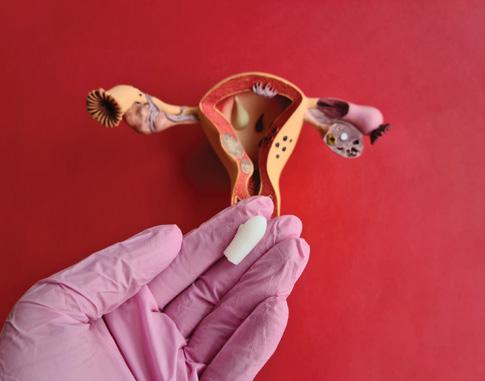


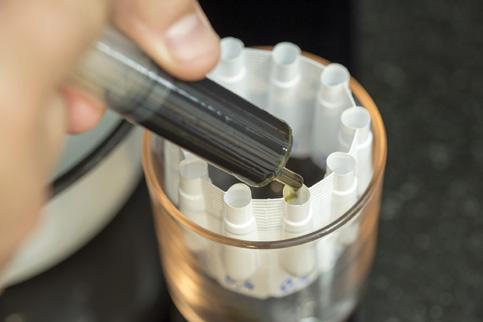
A Niche Product with Immense Potential THC- and CBD-infused suppositories will likely never reach the popularity of gummies, but they serve a very dedicated subsection of the market. With people reporting these products relieve pain, target localized inflammation, and improve sexual health, there is a substantial opportunity here among wellness-oriented cannabis brands to take advantage of a nonsaturated niche. ❖
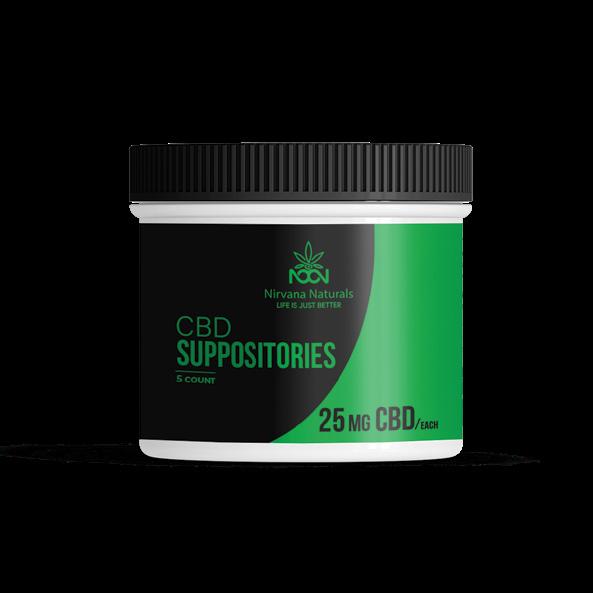
One of the most exciting aspects of covering the cannabis industry is the exponentially increasing innovation within the sector. In the medical field, studies are consistently being conducted to validate anecdotal evidence of the benefits cannabinoids offer.
Manufacturers of cannabis accessories are using AI to more precisely weigh and distribute flower, and cultivators are using novel and increasingly sustainable technologies to grow larger and more consistent yields. It is a uniquely intriguing industry with some of the greatest minds of our generation on board for the ride. Add to the pot the rollercoaster of emotion felt by business leaders and you have a lively ecosystem that offers almost infinite opportunity.
Of course, there is one sector that is conspicuously missing from the equation: the pharmaceutical industry. The complicated nature of legality surrounding cannabis has left the behemoths of the pharmaceutical world largely out in the cold. I know, queue the world’s smallest violin for America’s biggest lobbyist network.
Medical cannabis is big business, but prescribers merely allow patients to access THC and its derivatives. The FDA does not currently have federal approval to test THC-containing products, giving start-ups a considerable headstart in an economy that — for the time being — is being held up by state laws.
However, the opening of markets worldwide has allowed pharmaceutical companies to begin testing novel technologies, bringing cannabis
into the government-regulated prescription game. This, in turn, is fueling innovation in the sector.
Zelira Therapeutics Ltd is a global leader in the research, development, and commercialization of clinically validated cannabinoid medicines. The company is focused on developing branded cannabinoidbased medicines for the treatment of a variety of medical conditions, including insomnia, autism, and chronic non-cancer pain. It is also a technology platform development company working to enhance cannabinoid delivery or application.
Zelira’s research and development have yielded several products geared toward the regulated pharmaceutical markets worldwide, including Australia and Germany.. In the U.S., Zelira licenses its products through partnerships in Pennsylvania, Washington, D.C., and Louisiana.
Zelira’s latest breakthrough is a product called Zyraydi — a proprietary enhanced distillate capture and dissolution matrix (EDCDM) technology that substantially traps the distillate in a free-flow powder matrix and increases the rate of dissolution.
Distillate is a cannabis extract in which the final product has been systematically stripped of all materials and compounds except one specific cannabinoid.
The most common forms of distillate on the market are THC oil and cannabidiol (CBD) oil.
There are different lanes in the cannabis market. Some patients prefer to use only flower, whereas others look for tinctures, gummies, concentrates, or powders. Zelira wants to provide an option for patients that is consistent, validated, and comes in a traditional pill or capsule form.
Many patients shy away from the use of cannabis as a viable medication due to its somewhat mi xed reputation. Think hippies sprawled out on a grass lawn at a Phish concert.
Until now, powders and capsules have been unreliable, lacking the same bioavailability as other ingestion methods.



• One-stop-shop for cannabis cultivation from germination to drying
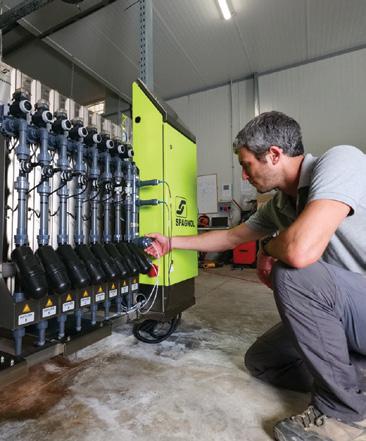
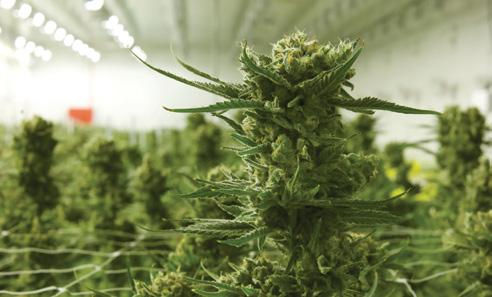
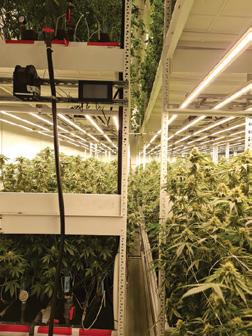

• Solutions for maximizing profitability and delivering top quality crops in CEA through technology automation and field proven knowhow
• Patent-pending IP portfolio
• Boosting topline: maximum product value per sq. ft
•Technology and knowhow for consistently higher yields per plant/sq.ft
•Highest standard commercial-grade product

• Improving bottom-line:
•Automation reducing labor dependency & cost
•A holistic solution that controls and manages all growing factors
• Complying with highest standards including GMP, EU-GMP, Global GAP
• Ongoing customization for continually smooth scale-up without disrupting ongoing operations
• Eco friendly cultivation eliminating pesticides, minimizing fertilizers
Grow-tec is your partner for maximizing CEA profitability, quality, and ROIZelira uses extracted cannabinoids to formulate medicines that target needs in many therapeutic areas through a traditional pharmacetical drug development path. Drugs are validated clinically and as regulation allows, are moved through clinical programs.
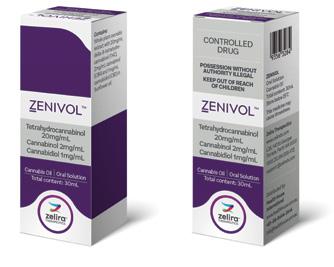
The ingredient matrix in Zyraydi achieves three things:
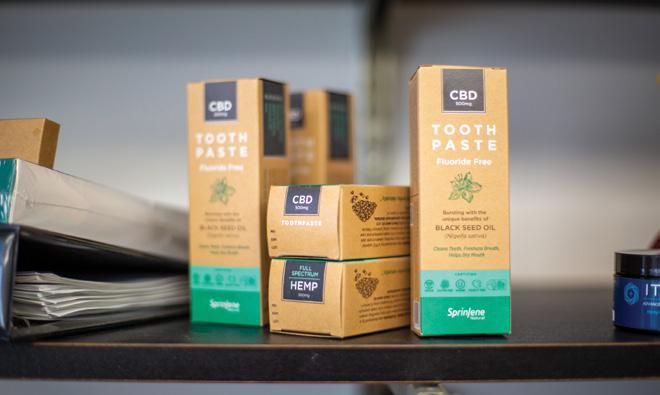
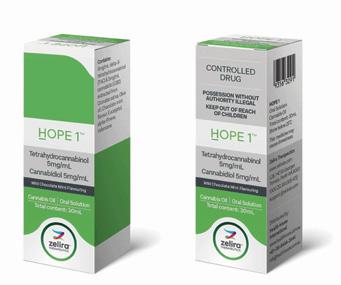
As a cannabinoid capture technology, it allows producers to take the honey-like extract and create a consistent free-flow powder that does not separate.
It is 100% pharmaceutical grade, meaning it is 100% consistent.
It enhances the dissolution of cannabinoids. Cannabinoids are inherently difficult to isolate. The traditional way of separating cannabinoids from flower is by binding it to a lipid such as butter or oil. Zyraydi is a novel technology that increases dissolution of cannabinoids in biorelevant fed and fasted states.
“I believe that what we have with cannabinoids and cannabinoid-based pharmacology, is that it gives us access to a natural compound with the longest documented history of safety and efficacy among natural compounds at any point in time,” said Zelira CEO Oludare Odumosu. “With that, we already have half a drug.”
the regulatory and clinical validations that other medicines in that space have gone through.
According to Odumosu, the cannabis medical space will only evolve or be taken seriously when solid oral dosage forms the pharmaceutical industry recognizes can be made; a format that patients and prescribers recognize.
“The reason cannabinoids are captured in a tincture of another liquid suspension right now is that that is the most efficient format,” said Odumosu. “But when we can now translate that to solid oral dosage forms such as capsules and tablets and be pharma-grade then we are one step closer to approaching regulatory bodies such as the FDA.”
“I believe that what we have with cannabinoids and cannabinoid-based pharmacology, is that it gives us access to a natural compound with the longest documented history of safety and efficacy among natural compounds at any point in time,” Zelira CEO Oludare Odumosu said.
The question is, because cannabis and the cannabinoid safety profile have stood the test of time, how does it translate to a pharmaceuticalgrade drug?
“Whatever the traditional rigors of clinical validation are, when you make a cannabinoidbased medicine, it must be able to stand and walk through those doors,” Odumosu said.

Drugs developed for diabetic neuropathy, insomnia, autism spectrum disorder, or any specific indication, must be able to go through
President Biden recently announced he will pardon federal simple cannabis possession charges and convictions and called on governors to follow his example. The historic move could signal a shift in Congress toward federal legalization. If and when that happens, according to Odumosu, Zelira is situated perfectly to advance its portfolio of cannabinoid drugs through the regulatory process.
Local start-ups have had time during prohibition to upscale to multi-state operators, but the time may soon be approaching when the pharmaceutical industry comes into play on a national level. Zelira is poised and ready for that eventuality. ❖

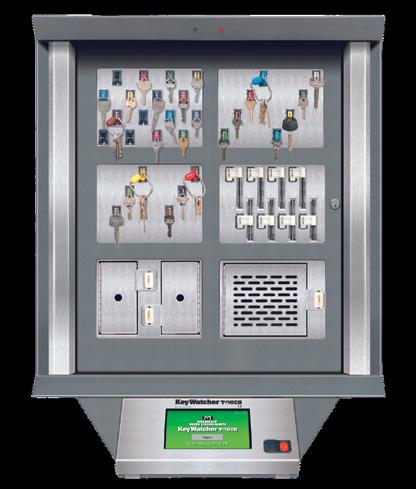
I n t h e f a s t g r o w i n g c a n n a b i s i n d u s t r y , i t ' s i m p o r t a n t t o s t a y o n t o p o f c h a n g i n g s e c u r i t y r e q u i r e m e n t s a n d r e g u l a t i o n s .



E l e c t r o n i c k e y c o n t r o l i s a n i n t e g r a l p a r t o f a s e c u r i t y p l a n , f r o m t h e c u l t i v a t i o n c e n t e r t o t h e d i s p e n s a r y .
m o r s e w a t c h m a n s . c o m
Manufacturers in the rapidly growing cannabis gummy, confection, lozenge, beverage, and edible categories have long struggled with consistency and bioavailability issues. However, the latest scientific research and pharmacokinetic testing data have demonstrated that high-quality nanoemulsions may be the key to providing consumers with faster, more efficacious, and consistent uptake of key ingredients, particularly hard-to-absorb, fatsoluble cannabinoids.
The pharmaceutical industry knows quite well that key ingredients and medications are a waste if the body can’t absorb them. Likewise, manufacturers of cannabis or THC products should seriously consider why they are taking the time, effort, and money to make a great
edible or drinkable product if the key ingredient is in a format that the body cannot readily absorb. High-quality nanoemulsions can solve that problem and give consumers a consistent experience. They also allow for better dose control, which decreases the variability in effect and onset/offset times.
In a market where it is difficult to differentiate one brand from another, the superior performance and uptake offered by a highquality nanoemulsion allow manufacturers to stand out. Additionally, the use of nanoemulsions can equate to less money spent on pricey ingredients due to improved bioavailability and potency.


The “Science of Small” — What is a Nanoemulsion?
Cannabis is a highly variable, natural product that requires refining. When manufacturers attempt to incorporate it into food or beverage products, which require specific controls, the challenges can be numerous.
The bioavailability and onset of nanoemulsions are much better, in large part because it simply takes longer for the body to break down and absorb bigger fat droplets. Only when the droplets are sufficiently tiny can they be metabolized and absorbed properly. A 20-nanometer droplet vs. a 120-nanometer droplet means presenting the body with something that is much more digestible.
There are three main benefits of using nanoemulsions. The first is stability. Highquality nanoemulsions provide a very robust
and stable environment for cannabinoid oil droplets, making it highly unlikely that the cannabinoid will find something else in the food matrix that it’s happier attaching to.
The second is dispersibility. Stable emulsions are more readily dispersible into a food matrix and offer a very high level of consistency. For example, if a manufacturing facility has a beverage tank and the manufacturer needs to ensure that the active ingredients get completely dispersed throughout the tank, a high-quality nanoemulsion can be uniformly and readily dispersed from top to bottom and side to side.
The third is physical stability. As long as the manufacturer does a great job of producing a robust system that will survive the processing (e.g. cooking, pasteurization) the nanoemulsion droplets will be so stable in their macroenvironment and their micro-environment that when they’re dispersed into a food matrix, they will stay in that conformation.
High-quality nanoemulsions can greatly improve consistency and bioavailability compared to traditional formats, but how can a manufacturer know if they’ve found a highquality nanoemulsion?
A simple and cost-effective way to recognize a high-quality nanoemulsion is to visually assess clarity, color, and consistency. Well-made nanoemulsions should be clear or nearly clear. The reason for this is that the bigger the lipid particles are, the more the visible light is scattered, resulting in a more opaque or milky appearance. This is the same phenomenon that causes milk to be opaque. Milk contains large fat droplets, meaning that when light hits it, it scatters in all colors and all directions, and the milk appears white.

A high-quality nanoemulsion with very small particles — about 20 nanometers — will be clear on a visual inspection because it will not be scattering visible light; rather, it scatters ultraviolet light. In this way, a visual inspection can offer a low-tech, easy method of identifying if a nanoemulsion is high-quality. As the mean diameter of the particle size goes down and gets smaller, clarity and stability will go up.
The second way to test the quality of a nanoemulsion is to put it in a centrifuge and spin it, subjecting the liquid to very high gravity. Large droplets have a density difference due to the liquid surrounding them and, as a result, tend to separate. Correspondingly, a darker layer may appear on the top or bottom of the emulsion, depending on the density. A highquality nanoemulsion will demonstrate no change after being spun in a centrifuge.
The third method of testing the quality of a nanoemulsion is via laser scattering particle size analysis. This type of scientific analysis involves shining a light into the sample and requires a lab. A high-end analytical tool like laser scattering lab testing will provide much more information by probing the sample with light to determine what kind of environment the droplets are in and, more specifically, their size. Once the nanoemulsions dissolve into a food matrix (be it a gummy, lozenge, or confection), it’s possible to use light scattering particle analysis to confirm the nanoemulsions were 20 nanometers when they went in and remained 20 nanometers in the finished product.
We’ve established that nanoemulsions can make very stable, consistent products, but what about measuring their performance?
Putting cannabinoids and terpenes into edibles is a tricky business. The best way to measure performance is through human uptake studies, in which people consume the product and have their blood drawn over time.

The blood is then put into a quadrupole mass spectrometer to measure the nanograms or nanomolar concentration of cannabinoids in their blood. It’s a very objective method of determining whether or not a product is doing what it claims to do.
Another performance measurement option is Caco-2 GI permeability assays, wherein a layer of cells separates two liquids, and the test measures how fast the materials migrate from one liquid to the other. They are great, but they’re also relative because they can only indicate that product X is better than product Y and can’t specifically show how long the update takes and what happens after. So, the preferred testing method is to use a blood draw.
Overall, pharmacokinetic testing data has demonstrated that high-quality nanoemulsions offer excellent uptake, faster effects, and more
efficient bioavailability, all of which can provide manufacturers with a real advantage and a
strong point of differentiation in a competitive marketplace.
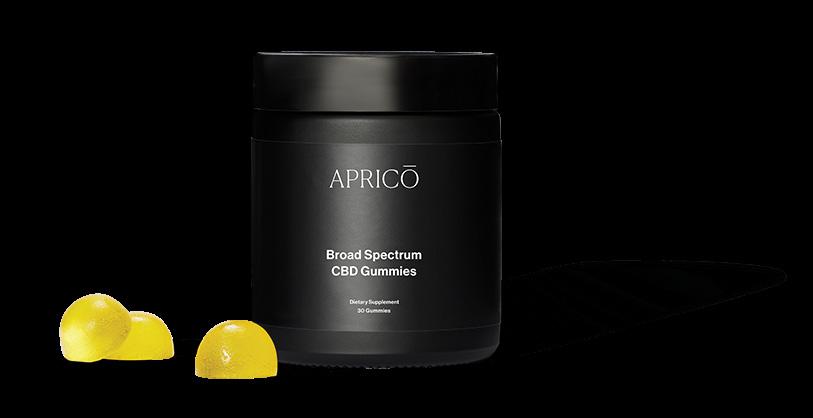
Each of those factors also helps ensure products will deliver a more rewarding and consistent consumer experience, in turn encouraging repeat purchases. Cannabis product manufacturers should not underestimate the value of providing consumers with a consistent product experience where the consumer can trust the expected outcome and have the desired result, time after time. ❖
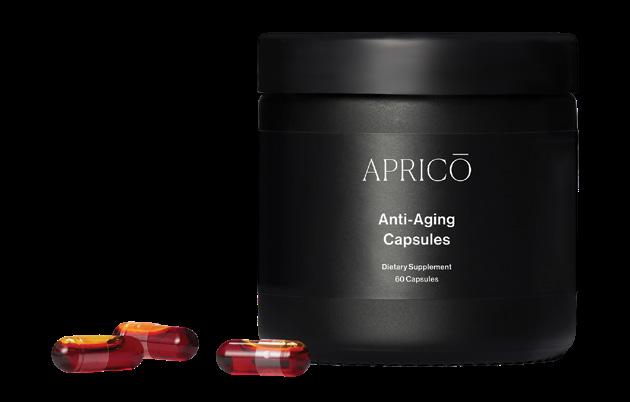



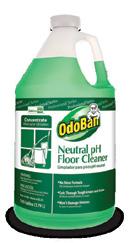

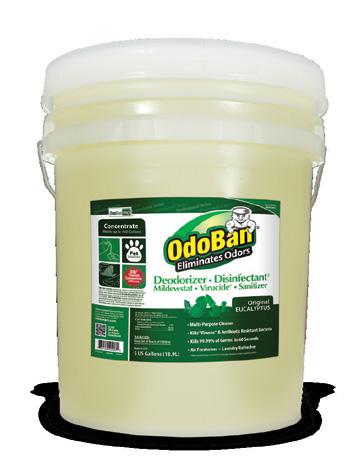
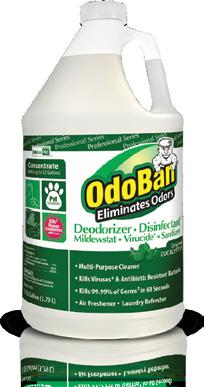
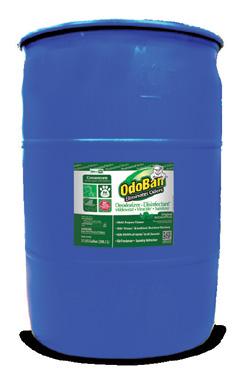
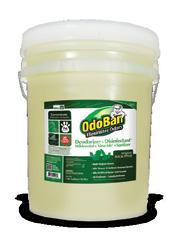










Mary Jones 100mg Cannabis-Infused Sodas — Jones Soda spent the last 25 years perfecting the flavors in its signature beverages. Now, it’s offering the same top-selling sodas with a THC twist. In a new product launch, Jones is upping the potency of its 10mg drinks to a shareable 100mg size. The upgraded 16 Oz cans are child-resistant and resealable so consumers can up their intake or share a splash with a friend. Mary Jones 100mg sodas are available in Root Beer, Berry Lemonade, Green Apple, and Orange & Cream throughout California. $20
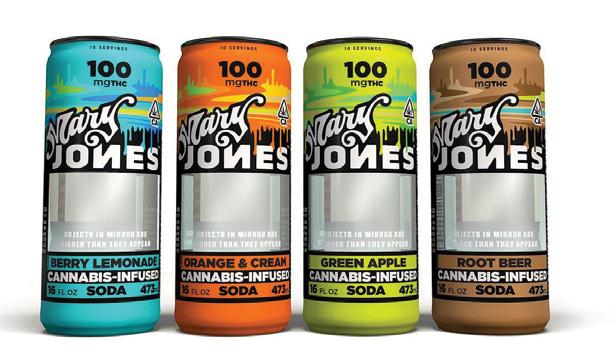
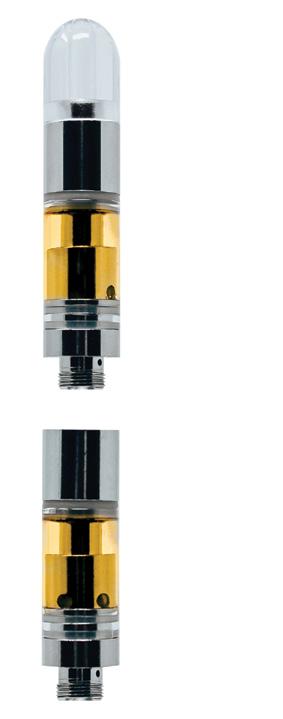
ExStax — In an industry-first, these stackable cartridges allow users to blend more than one vape into a single hit. Personalize your vape with this innovative mix-and-match system. Its medical-grade components are compatible with .510 cartridges and batteries. Find yours in various sizes and decide for yourself if Banana Berry Kush pairs well with Skittles OG — the taste sensation is yours to create! Find a retailer at ExStax.com.

Hello Again Period — When that painful monthly visitor says “Hello,” again, you can say “Goodbye,” just as quickly with these all-natural suppositories. Reproductive systems have a high concentration of cannabinoid receptors, making this unique application especially efficacious in treating pain and inflammation. Each suppository contains 10mg of THC and 20mg of CBD combined with natural botanicals to target period pain at its source. Available in California. $50
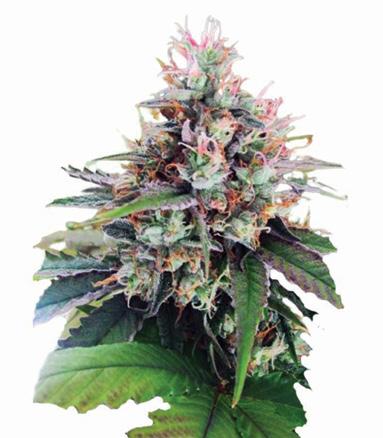
Rocket Seeds CBD God — Geneticists paired Harlequin Bx4 and BC God Bud to create a unique medicinal strain. This indica-leaning strain boasts 16% CBD with just 4% THC to create an optimal medical blend. Indoor or outdoor growers will appreciate its medium-size and short flowering period. 10-seed packs are available through RocketSeeds.com. $120
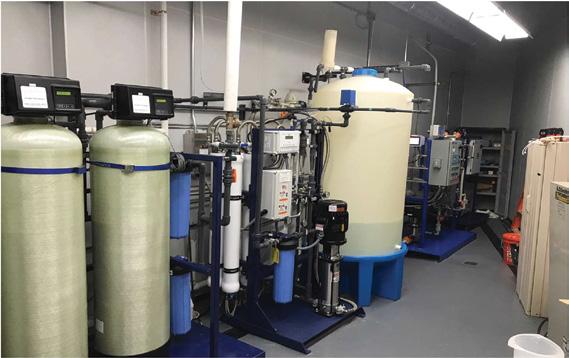
— Water quality varies from location to location, and water variety will have different effects on your crop. That is why it is so important that your water source is clean and pure. Surna Cultivation Technologies’ water treatment options include filtration, storage, reverse osmosis, condensate reclamation, and more. Visit www.surna.com to get started with a free water analysis.
Hemp Nuts — Looking for an uplifting trail snack packed with healthy fats and antiinflammatory goodness? Hemp Nuts offer 12 grams of protein and 100mg of full spectrum CBD in every bag. These CBD-coated peanuts are available in four craveable flavors: Cajun, Ranch, Sweet, or Salted. Did you know CBD absorbs best when paired with a soluble fat like peanuts? Find yours nationwide at Sprouts retailers or HempNutCBD.com. $7

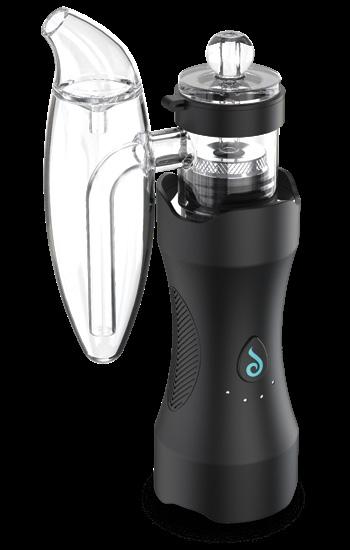
Portable Vaporizer — The latest innovation from Dr. Dabber comes in the form of a 4-inch eRig. Its compact design is ideal for the “onthe-go” concentrate dabber. Load up the atomizer with your preferred wax or budder and enjoy a smooth hit thanks to a splash-free water filtration system. Precise temperature settings combine with an intuitive design to ensure each puff is smoother than the last. $175
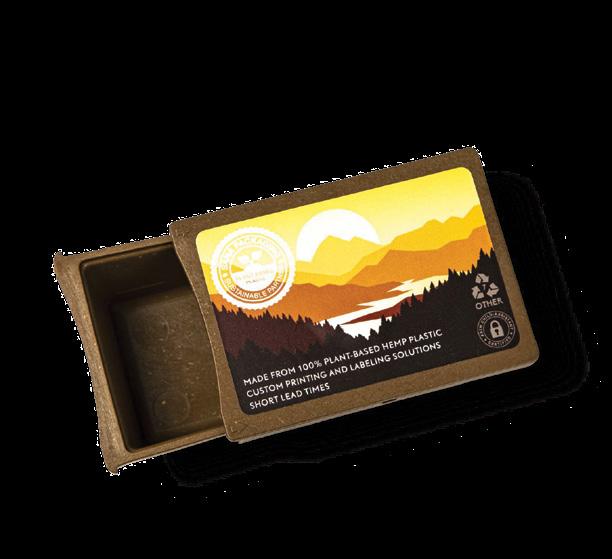


— CRATIV Fresh Seal products are designed to maintain product integrity with a single-layer freshness seal while offering lightweight and durable protection for your products. Available in six different sizes, CRATIV Fresh Seal products are perfect for pre-roll, edible, vapor, and flower packaging. Proudly manufactured in North America, utilizing only earth-friendly materials, CRATIV Fresh Seal products offer a truly distinct solution for your packaging needs. Visit crativpackaging.com for pricing.
Spectrum King LED Clone King 20W — Don’t sit on your hands while you wait for clones to take root. With the Clone King, growers can cut root time in half compared to T8 and traditional LED spectrums. Third-party testing showed root time went from 10 days to just five thanks to a custom 12K spectrum that generates blue-rich photons. The 4’ bar is the first LED designed specifically for clones. Learn more at SpectrumKingLED.com.
Sana Hemp Container — Tell the world what you’re passionate about with Sana’s 100% plant-based, chemical-free hemp containers. These child-resistant boxes offer tons of room for branding and compliance labeling while staying stackable and storable. Impact hearts and minds instead of the environment when you pack this recyclable box with flower, vape cartridges, or edibles. The lid doubles as a rolling tray; how convenient is that? Pricing is available at SanaPackaging.com.
Hey NYC, I love you. I love the people, the food, and the culture. I love New York. I want to make that clear.
If I didn’t love you I wouldn’t be telling you this. New York, you need to calm the hell down.
A lot has happened since my last trip to the Big Apple. Covid, LaGuardia is no longer gross, and oh yeah — right in the middle of the pandemic, on Mar. 31, 2021, New York became the 15th state to legalize cannabis. Cool.
Like most things in New York, it’s “go big or go home,” and the cannabiz is everywhere in Manhattan, or more to the point, the smell is everywhere.
The streets of New York used to waft with the smell of urine, body odor, garbage, and whatever that smell that rises up from the subway is called. For lack of a better term, we will call it Giuliani, a mix of rot, decaying animals, and shame.
Now all of it is replaced by people blazing up … everywhere. The governor’s budget estimated that New York will generate more than $1.25 billion in marijuana revenue over the next six years, which will make watching the U.S Men’s Soccer team being embarrassed in the World Cup

much less painful. But it also means New York has a lot of weed-maturation to do over the next few years. It’s new, it’s exciting, it’s fun! It used to be taboo and now you can talk about it at school pick-up, isn’t it cool?
Yes, we love cannabis … It’s kind of implied in our name. That being said, New York is acting like that friend in college who invited their younger sibling to stay with them for a weekend only to watch them completely lose their minds as they imbibed everything they could get their hands on, like Slimer from Ghostbusters, eating, puking, and generally making a fool of themselves, while simultaneously YOLOing and making everyone around them glad not to have siblings.
Weed! Yes, my brother, it’s a new world. Let’s blaze up in Times Square under the sign that says “Times Square is For Families.”
Let’s blaze up in Central Park, Broadway, at the library, outside the airport, at the MET, the Upper West Side, and MOMA. We are free, so let’s hit that sweet stuff anywhere and everywhere we want — because we can.
New York, you’re behaving like you’re New Jersey. Come on,
you’re better than that. It’s not a total free for all. According to New York Code AGM, Agriculture & Markets Article 26, Animals subsection 379: it is illegal to sell cat or dog hair, but puffing one out in front of a group of school kids from Kansas, “Hey, that’s my right.”
On December 5, 1933, alcohol prohibition ended in America and the city that never sleeps has been toasting that moment non-stop ever since, mostly inside. While alcohol is legal, it’s not all that socially acceptable to stagger around drunk, leaning into people’s faces belching beer, and generally acting, well again, like you’re from Jersey.
As far as right now, the laws state, “if you can smoke tobacco there, you could smoke marijuana there,” as state Sen. Liz Krueger, one of the Marijuana Regulation and Taxation Act’s sponsors, told the New York Times shortly after the bill passed on March 31.

But should you light up a fatty anywhere you please? That’s a different conversation. “There are countless things that are technically legal to do in public. But just because something is legal doesn’t mean you should be overtly obnoxious about it simply because you can,” Erik Altieri said, executive director of the National Organization for the Reform of Marijuana Laws (NORML).
The anti-smoking laws ban cigarette use at bus stops, in parks, schools, and workplaces. Anyone caught smoking cannabis in these places in New York risks a $25
fine, or roughly a cup of coffee and a sandwich (put it on my tab bro).
“Shoving it down people’s throats is not the move,” explained cannabis journalist and culture expert Lindsay MaHarry, laying out the general ethos. “You need to have decorum when you do it. Have respect for the people around you.”
Decorum and NYC? Hmmm. Sure, that’s what they show in the movies. It is possible, but right now it’s more like Gatsby but instead of cool dresses and tuxedos, it’s streets lined with people of all shapes, sizes, and economic levels plopping down on a promenade and firing up some Purple Urkel while letting it all hang out.
An article published in The Journal of the American Medical Association found no increase in cannabis use among the general population or among previous users after their states legalized marijuana. So, it’s the people who have been and continue to enjoy Captain Jack that are making it weird for everyone else. In other words, it’s the people who should know better.
Here’s what I know about New York: it can take an idea and make it into something great. It’s a place where change and culture resonate to the rest of the world. The eyes of the world are on you, New York. This is your time to show the rest of the states how great legalized cannabis culture can be. It’s up to you New York, Neeeew Yooooooork. ❖
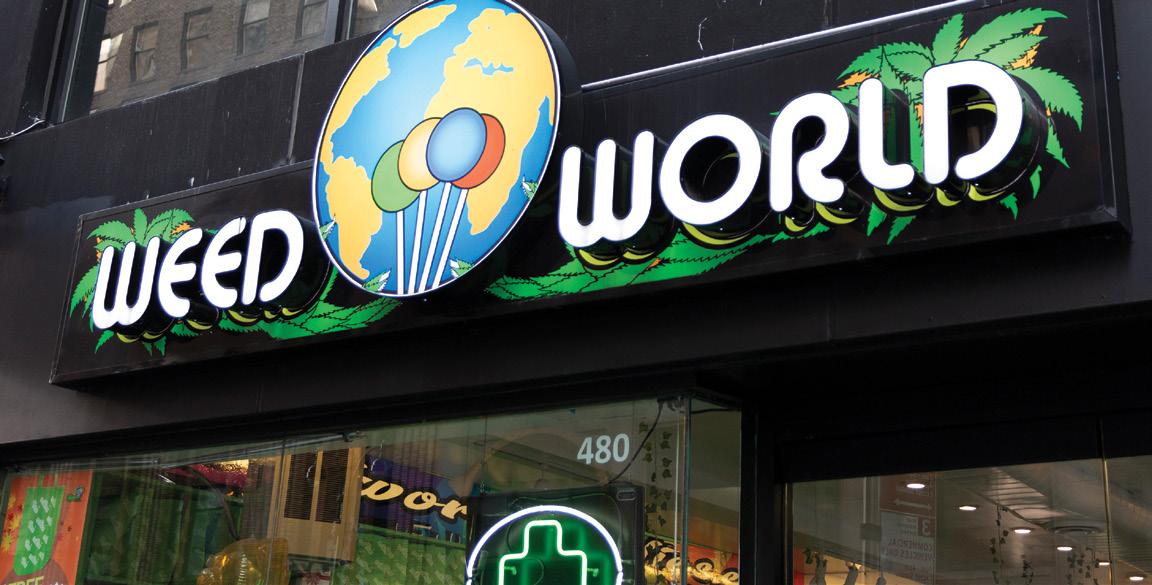
Can’t wait for the next cannabis event? Scan now to discover what’s happening worldwide with the Cannabis & Tech Today Events Calendar.

The Cannabis & Tech Today year-end issue is a special opportunity to highlight the people and companies at the leading edge of cannabis technology. From Innovator of the Year to the Top 20 Most Innovative Products, we’re covering the concepts, gadgetry, and businesses defying the status quo.

Health and wellness is the cornerstone of legal cannabis legislation. Many enjoy the herb recreationally, but its medical applications are where most people find its true value. Volume 4 Issue 4 will take a closer look at emerging cannabinoid research to shine a light on the next frontier of medical science.
Can cannabis affect your libido? Researchers are working to find out how cannabis impacts our sex drive and why certain cannabinoids may be more seductive than others. Explore the science, products, and formulations looking to light your fire in this issue’s focus on sexual wellness.
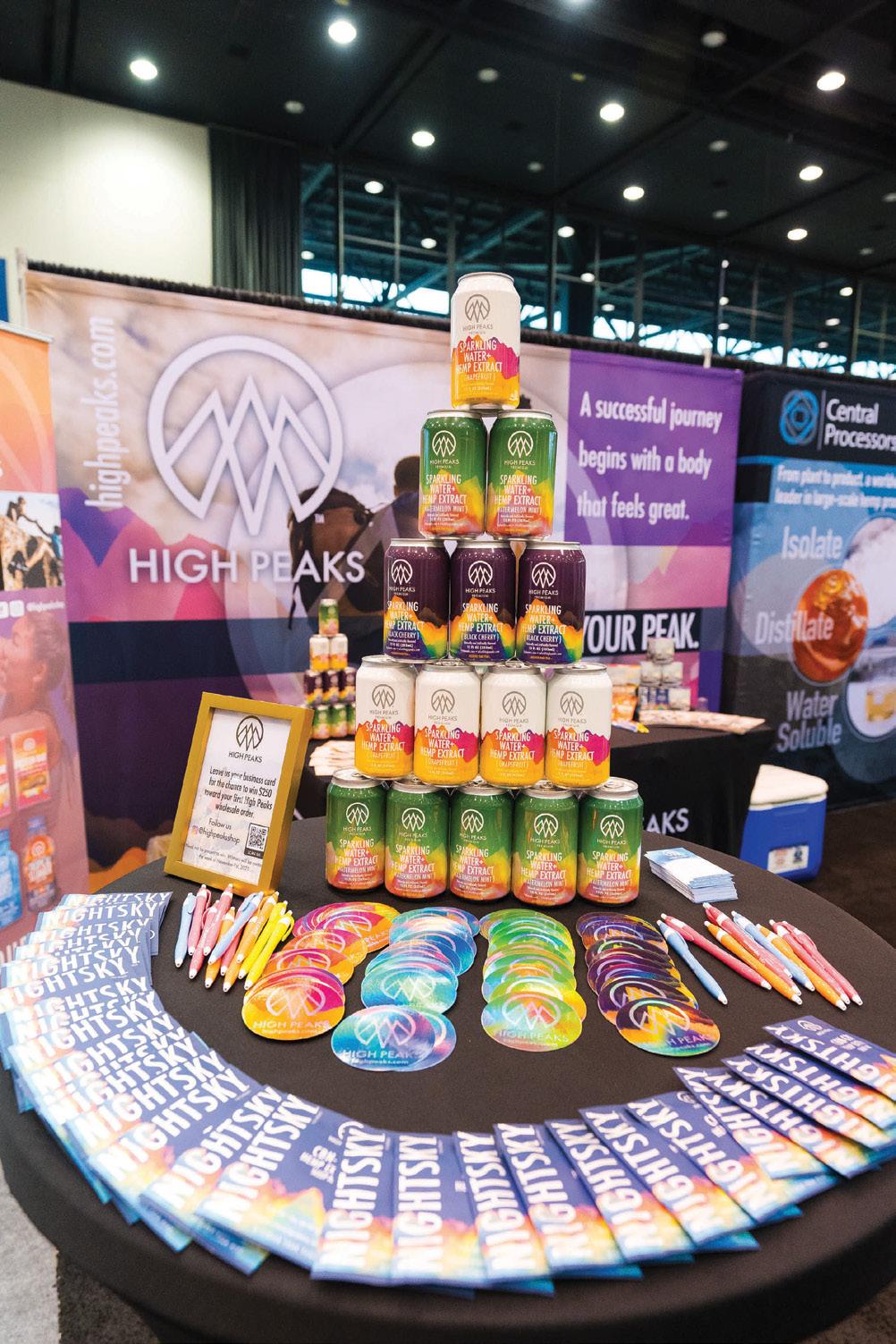
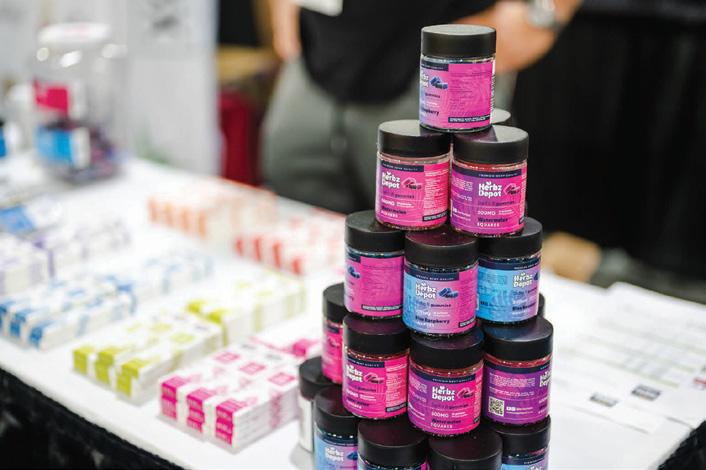
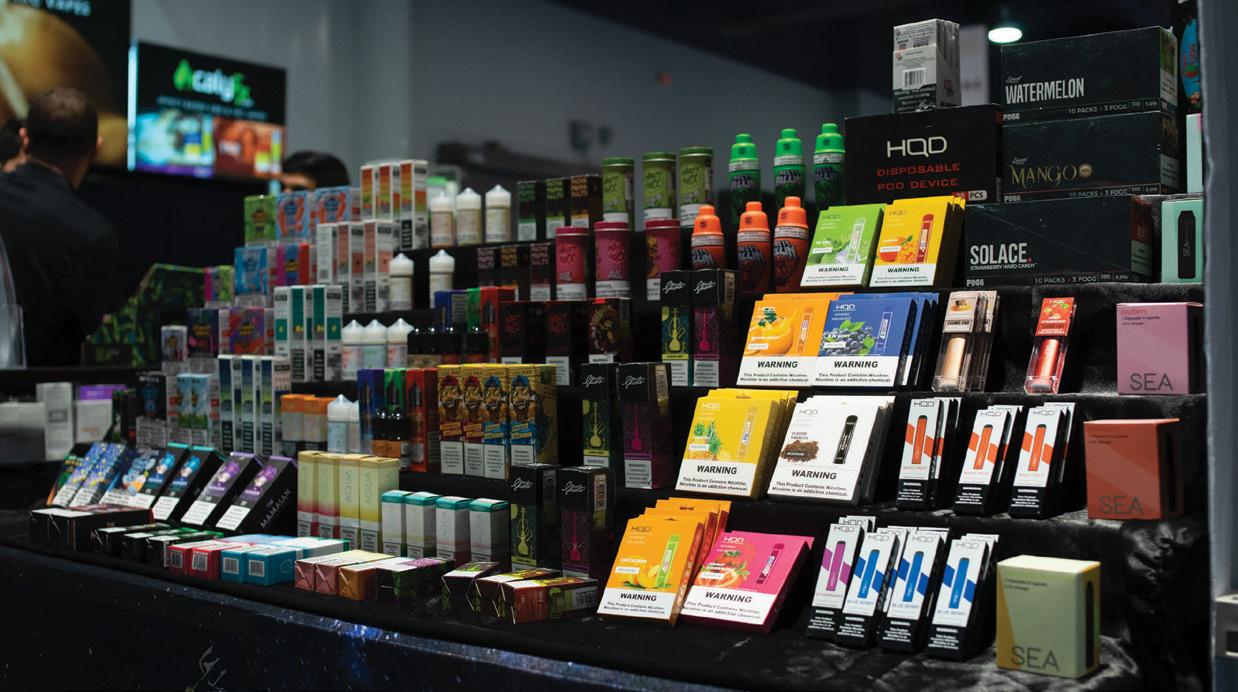


A few months ago, I enjoyed a fabulous cocktail at a pop-up in Vegas. It was a Spicy Rose Paloma, and it was sensational — and beautiful. Edible glitter made this dream drink just stunning, and fun. Edible glitter is made from sugar and cornstarch — harmless and firey. Do try this at home. A little smoke, a little spice, and a tart and sweet finish that almost made me drink too much!
Upon my return, I set out to make a cannabis infused version. It offers most of the same great flavors, a different path to my kind of place. I’ve infused the drink with 5mg of THC distillate. That’s 2.5mg THC per drink, but you can use the infusion method you prefer. Keep the potency low, unless you know you are a highpotency person. When it comes to cannabis, and alcohol, less is more. Don’t go overboard, it’s no fun at all.
Serves 2
What You’ll Need:
• 2 tablespoons granulated sugar
• Edible glitter, any colors (divide)
• 1 tablespoon honey or agave
• 1/2 cup pink grapefruit juice
• 2 tablespoons fresh lime juice
• 1 tablespoon rose syrup
• 2 dashes smoky bitters
• 1 tablespoon honey or agave
• 5 mg THC, your preferred method
• Pinch cayenne
• 4 ounces grapefruit soda, cold
Directions:
1. Combine the sugar with your choice of glitter. Drizzle the honey on a small plate. Run the rim of the glasses in the sweetener, then run the rim through the glitter.
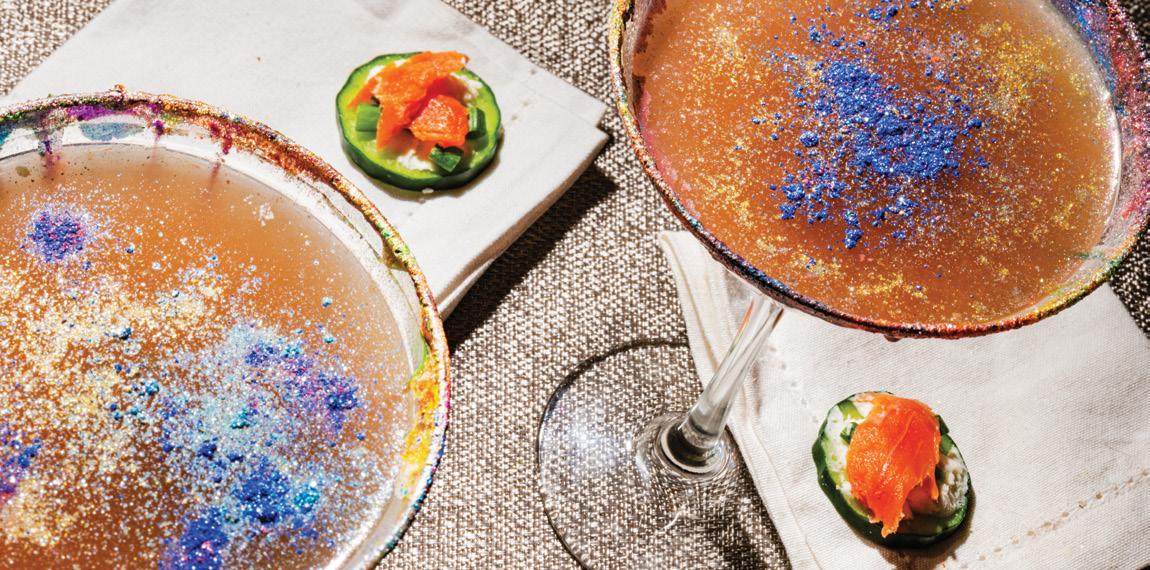
2. In a mixing glass, combine the juices, syrup, bitters, one tablespoon honey or agave, distillate, and a pinch of cayenne. Chill for 1 hour.
3. When you are ready to pour, add the grapefruit soda, stir, sprinkle with glitter, and enjoy. So pretty.
Serves 4, 3 canapés per person
What You’ll Need:
• 1 small cucumber, ends removed, sliced into 12, 1/4 inch slices
• 1/4 cup cream cheese, softened
• 2 teaspoons canna-butter, 10mg THC, softened
• Pinch of salt
• 2 scallions, thinly sliced
• 1/4 lb. smoked salmon, cut in small pieces
• 1/2 lemon, optional, but recommended
Directions:
1. Slice the cucumber and arrange on a serving plate
2. In a small bowl, combine the cream cheese, canna-butter, and salt.
3. Spread the cream cheese mixture on each of the cucumber slices
4. Sprinkle with the scallions, top with the salmon
5. If desired, squeeze the lemon juice over the salmon
Laurie Wolf is the author of such cannabis cookbooks as Marijuana Edibles, HERB, The Medical Marijuana Dispensary, and Cooking with Cannabis. Her recipes have been featured in High Times, Dope Magazine, Culture, and more. She is also the founder of Laurie + MaryJane, an edible company offering everything from almond truffle bites to vegan chocolate cookies. And remember, #Don’tFeartheEdible and #eatyourcannabis
